Create illustrations of evocative nature using the feather and immersion ink, focusing on traditional entering techniques and observation drawing
Unlock the magic of ink illustration with a diverse range of creative courses led by talented instructors Philip Harris, Sveta Dorosheva, Fujiko Rose, Eva Redamonti, Luke Adam Hawker, and Dan Hogman. Explore the art of dip pen and ink to capture the intricate beauty of the natural world. Delve into the enchanting realm of fairy-tale illustration, where cultural nuances and magical settings come to life. Discover the fusion of traditional and modern techniques to craft contemporary botanical illustrations that balance detail and abstraction.
Dive into the surreal with dreamlike compositions that blend multiple perspectives and inking techniques. Uncover the secrets of architectural drawing, from crafting metropolitan cityscapes filled with dynamic city life to mastering urban street scenes through observational techniques. Each course offers a unique approach to ink illustration, encouraging creativity and honing your skills in capturing the essence of various subjects. Whether you’re drawn to nature, fantasy, or urban landscapes, this specialization invites you to explore and expand your artistic horizons with expert guidance.
What will you learn in this specialization?

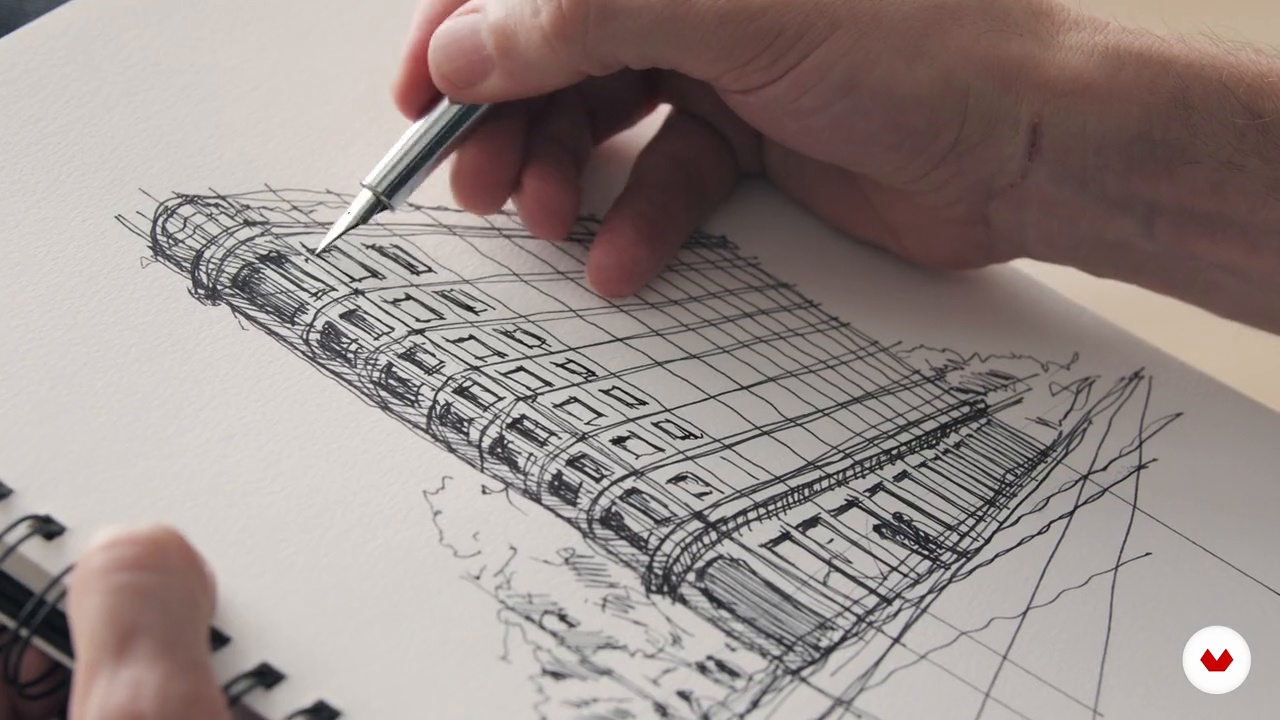
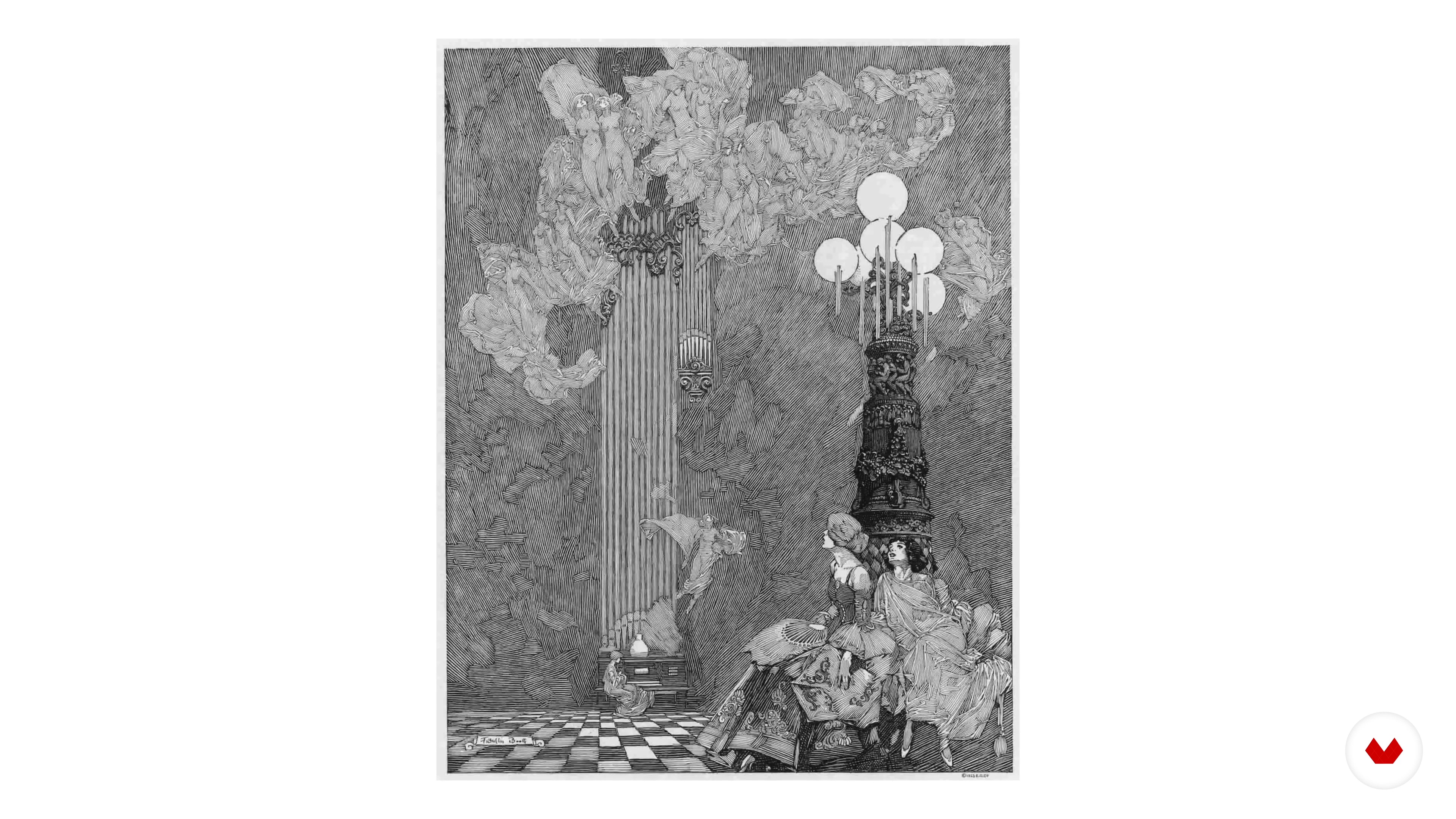
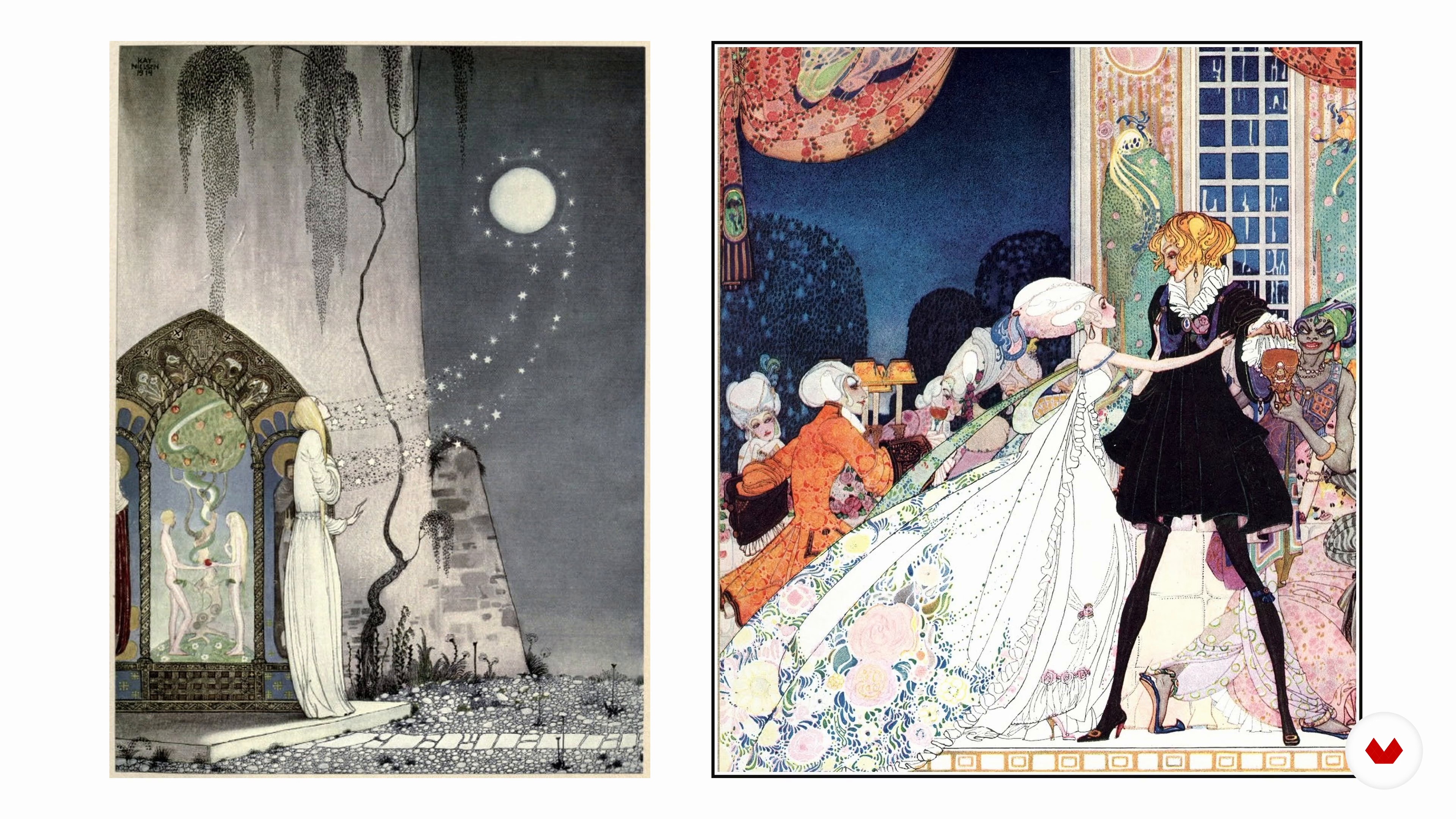
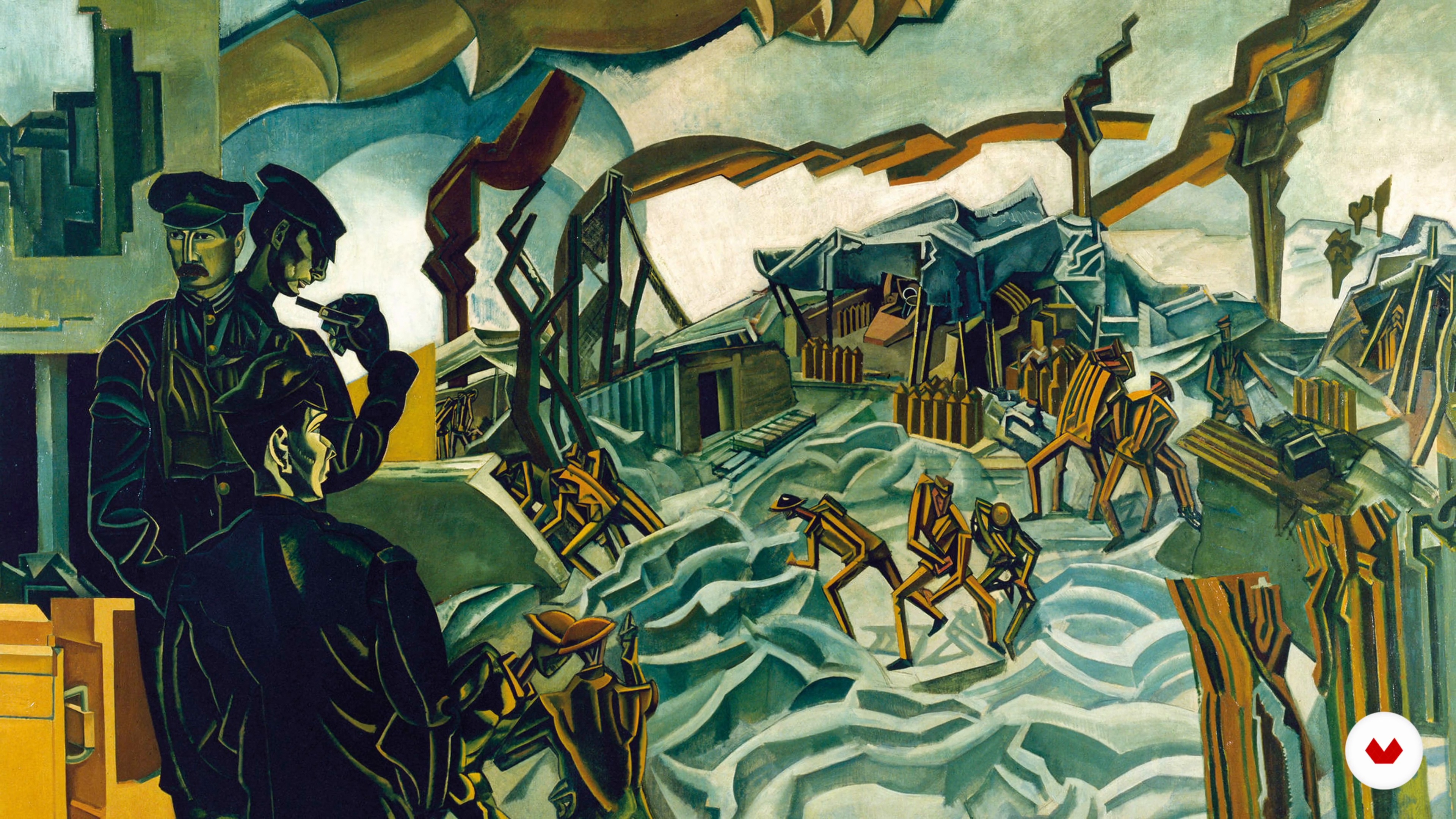
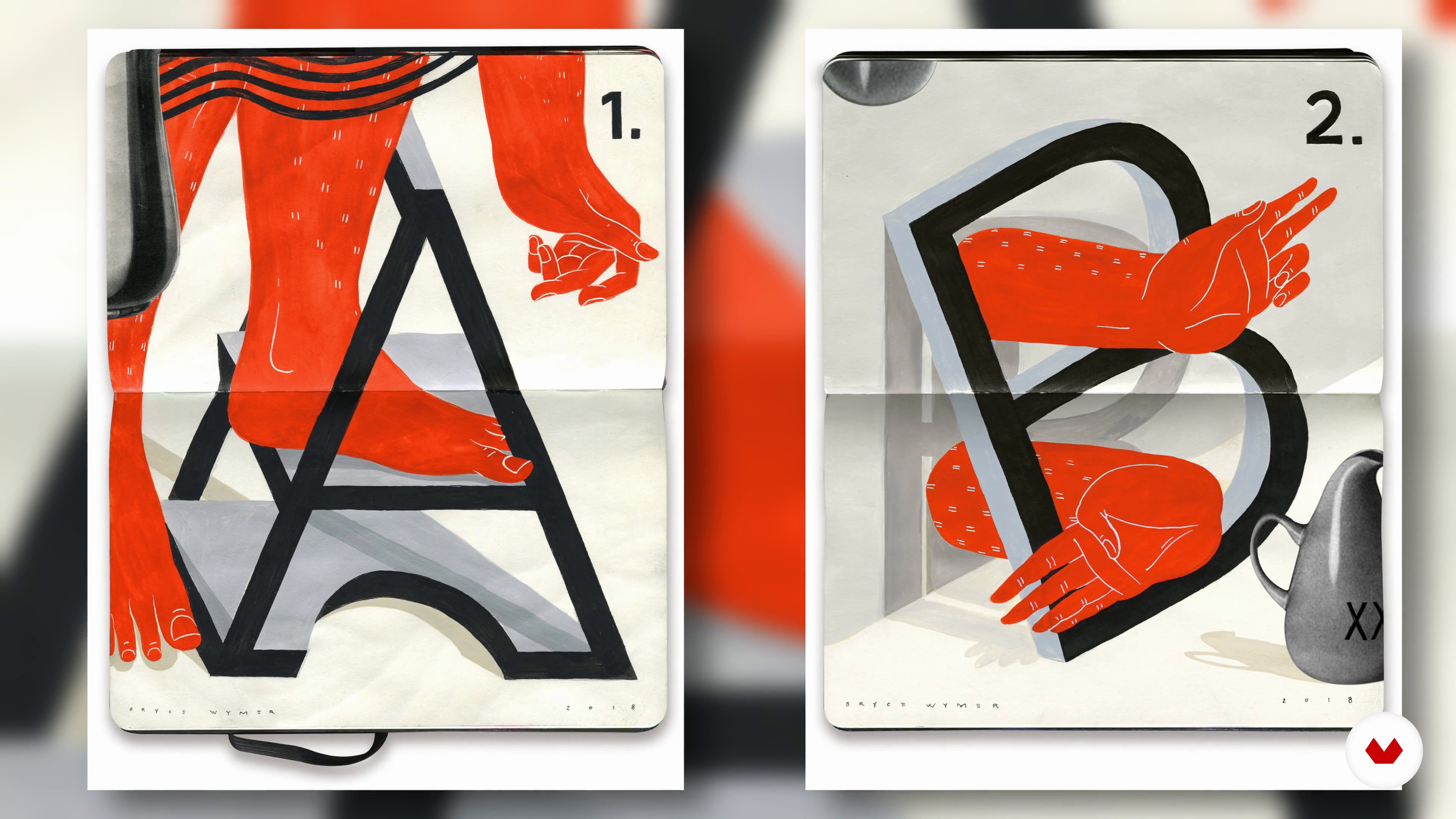
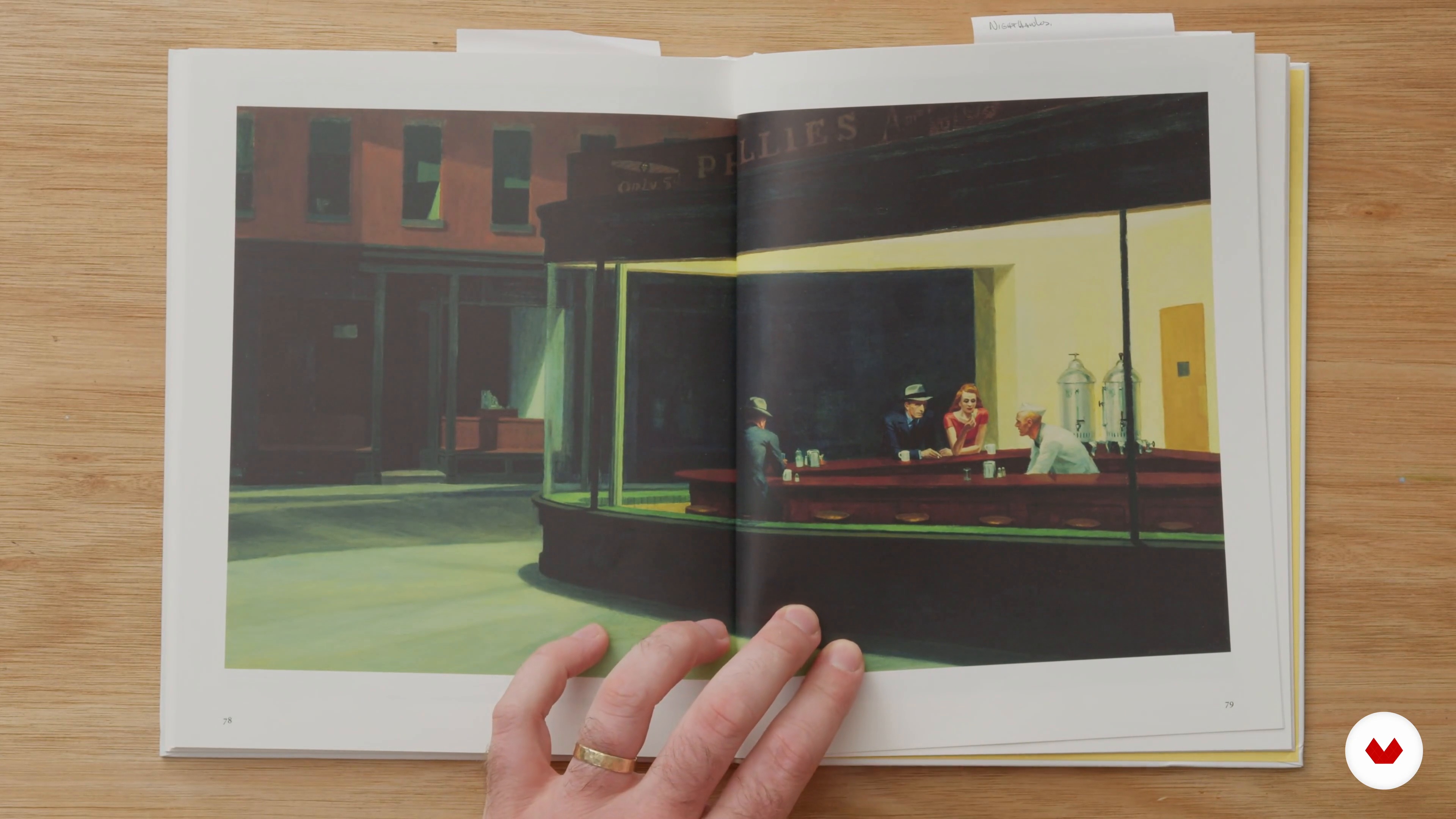
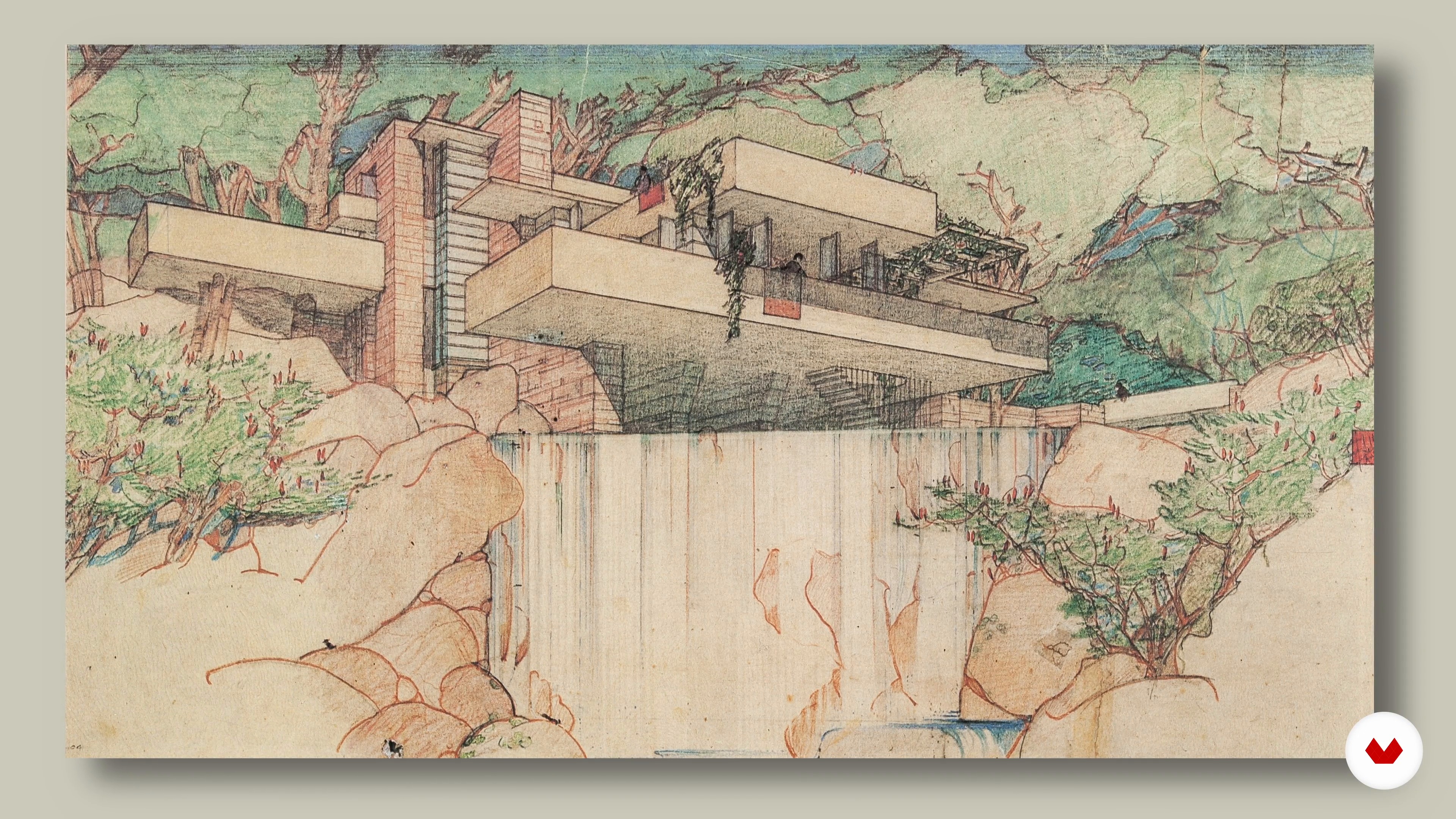

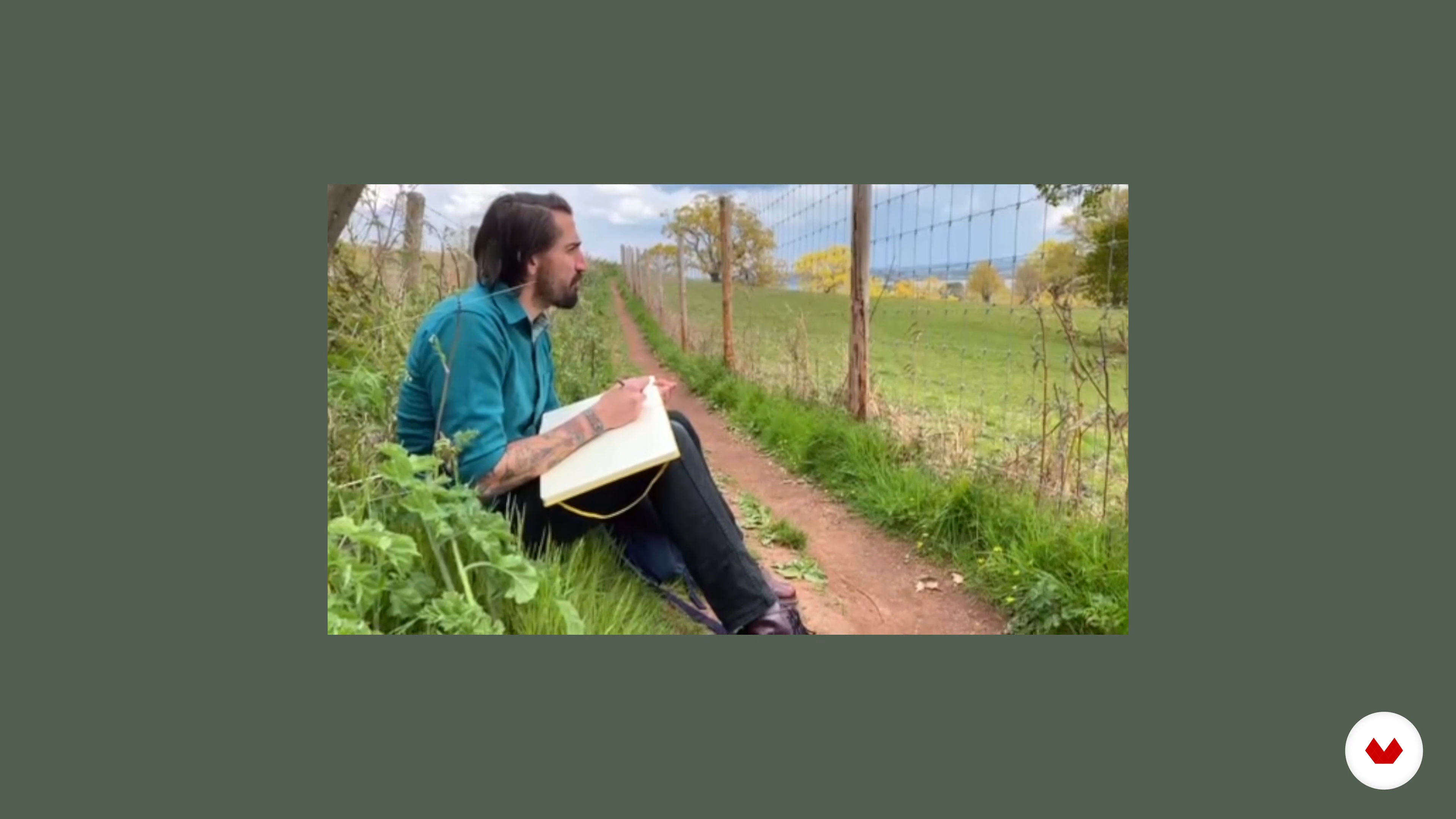

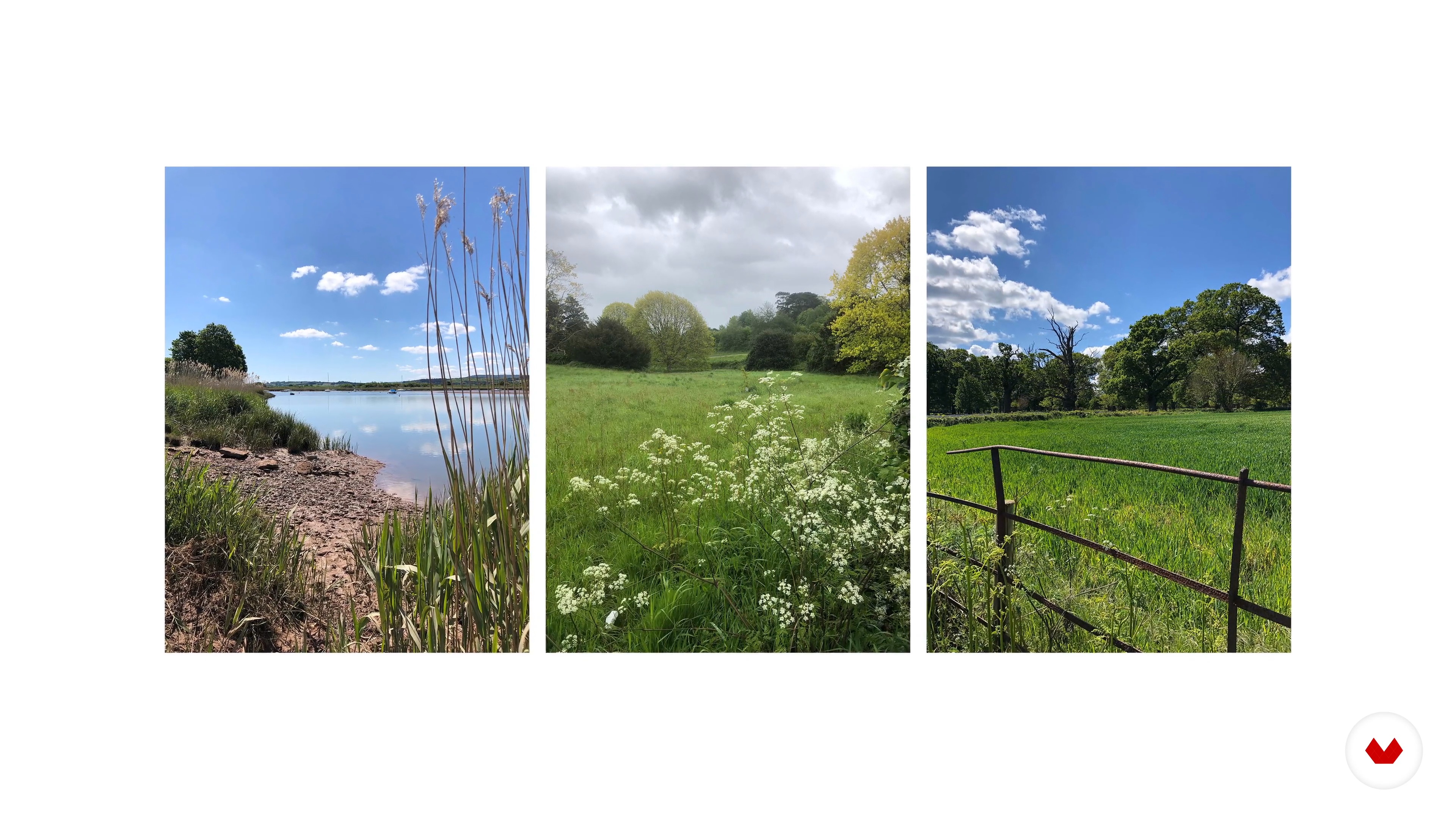
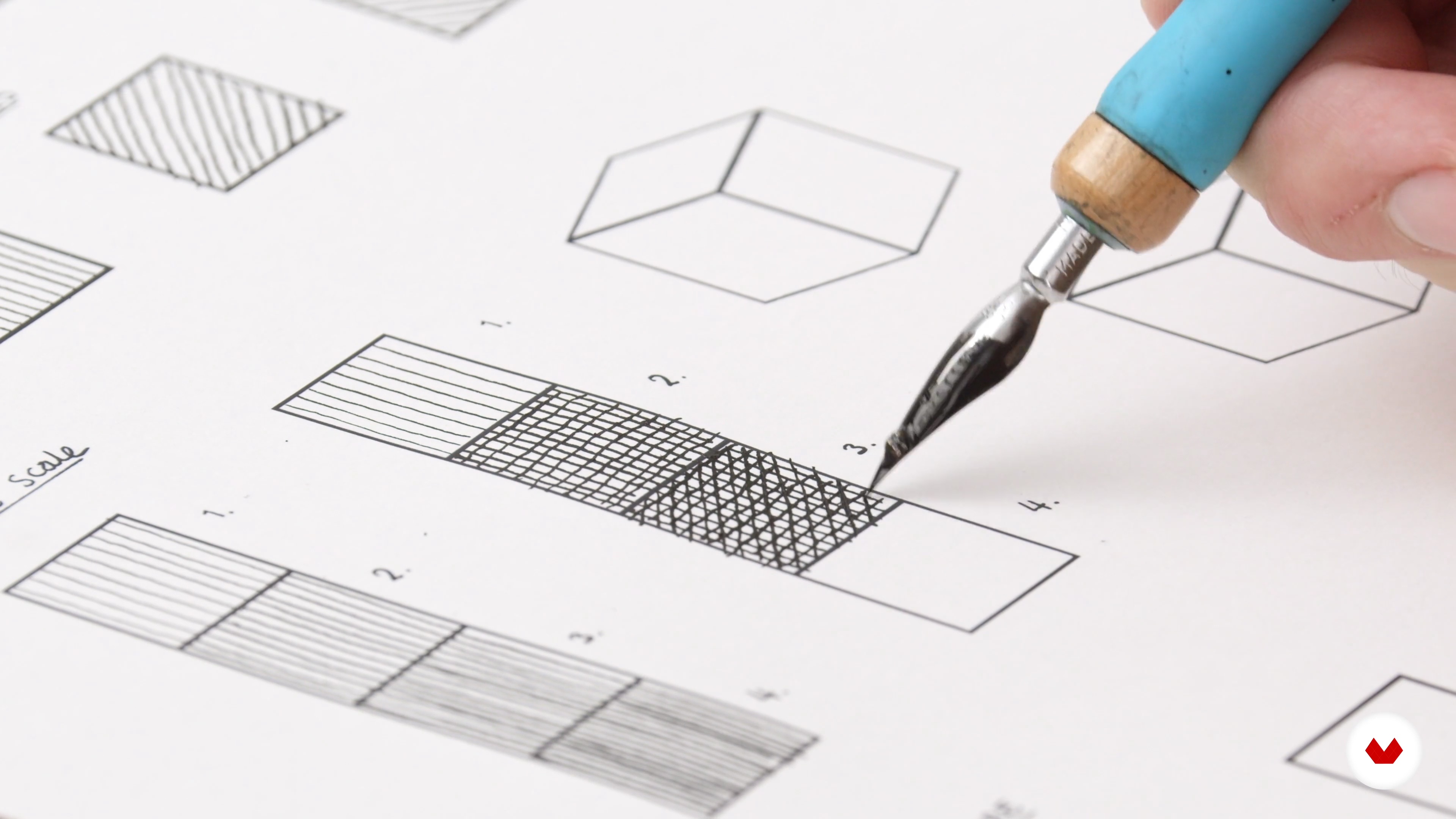

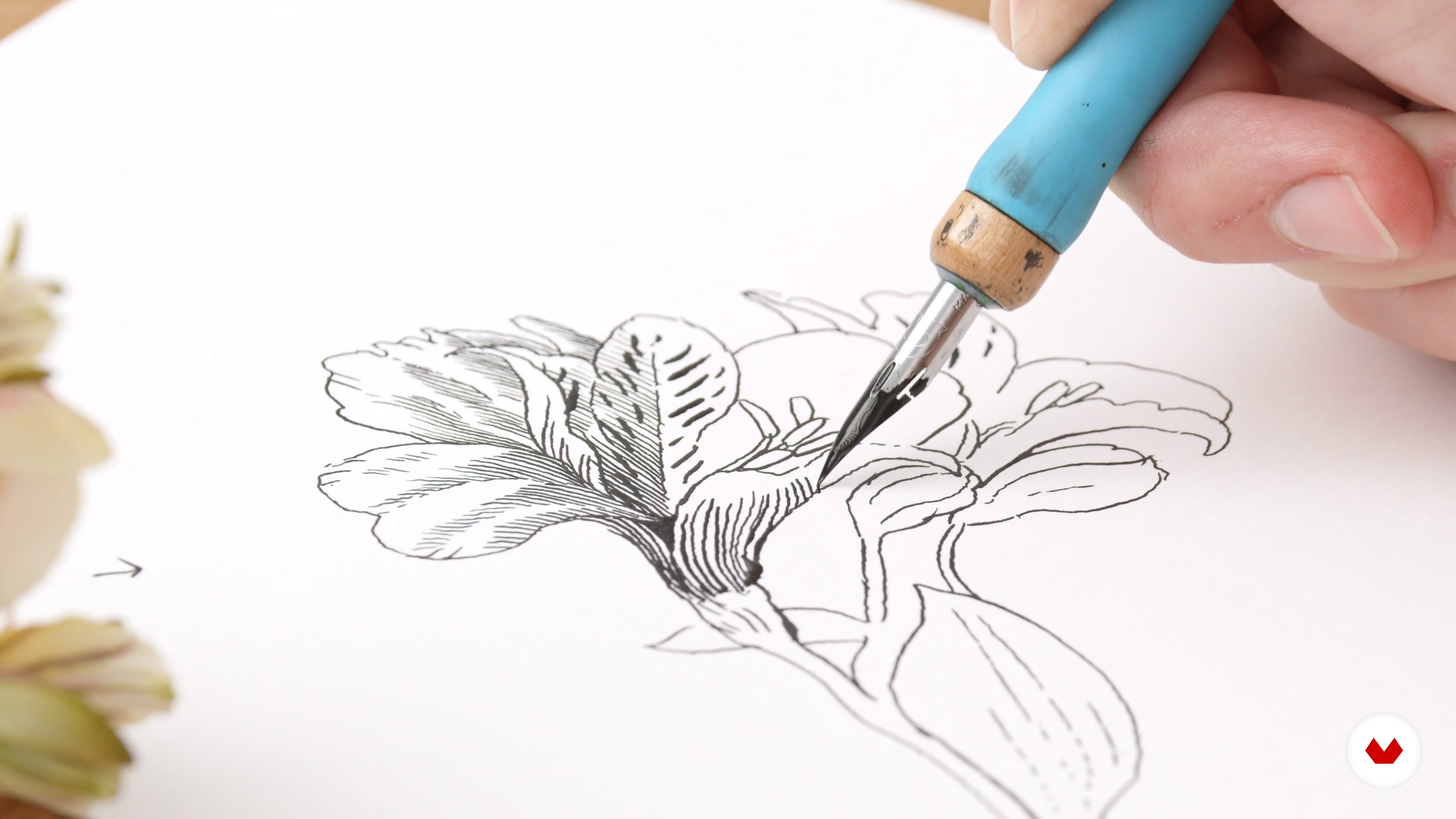
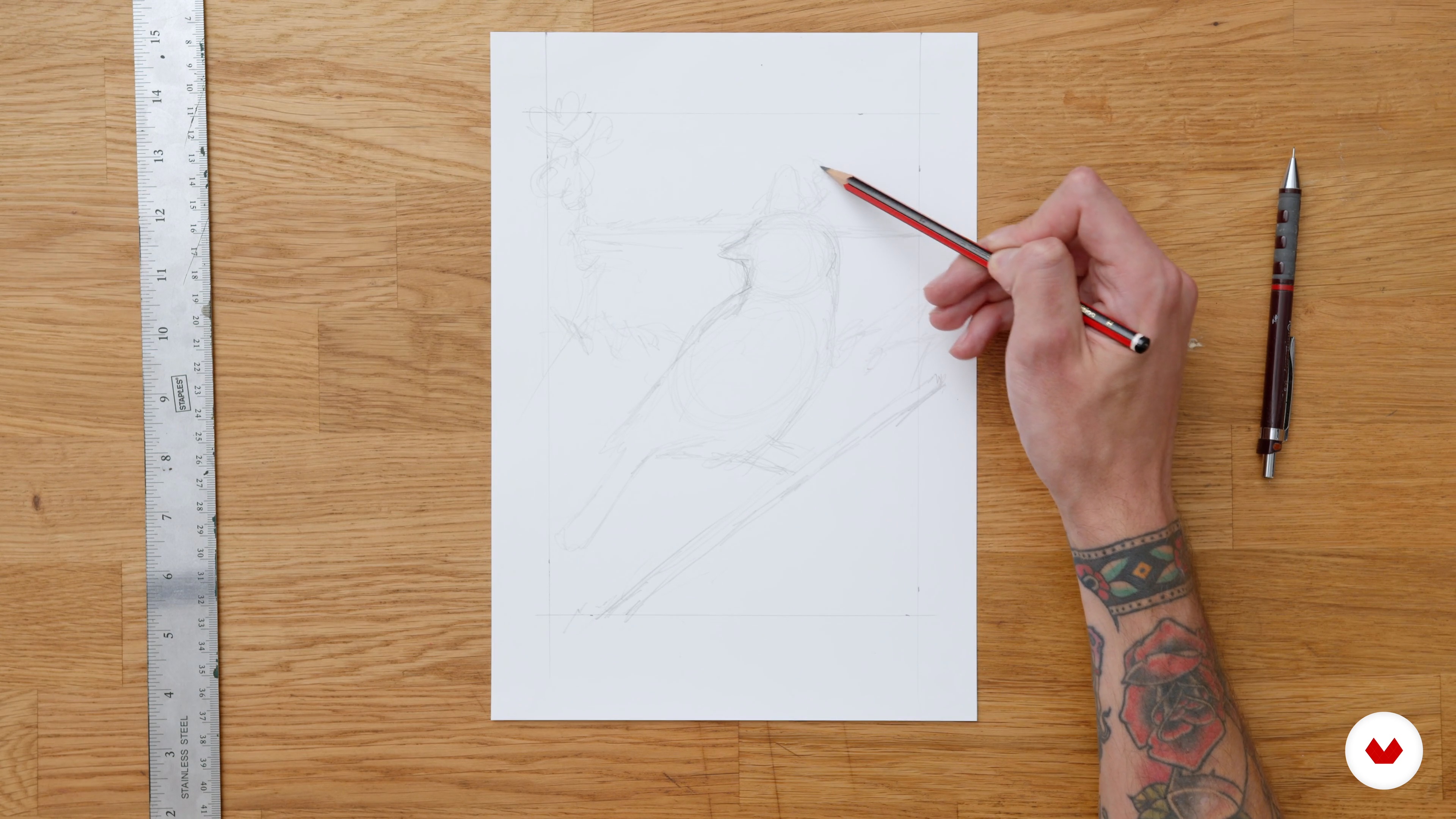
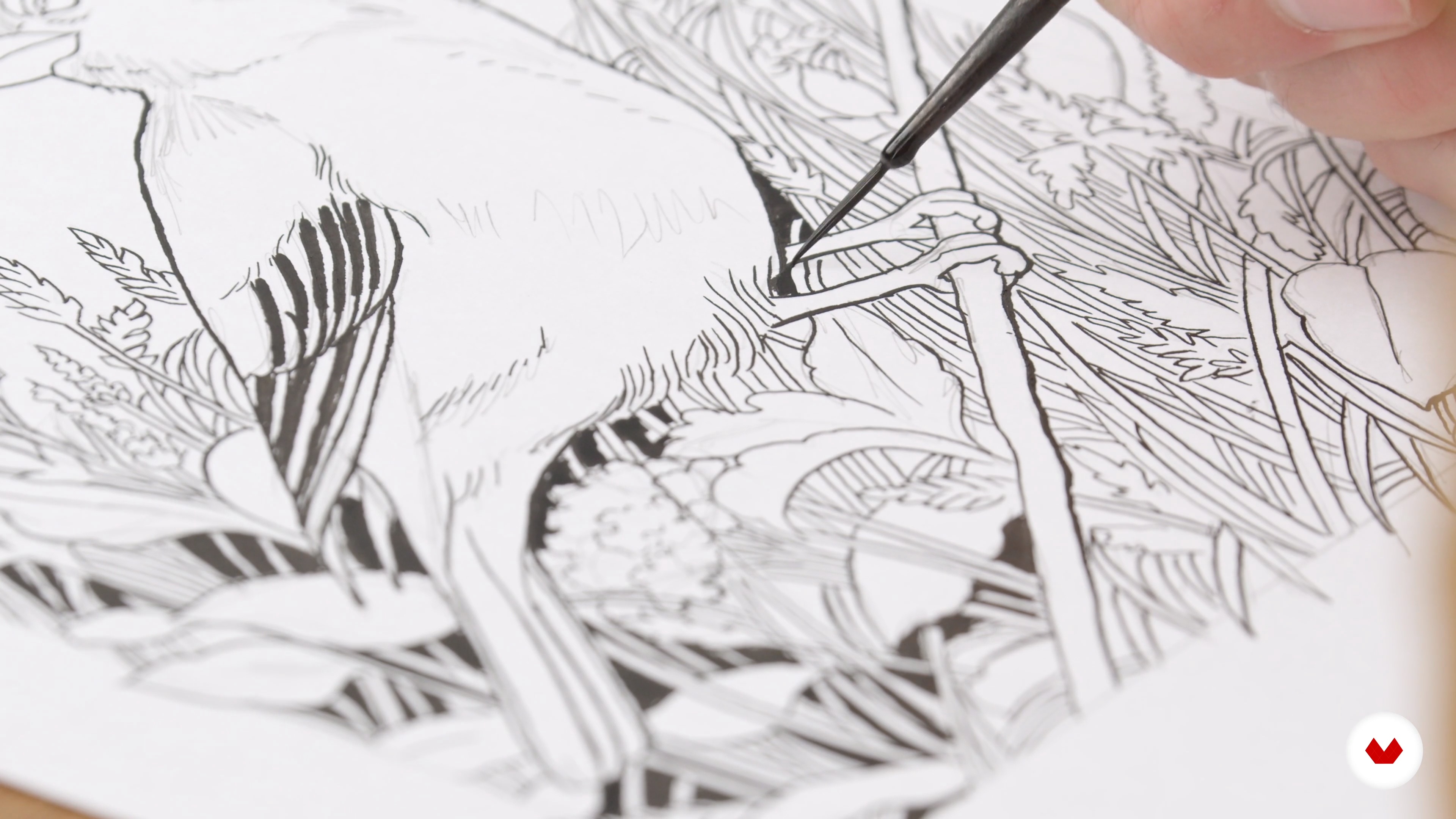
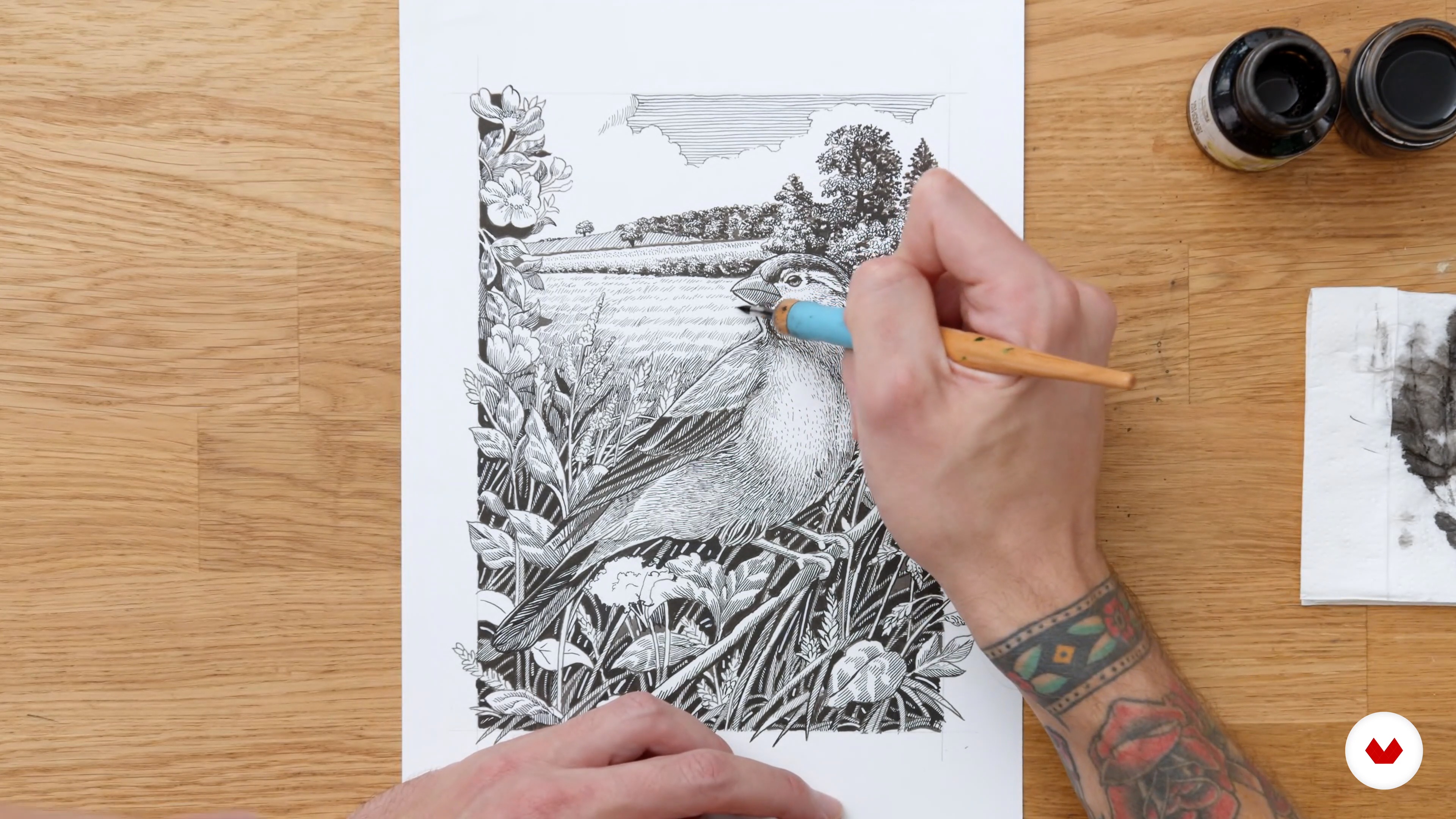
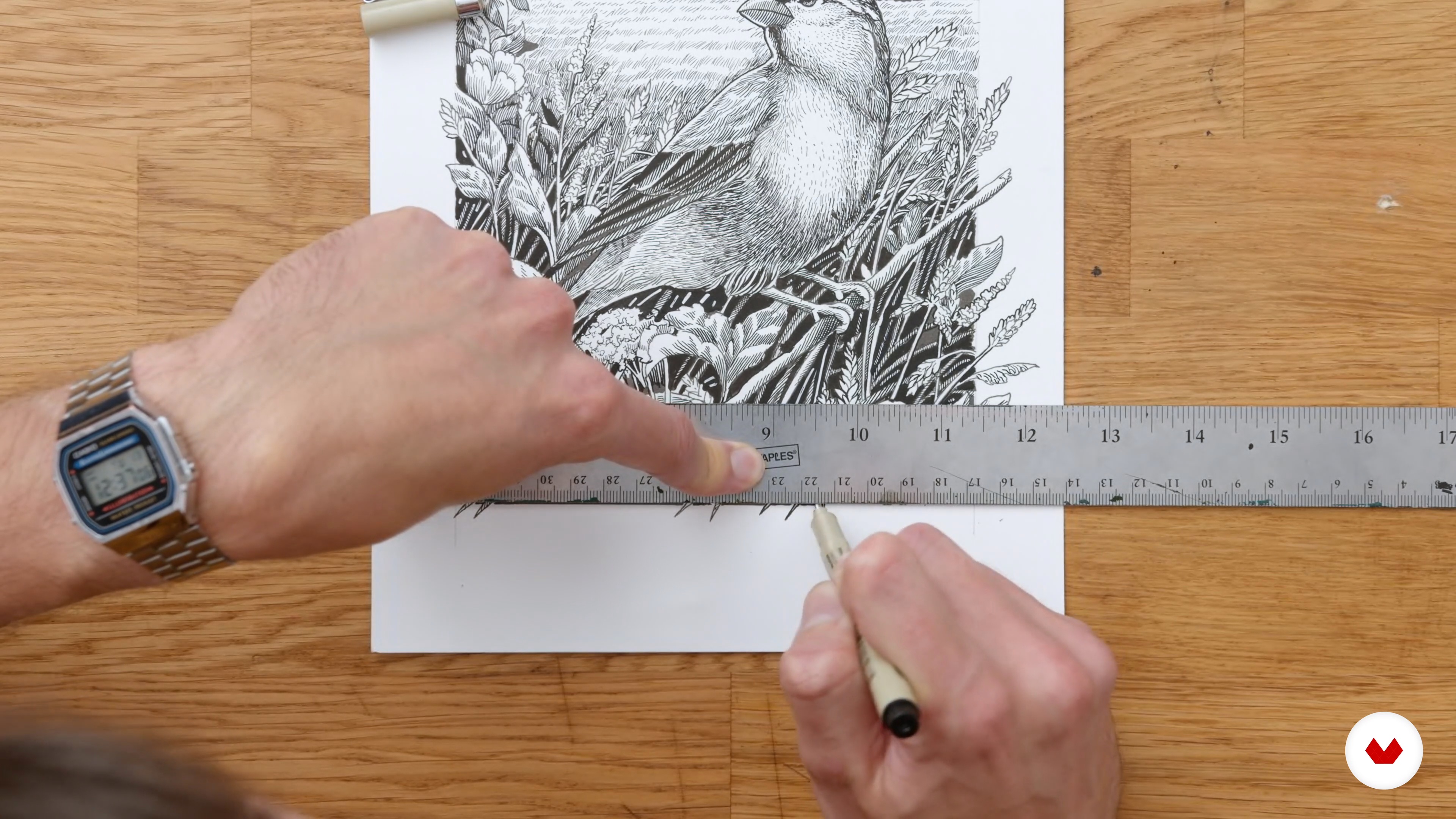
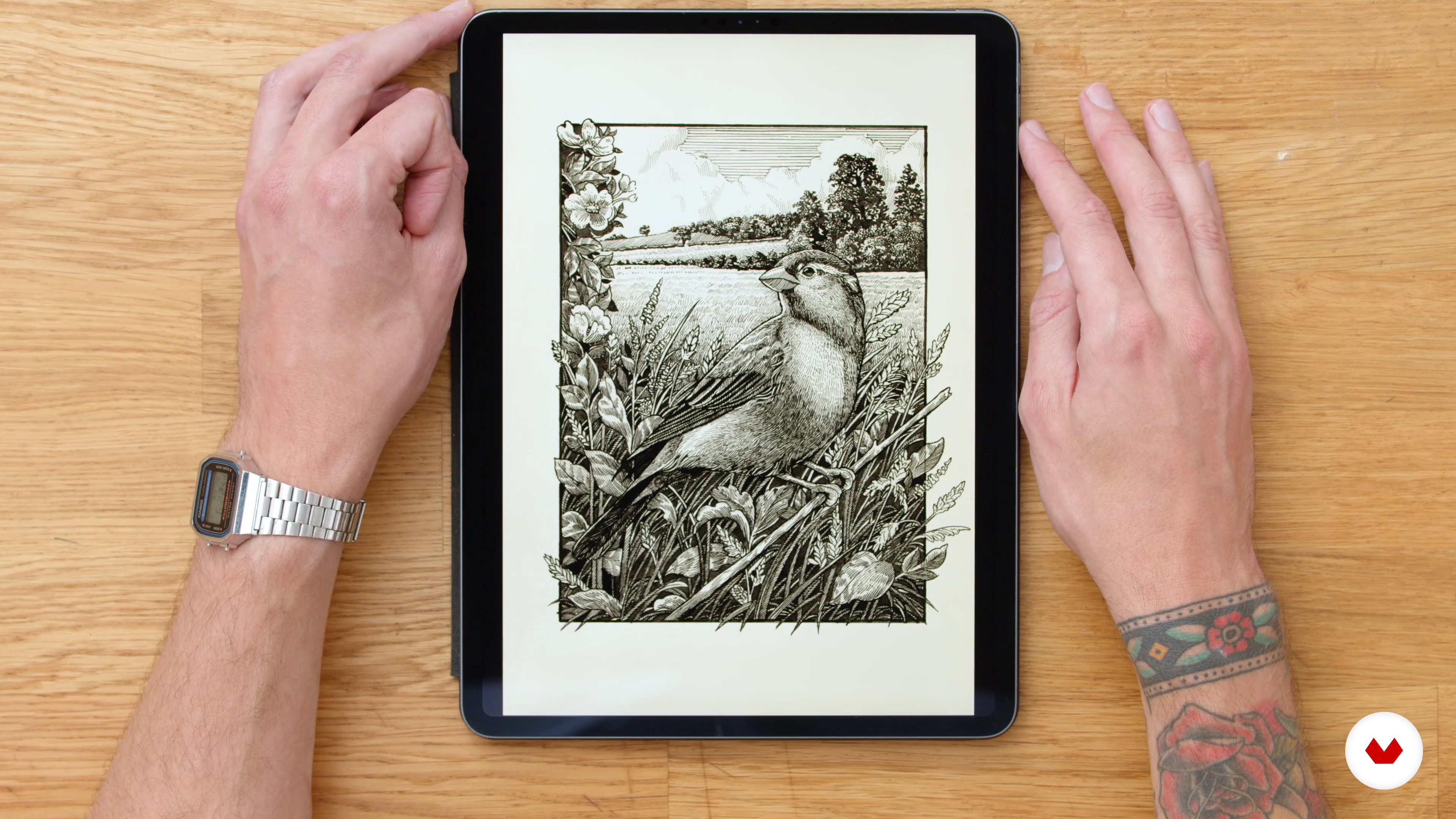

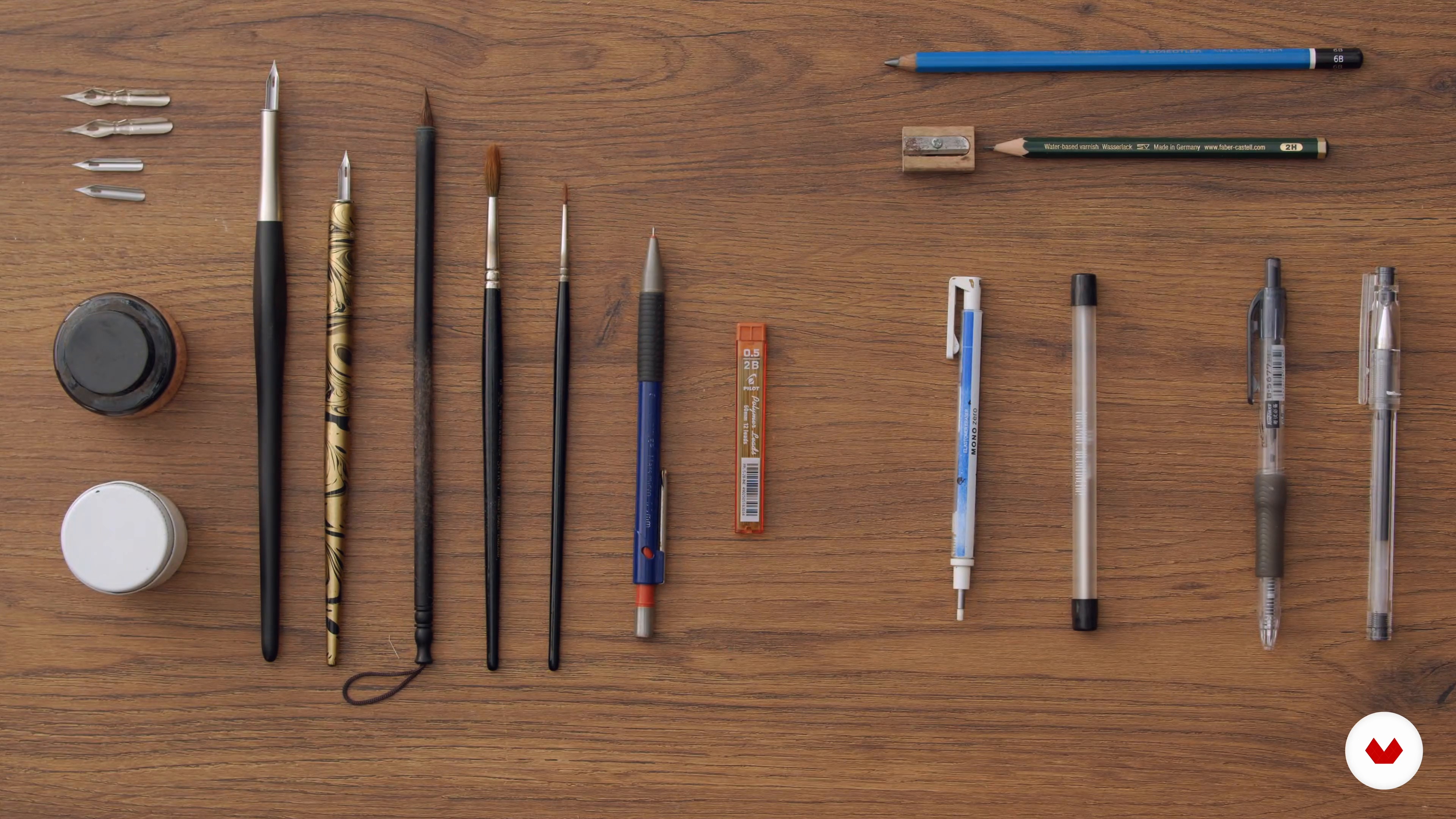
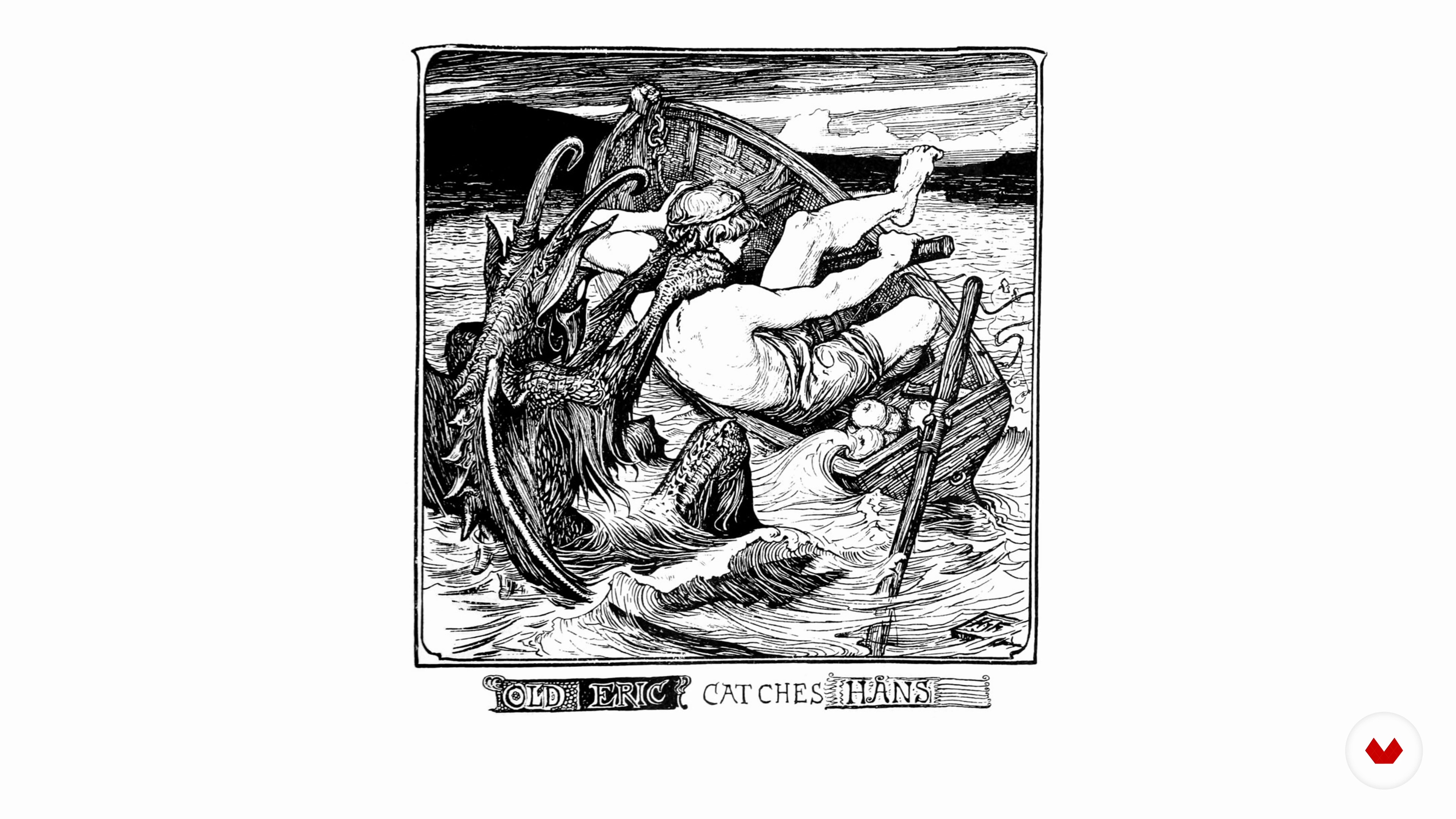
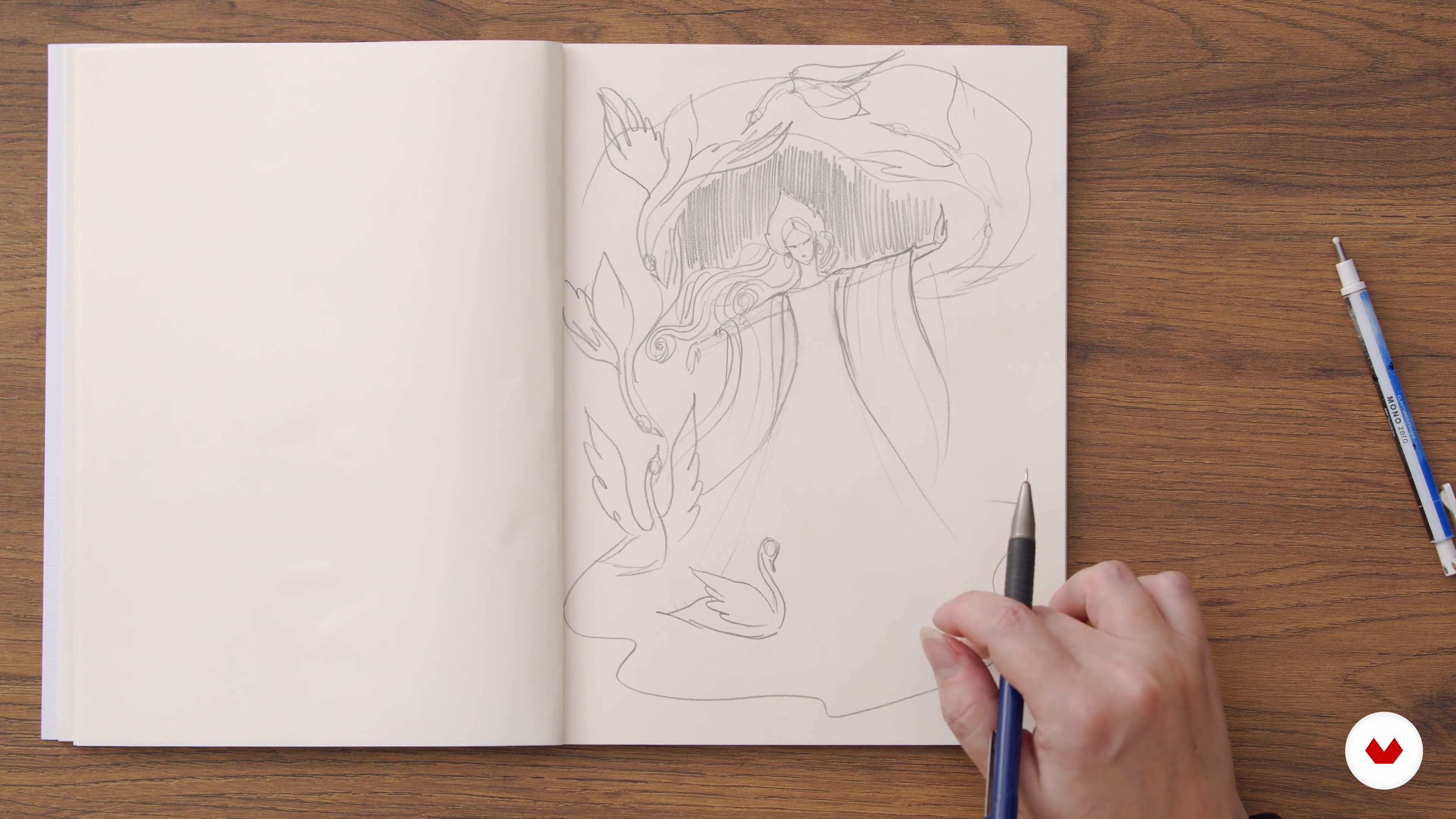
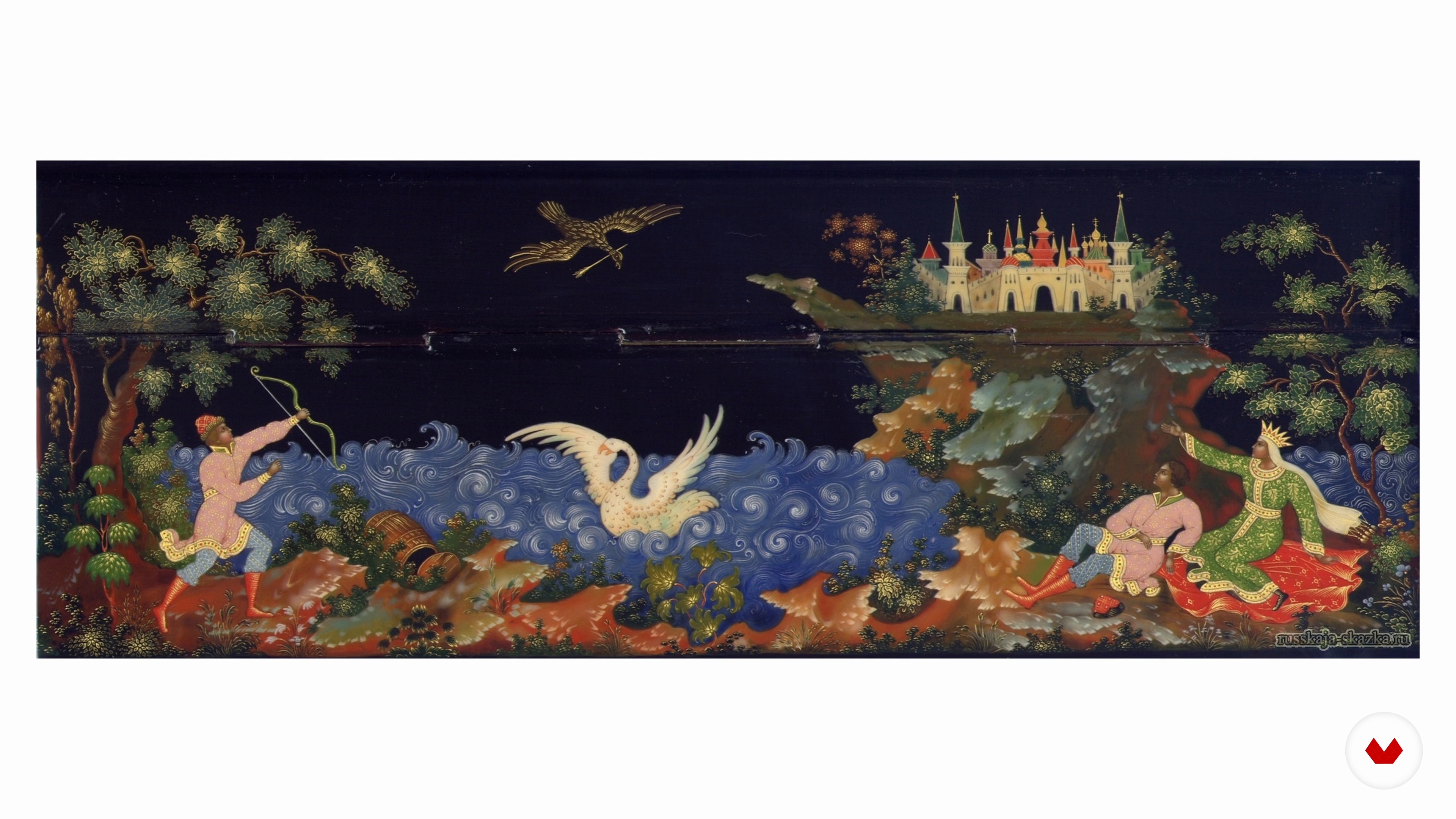
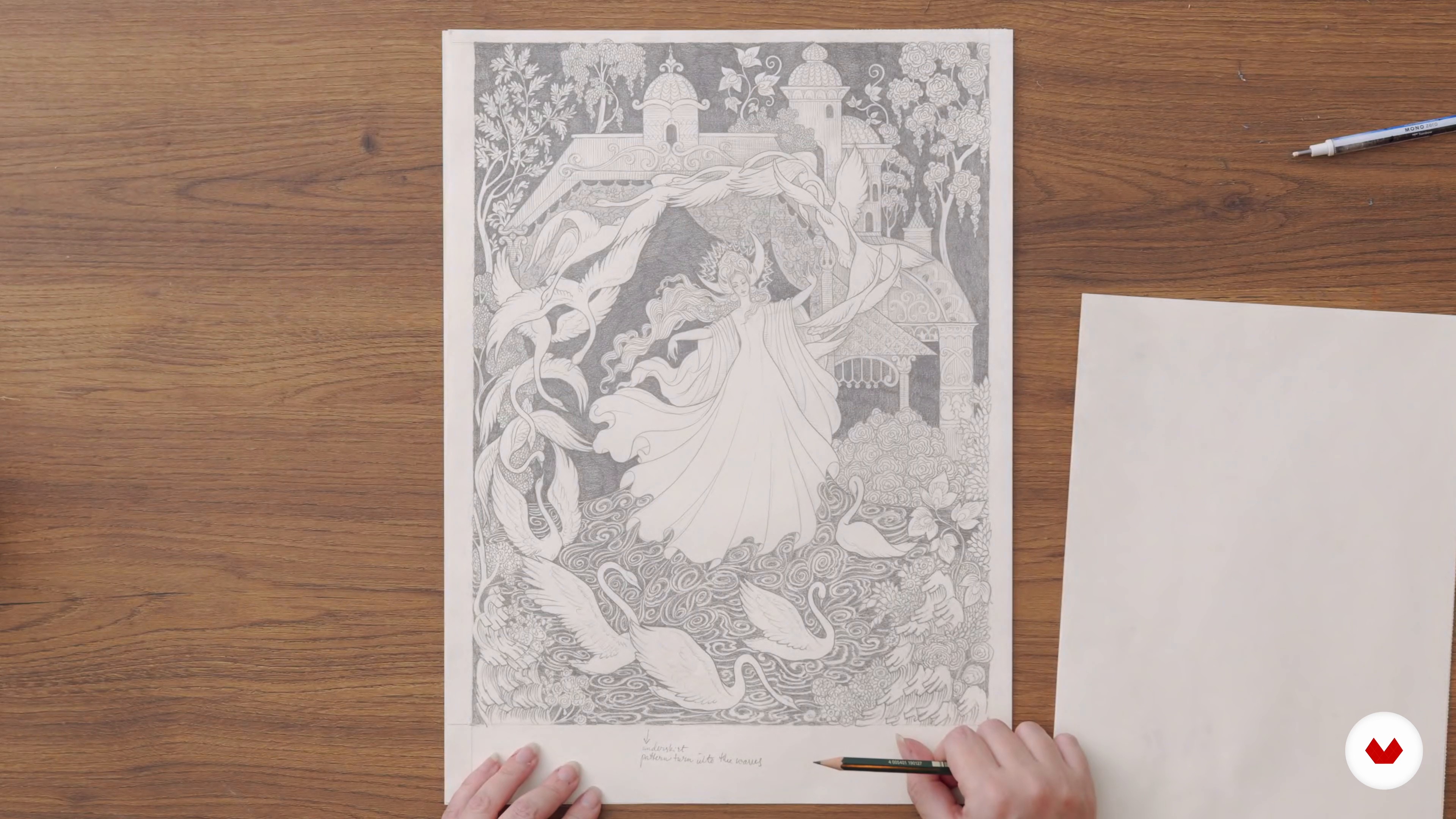
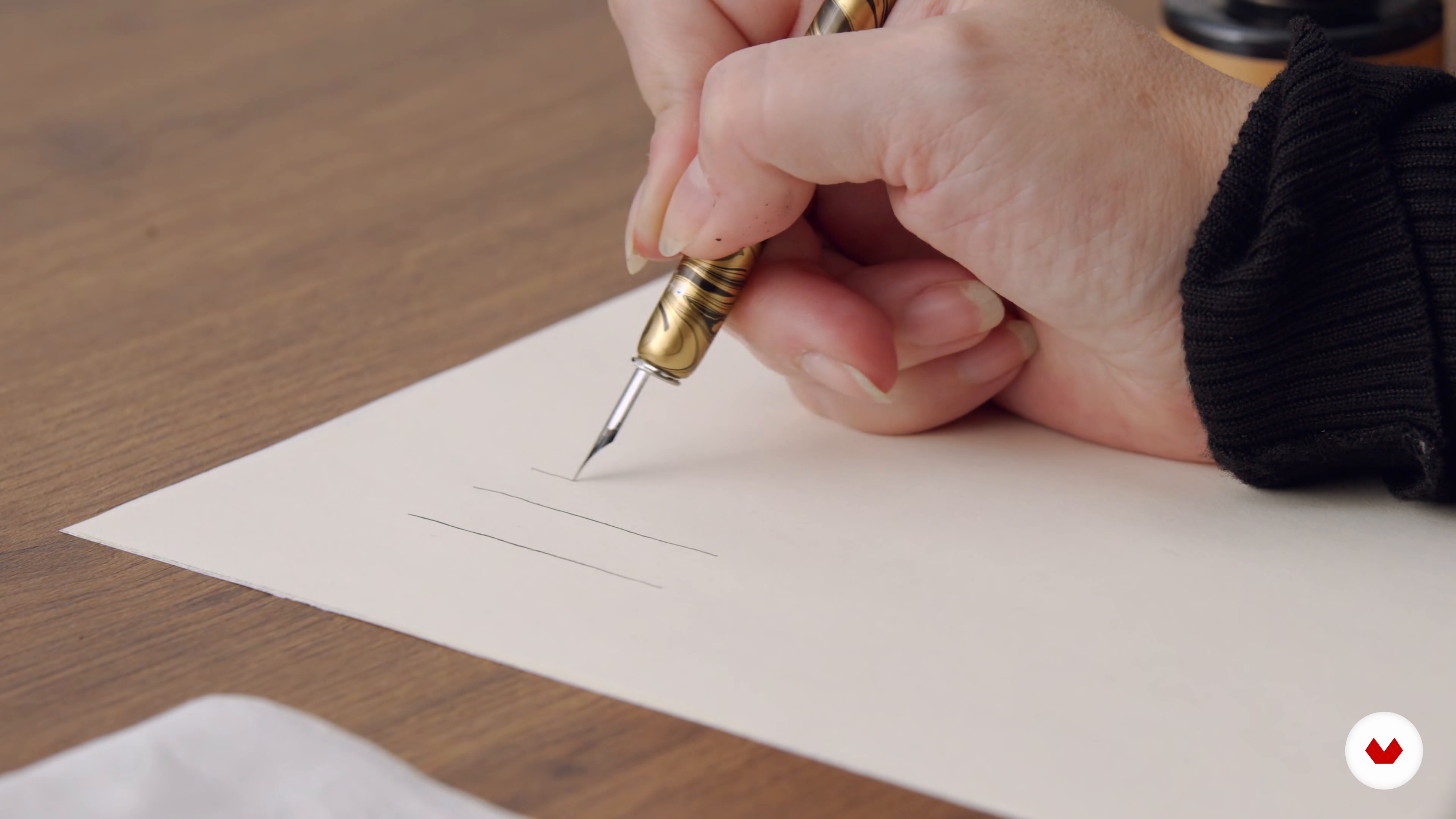
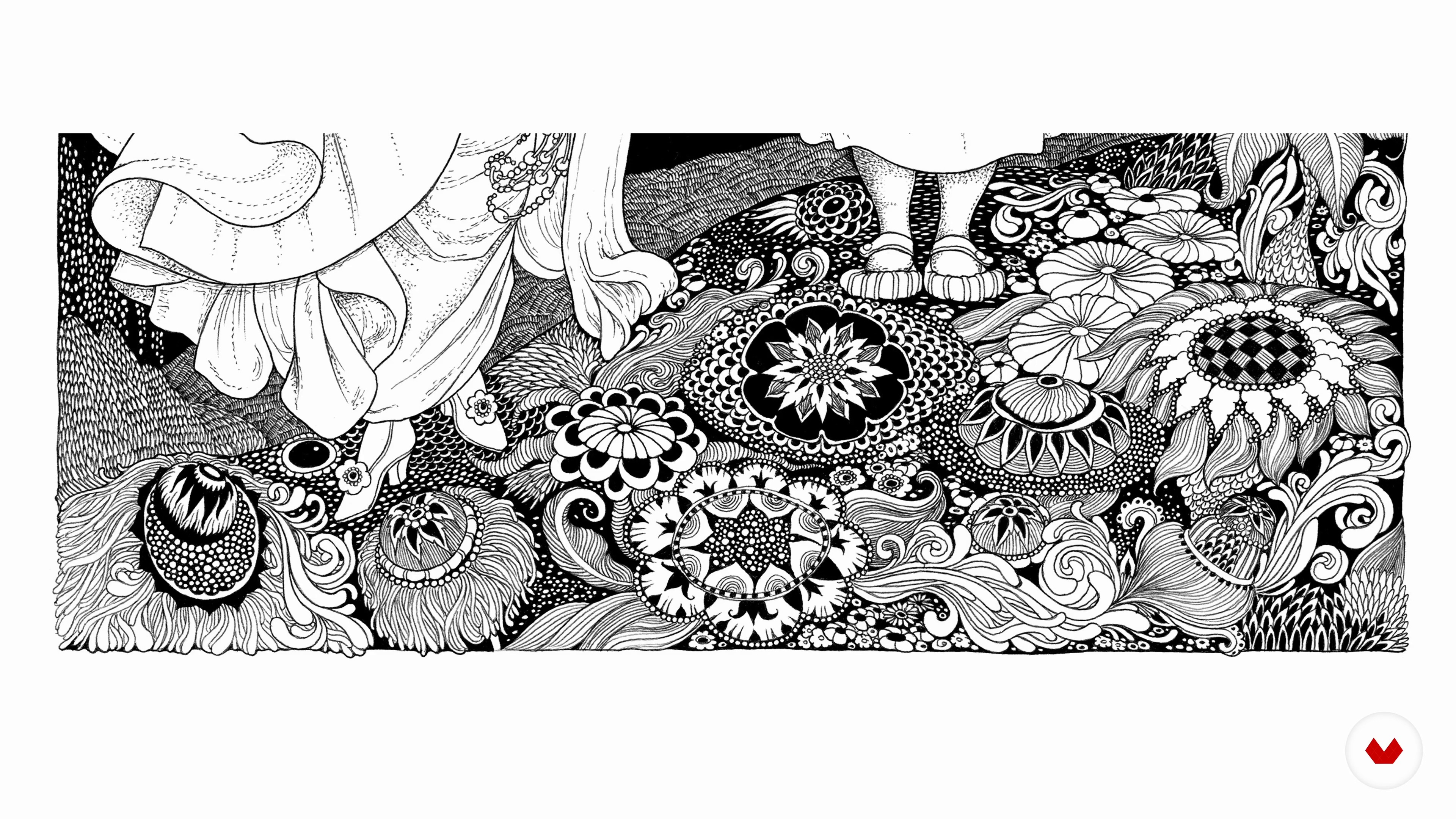
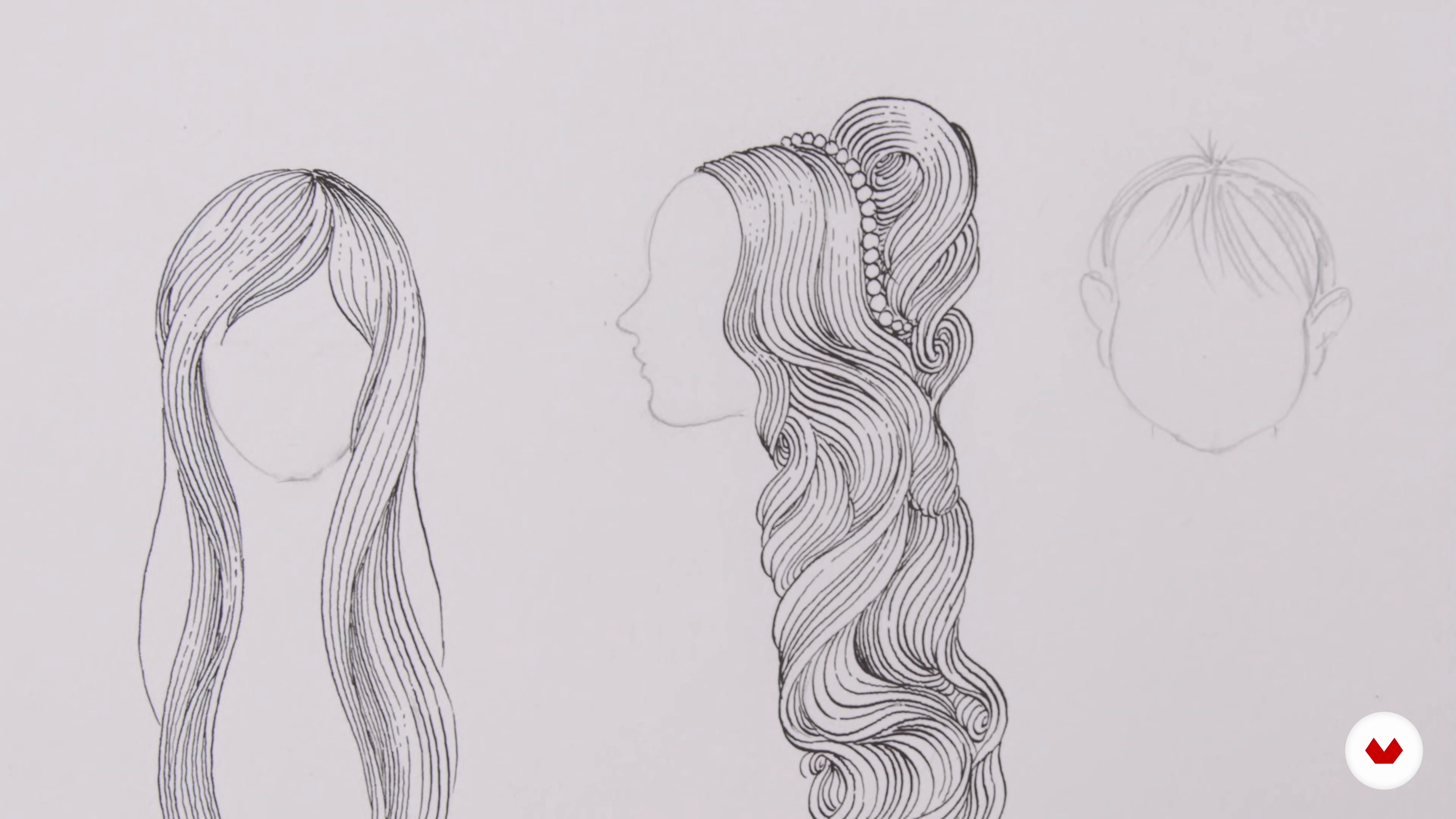
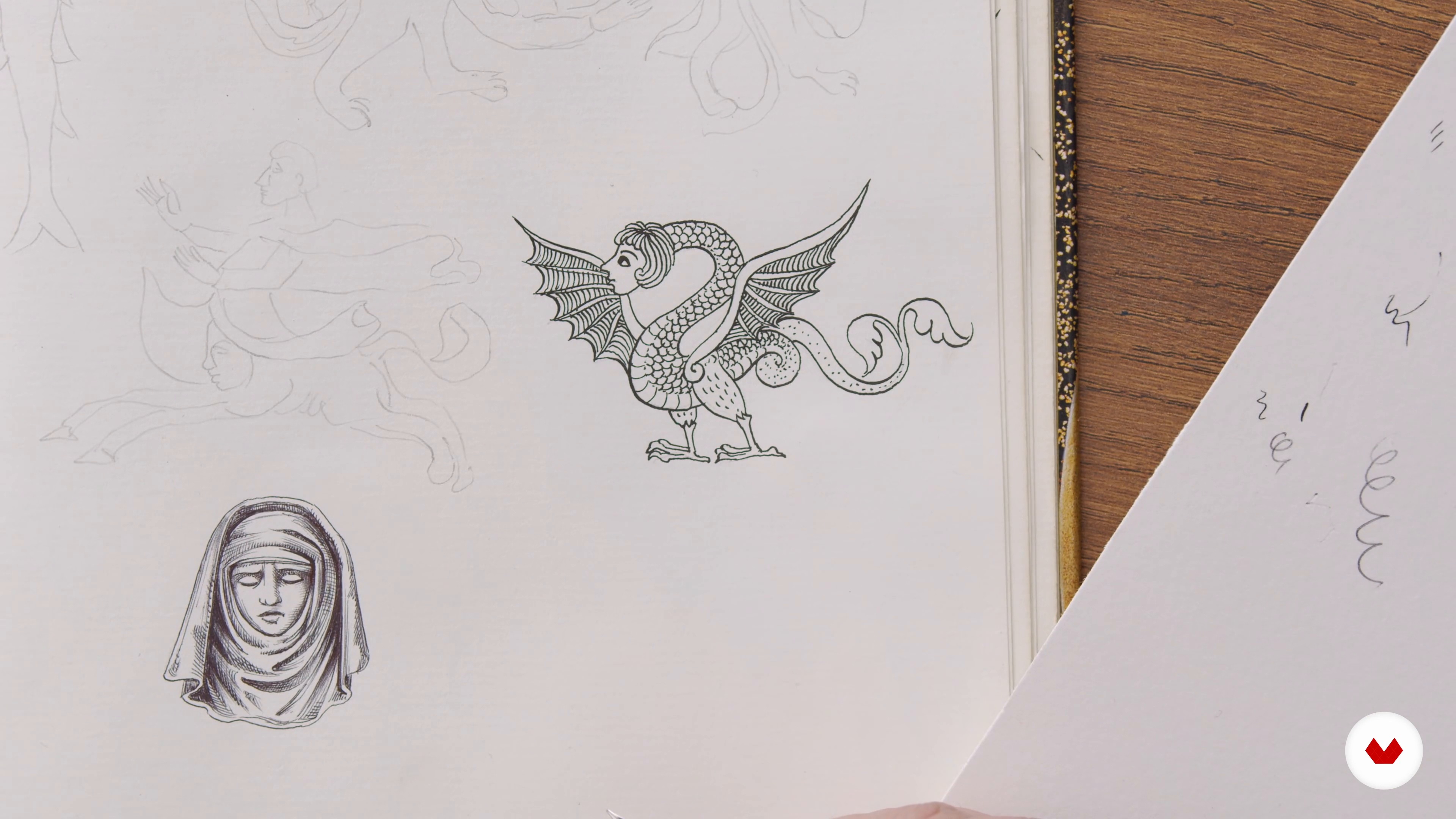
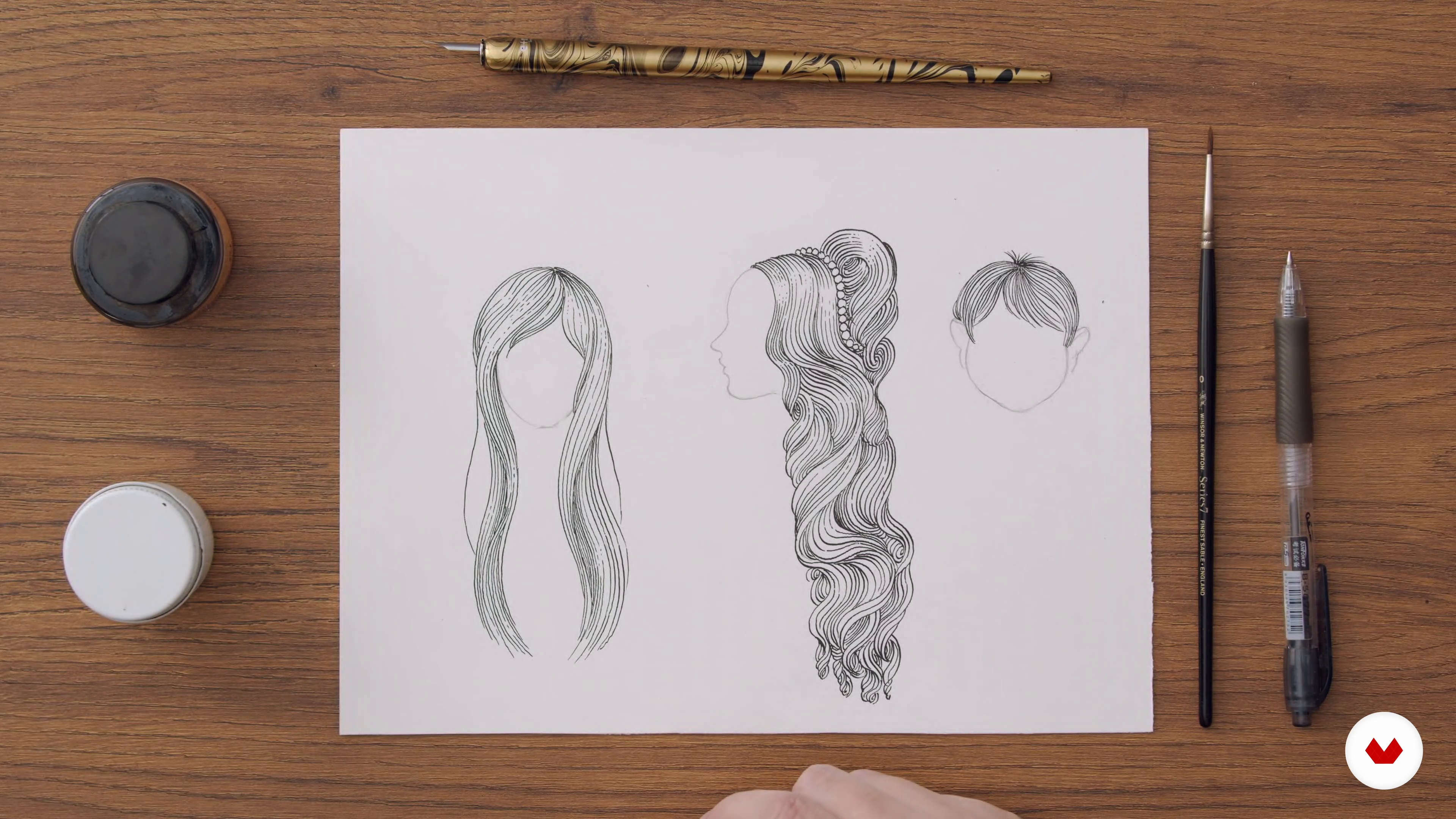
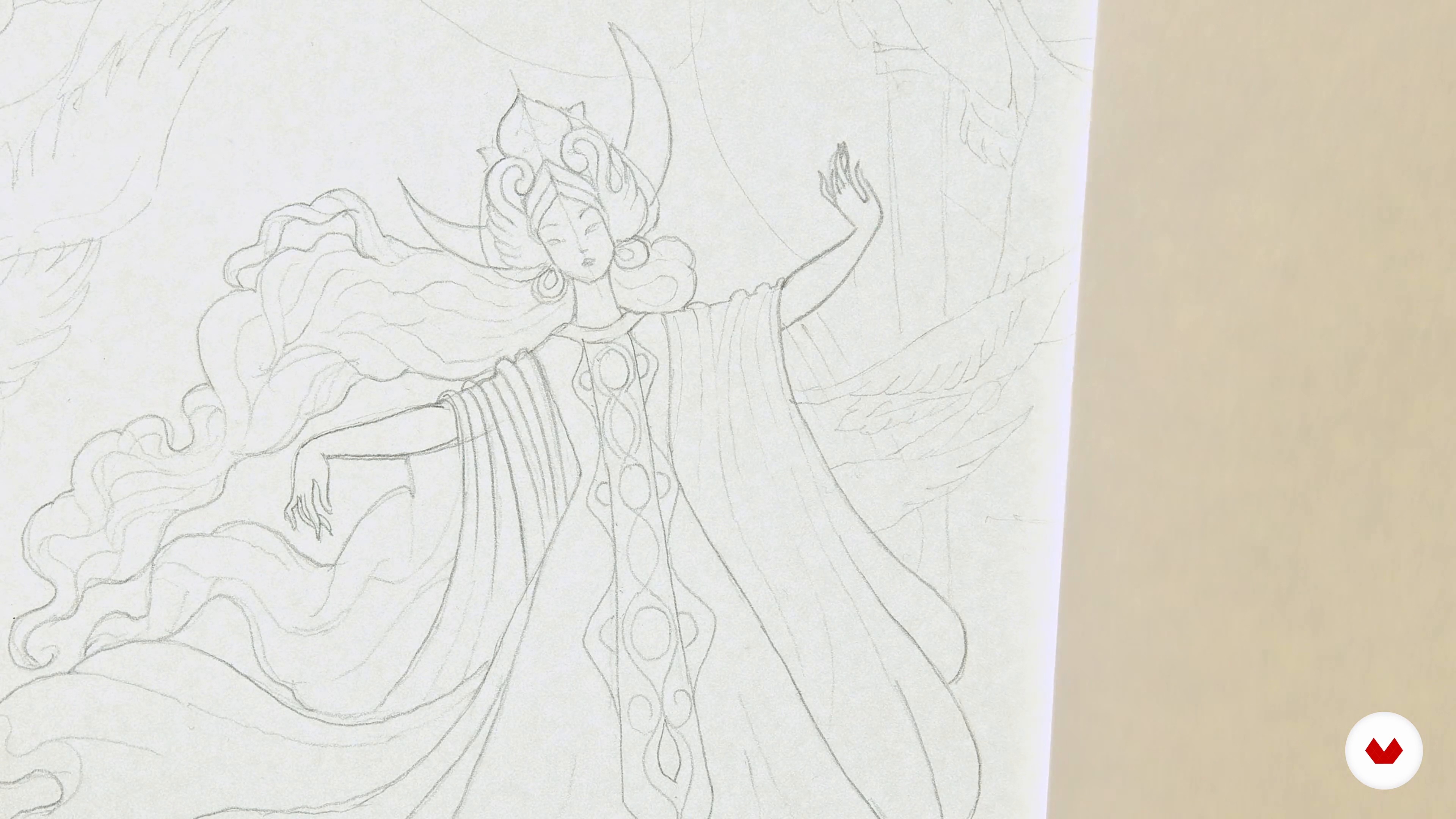


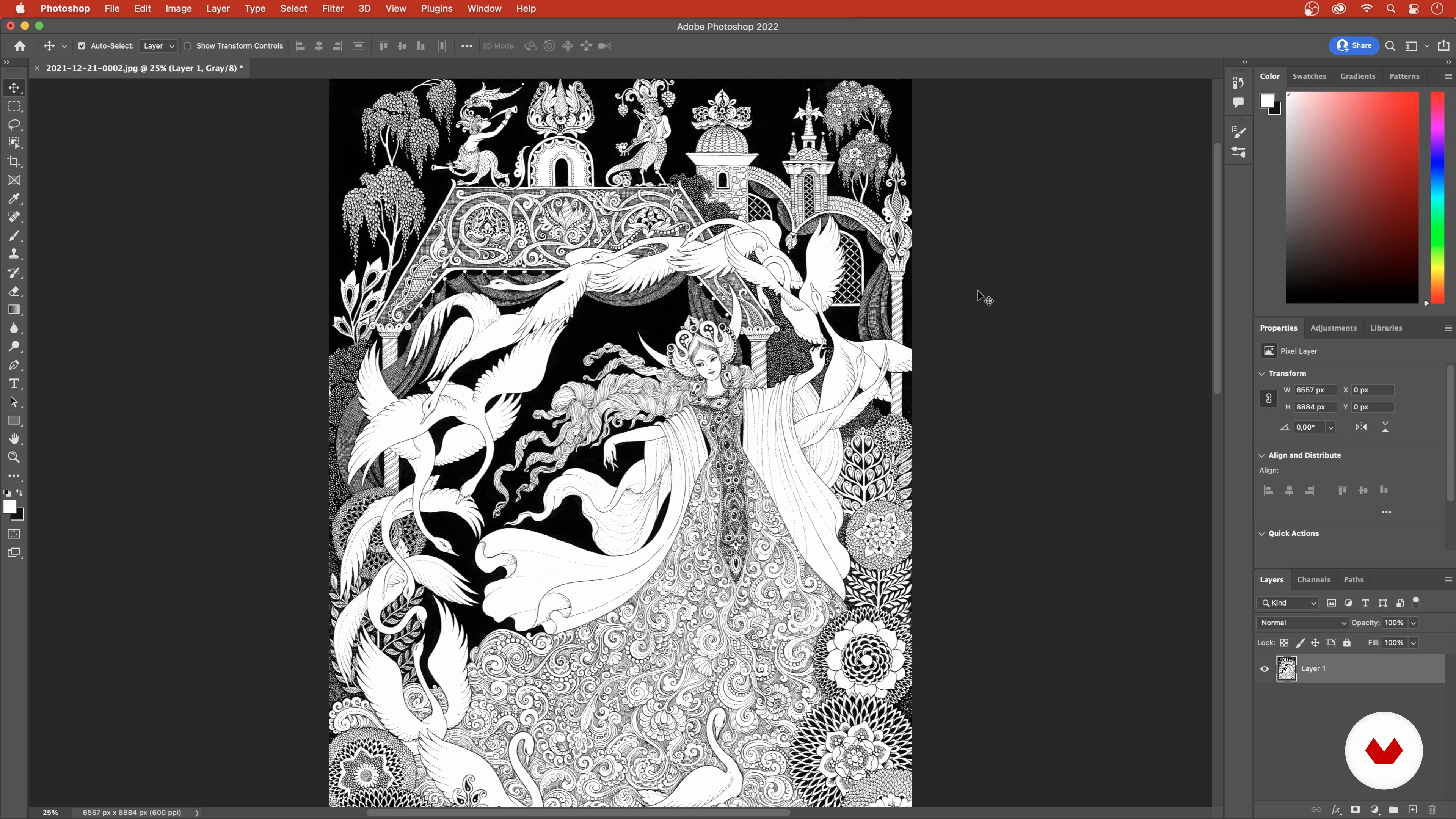
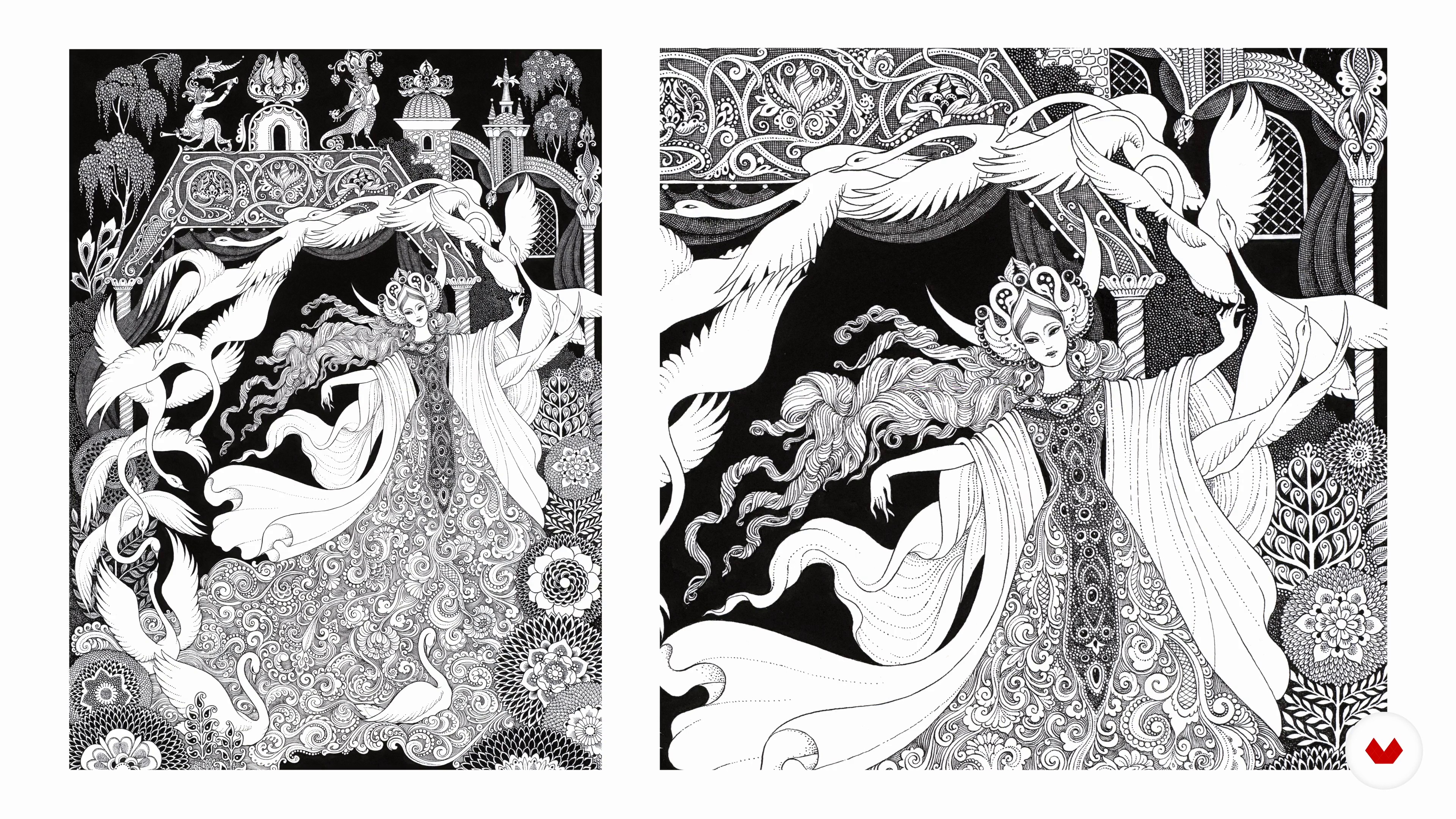


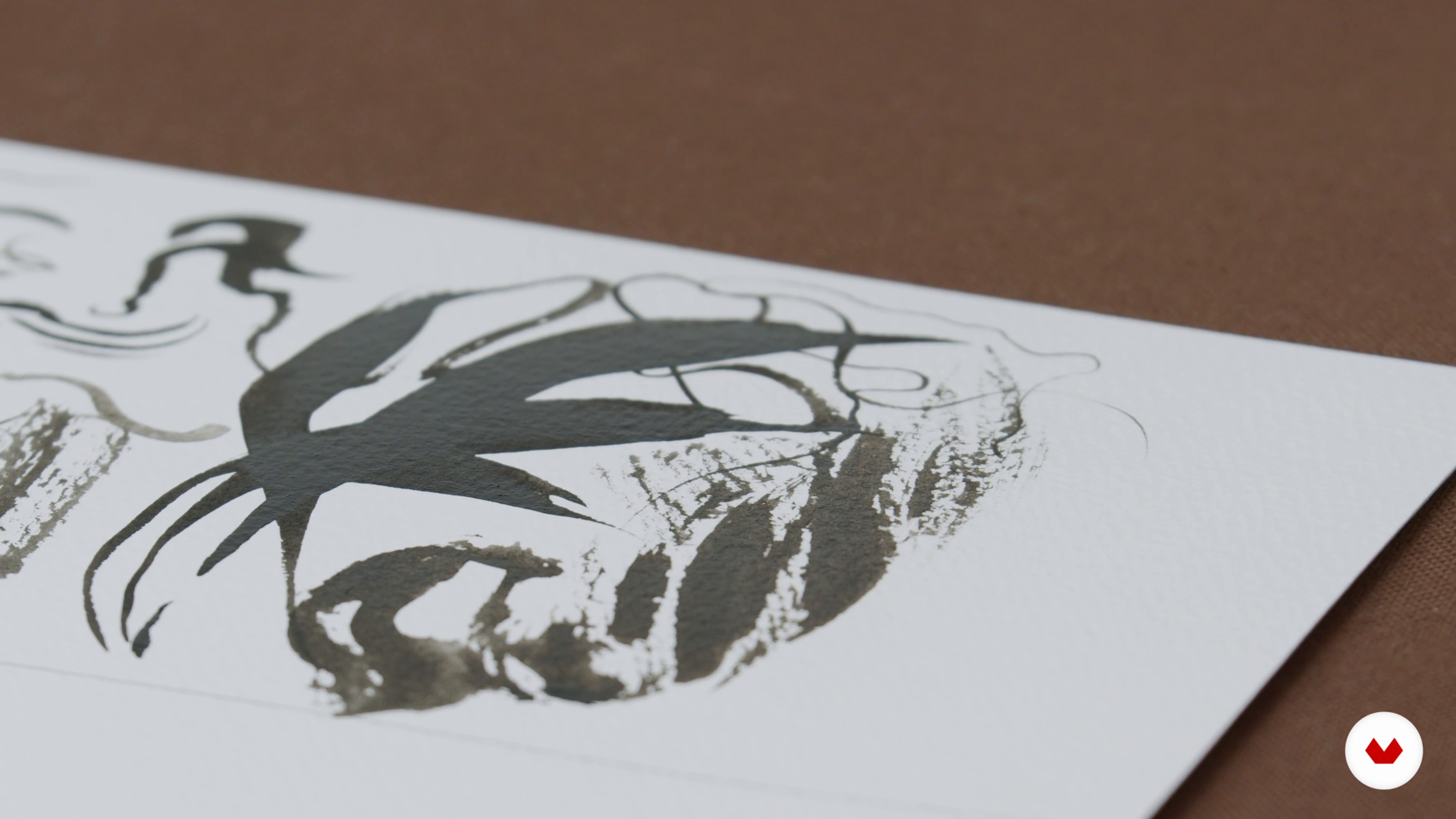

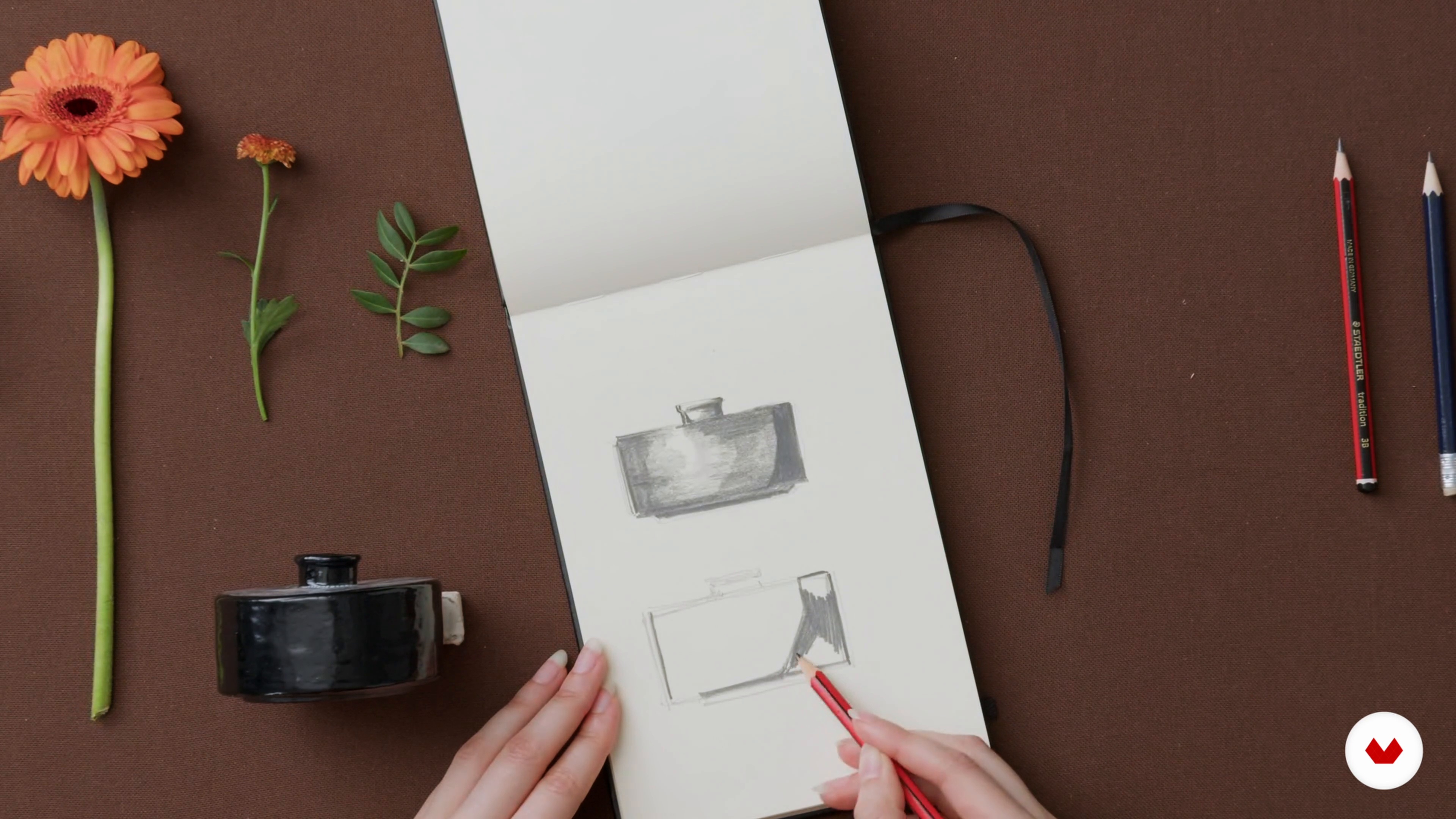
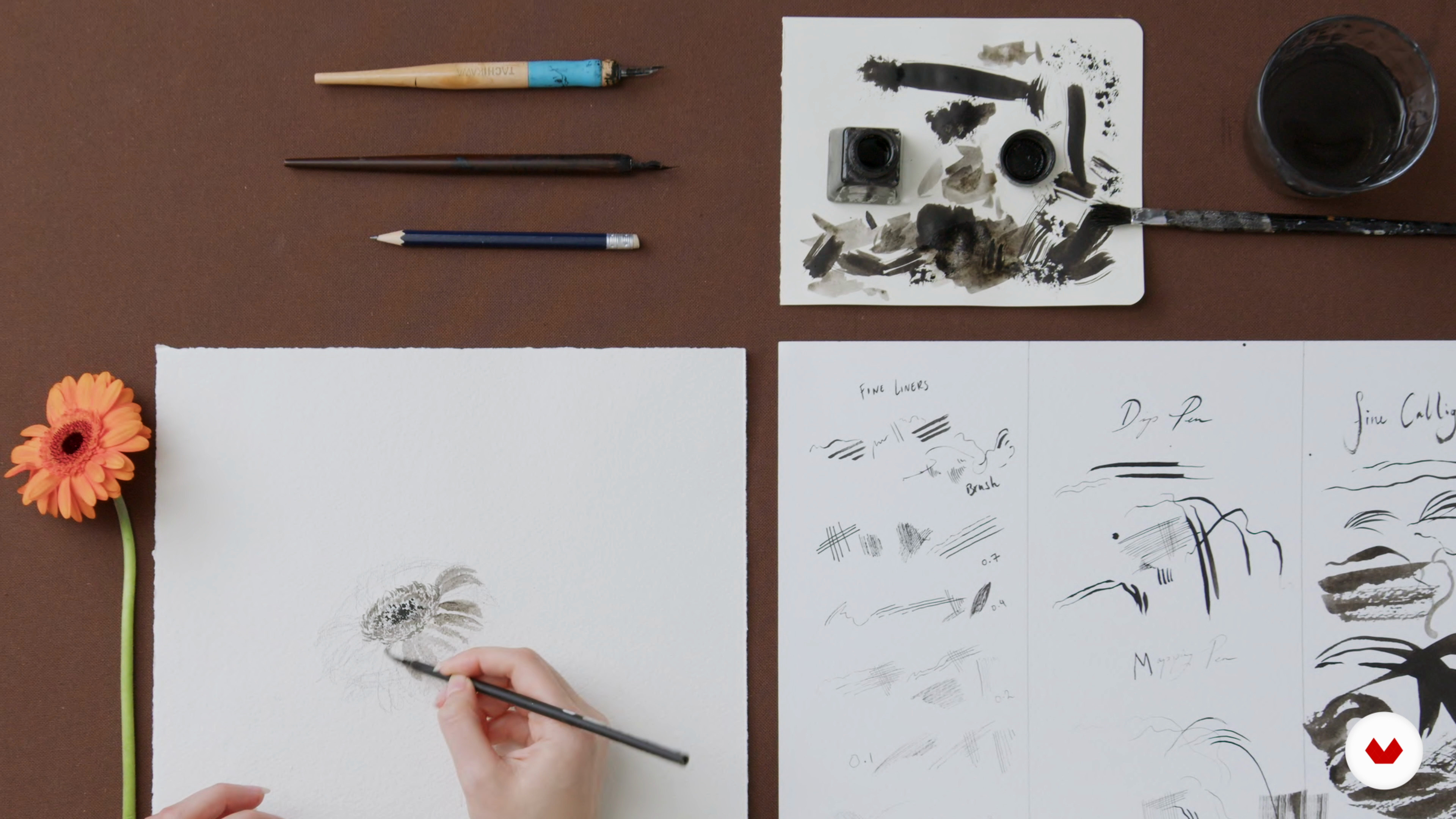


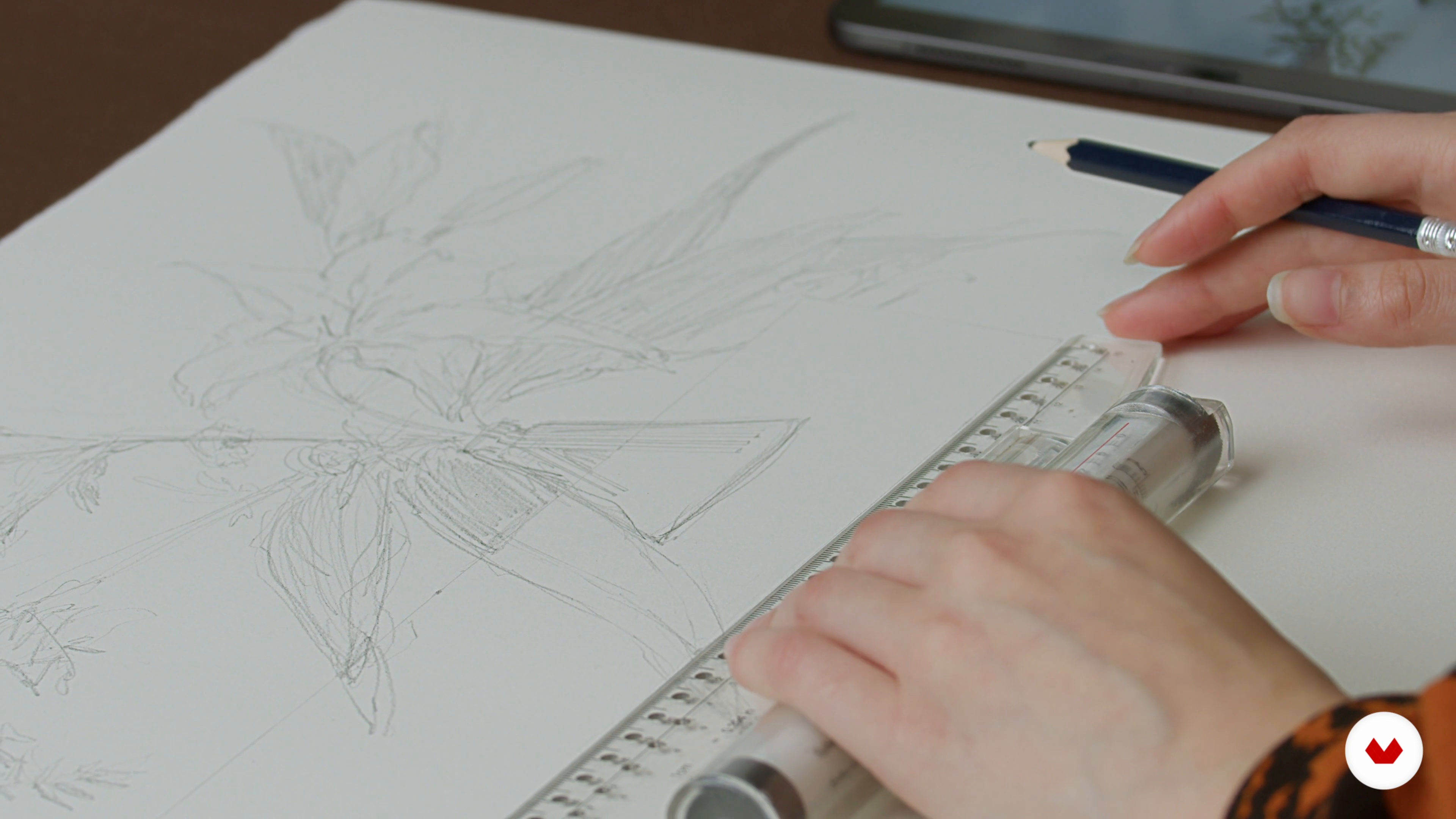
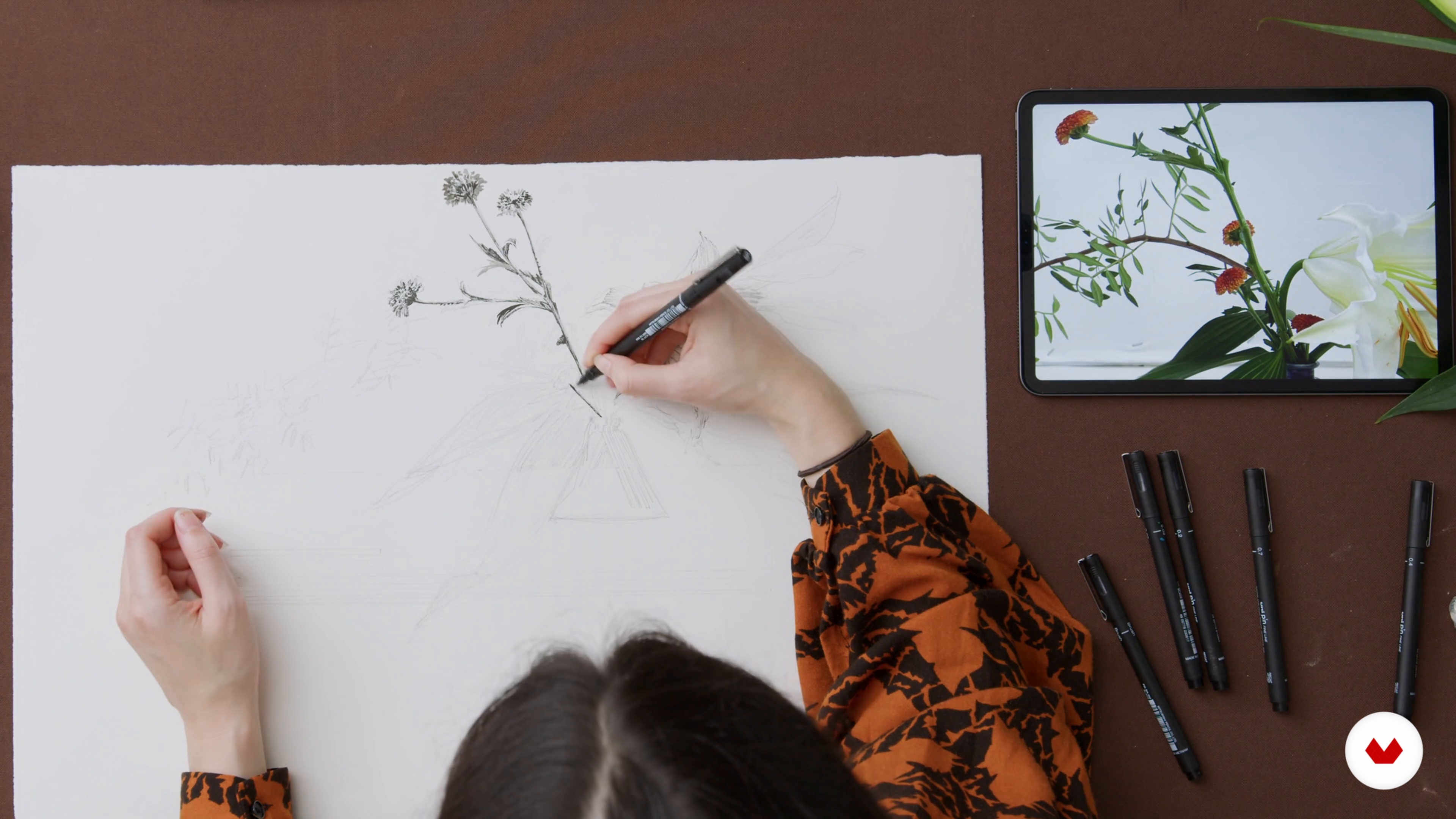
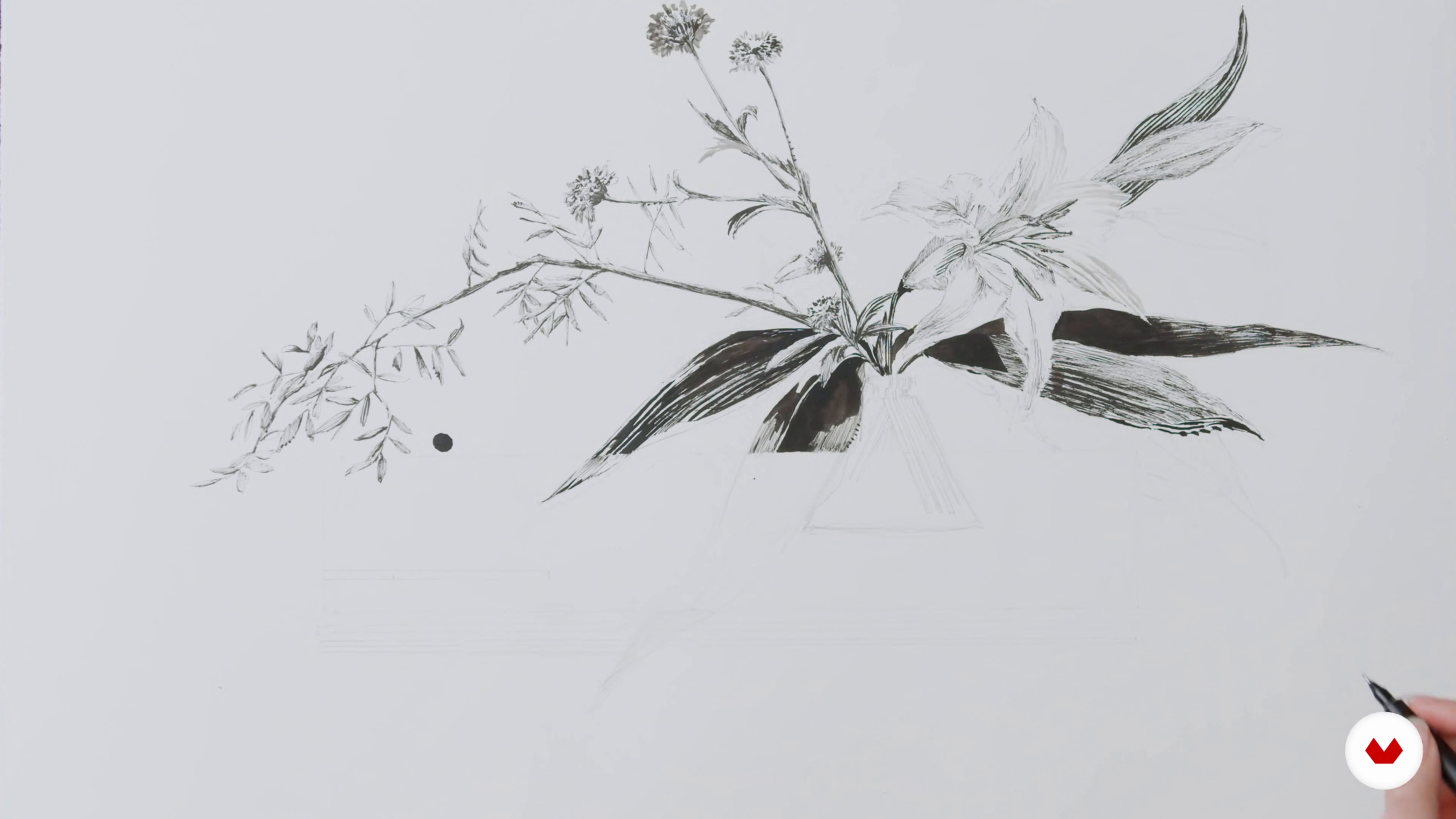
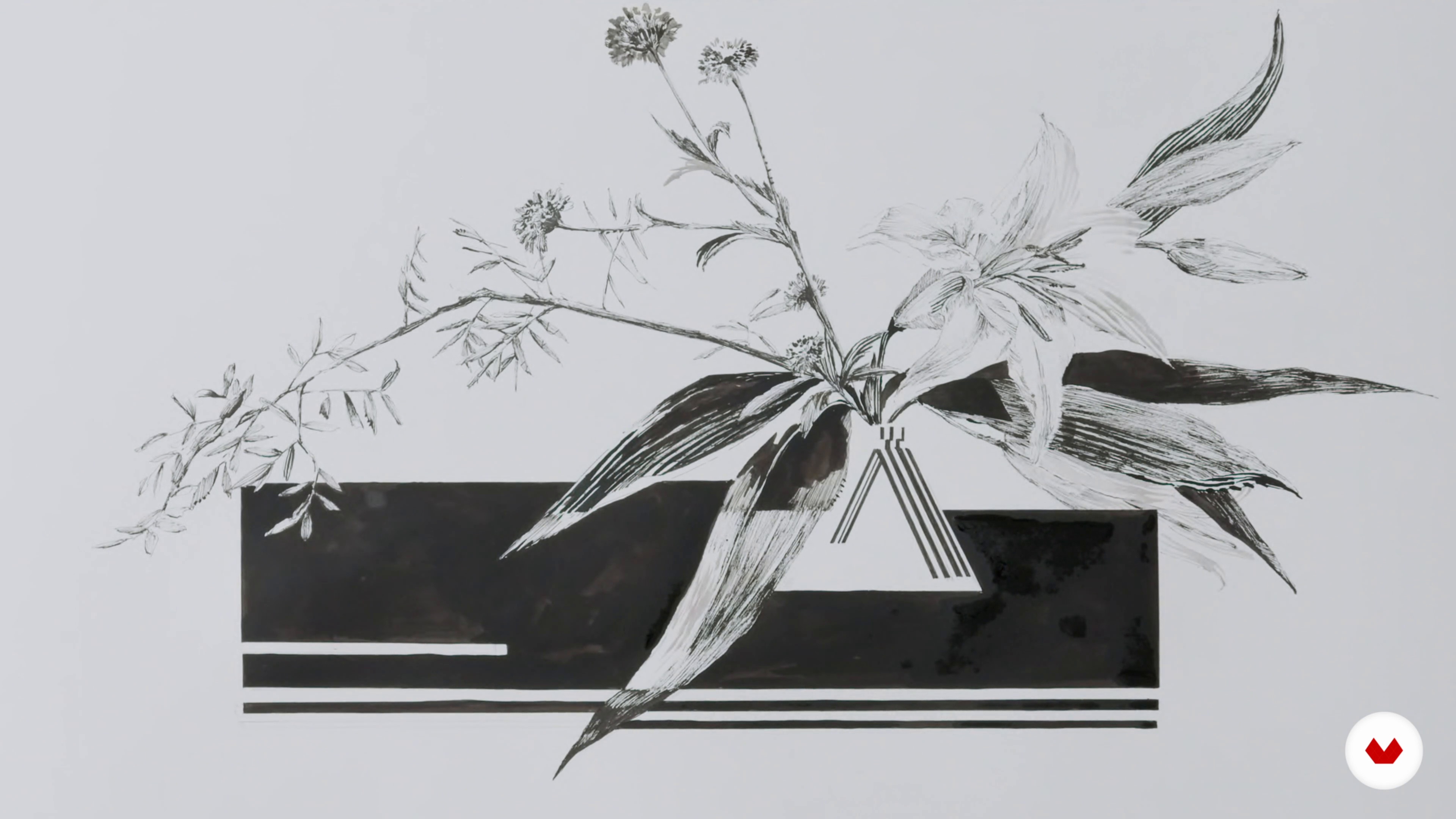
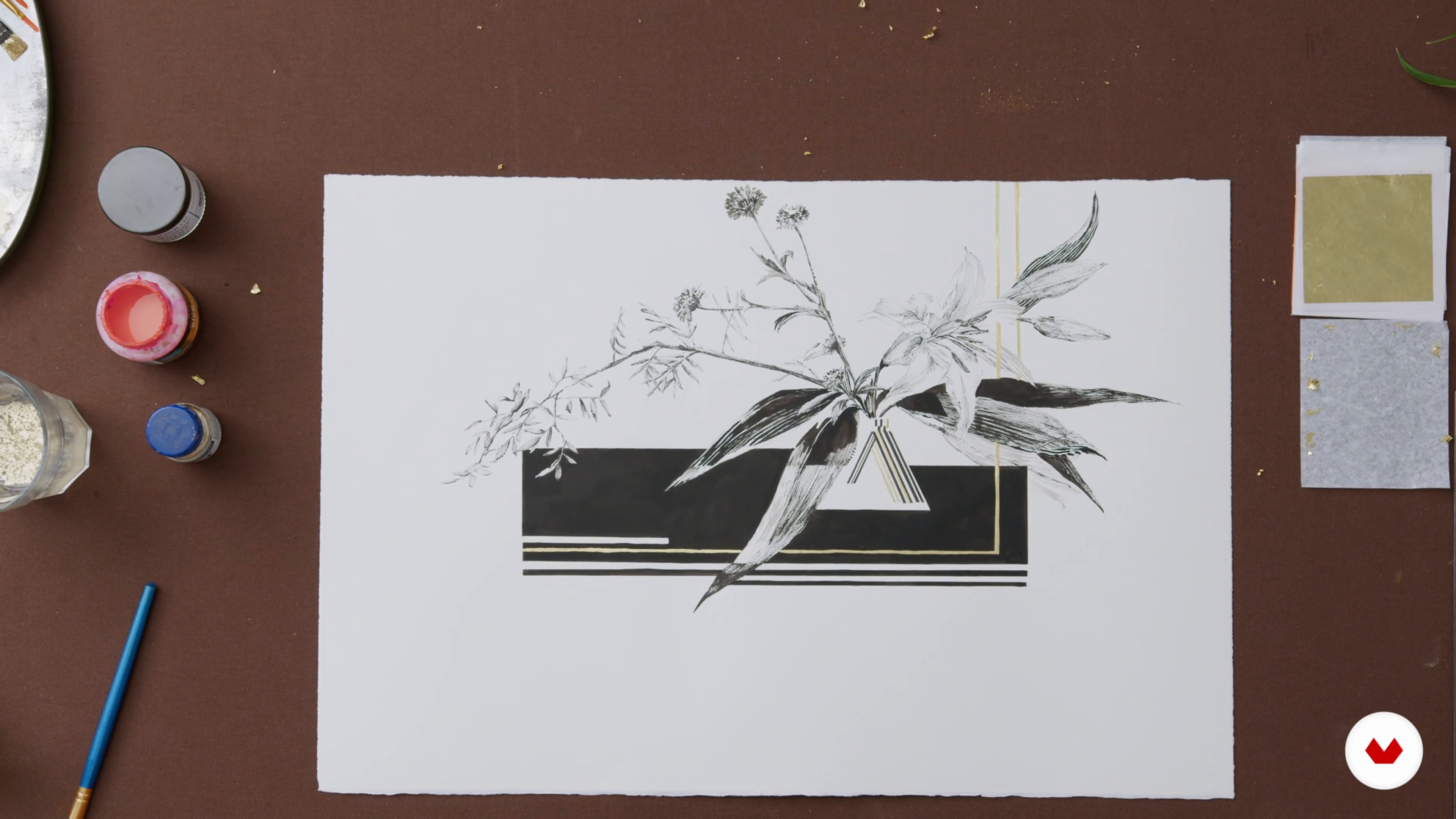

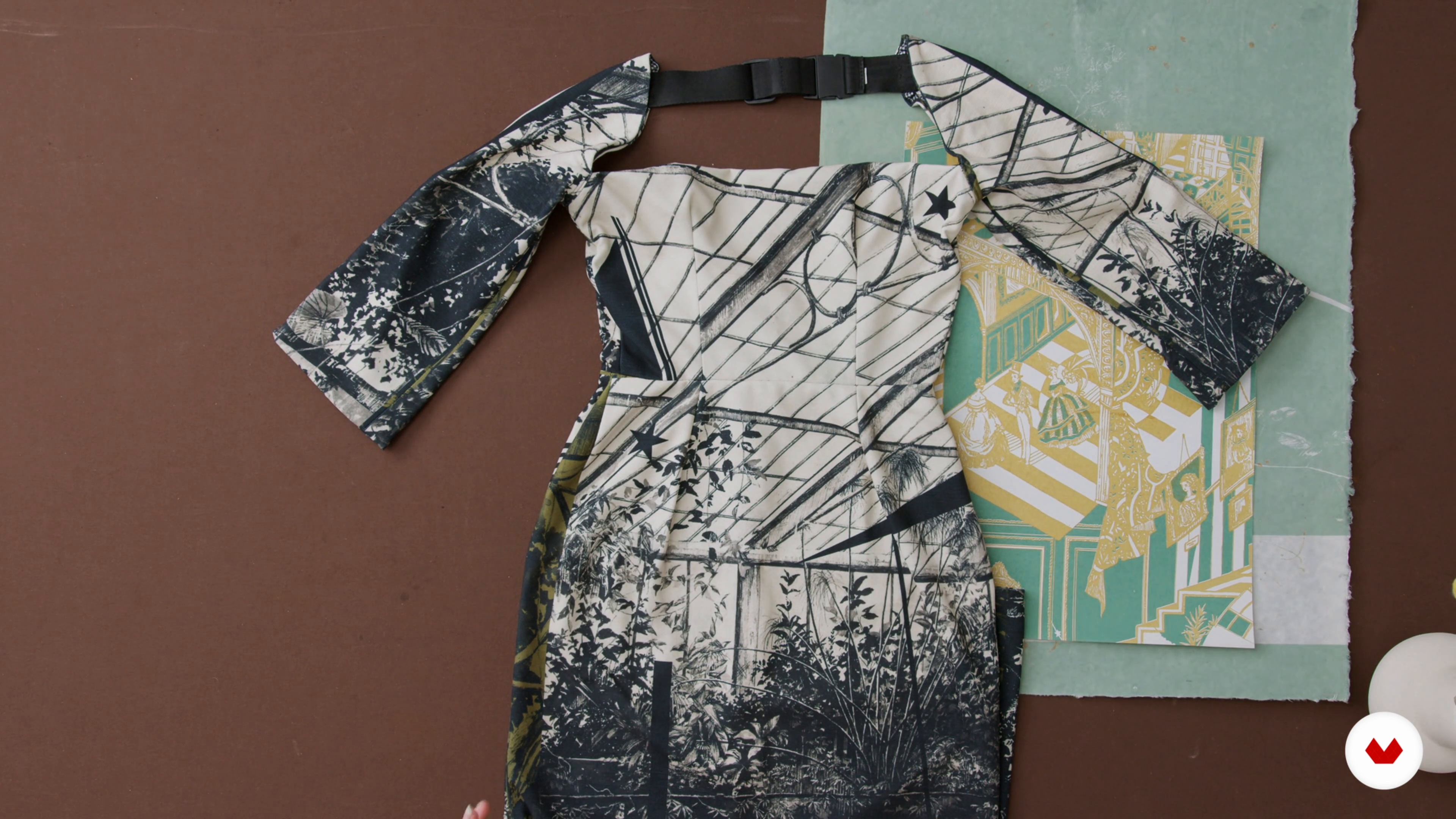


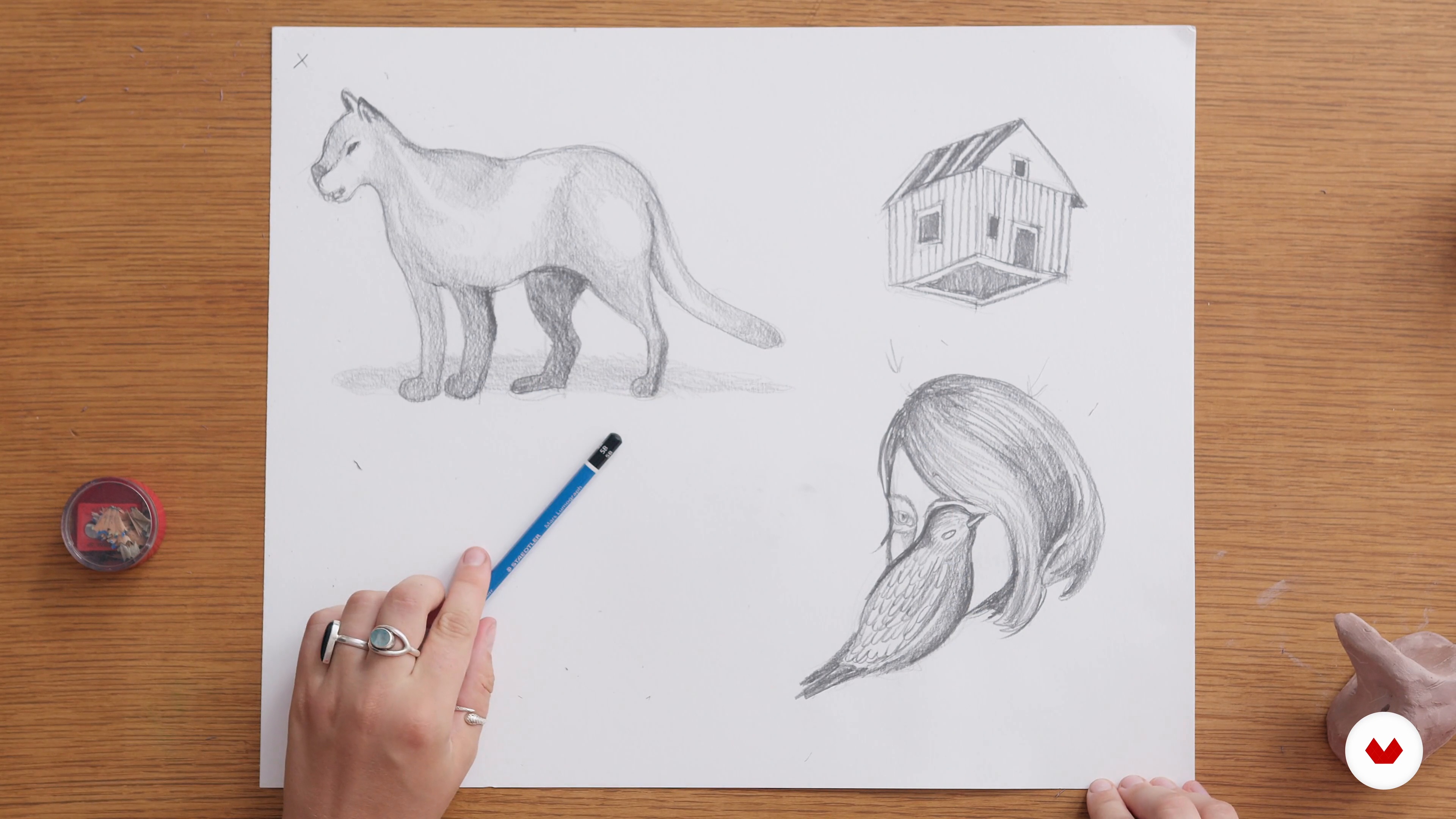


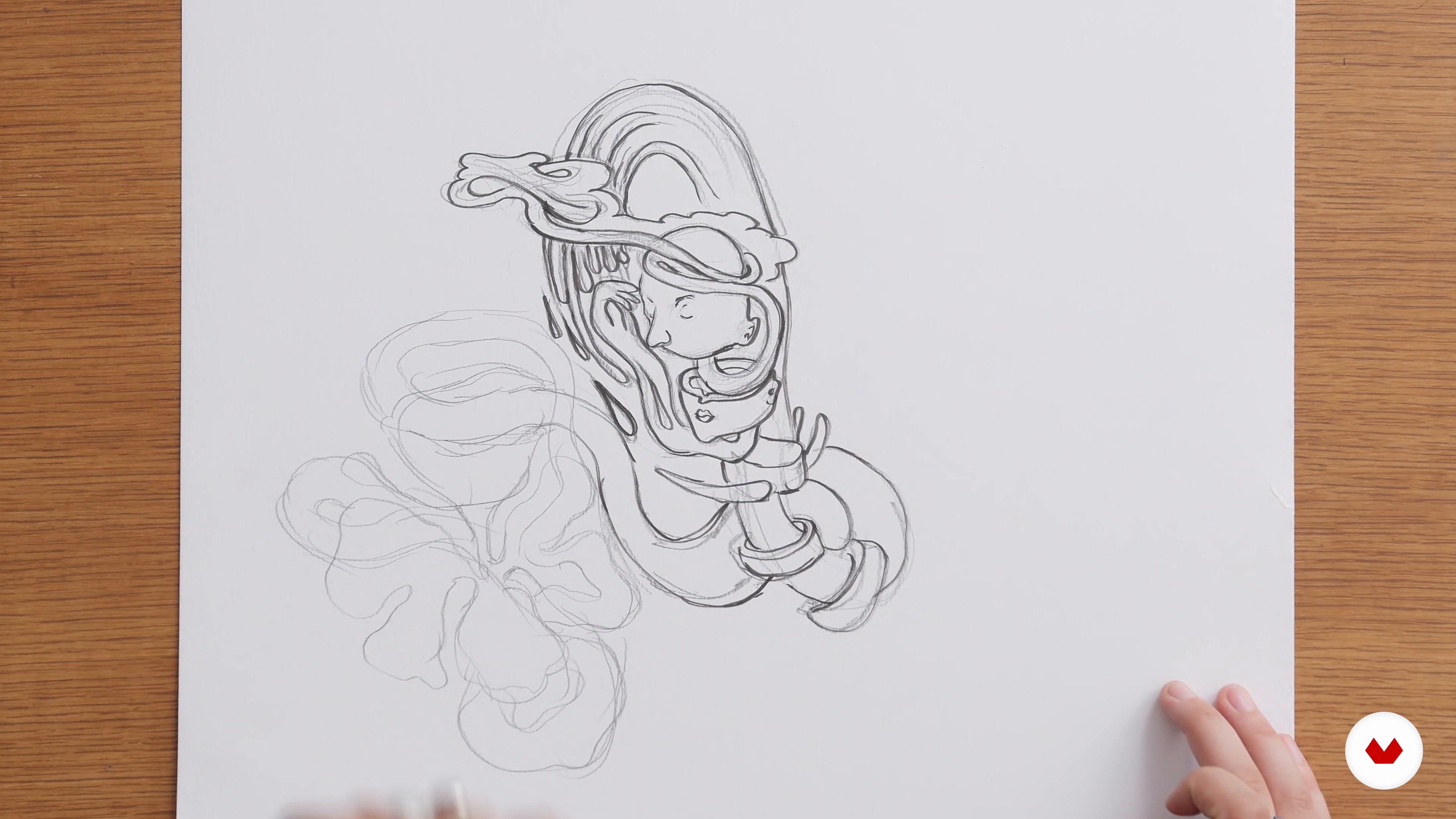


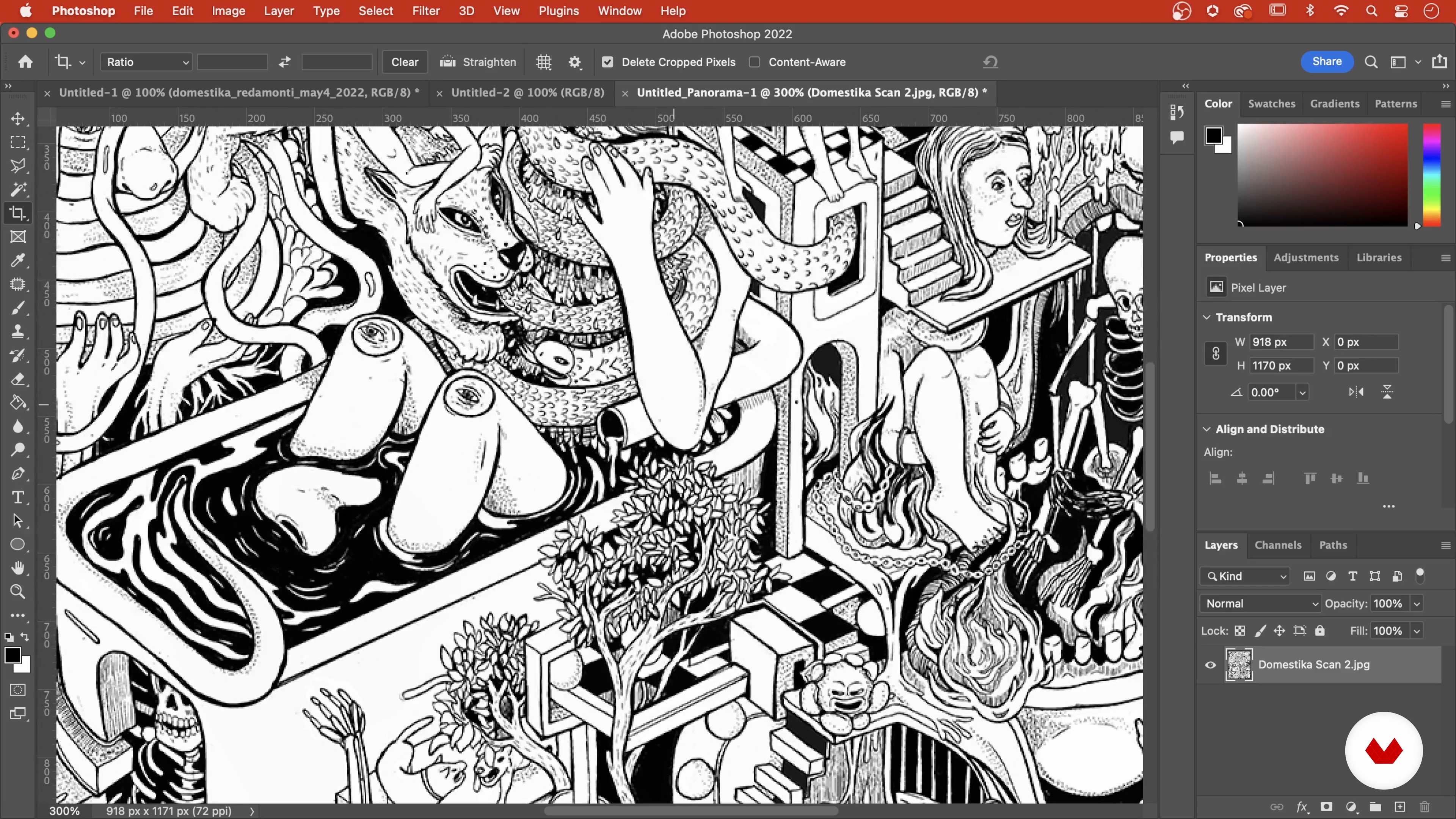
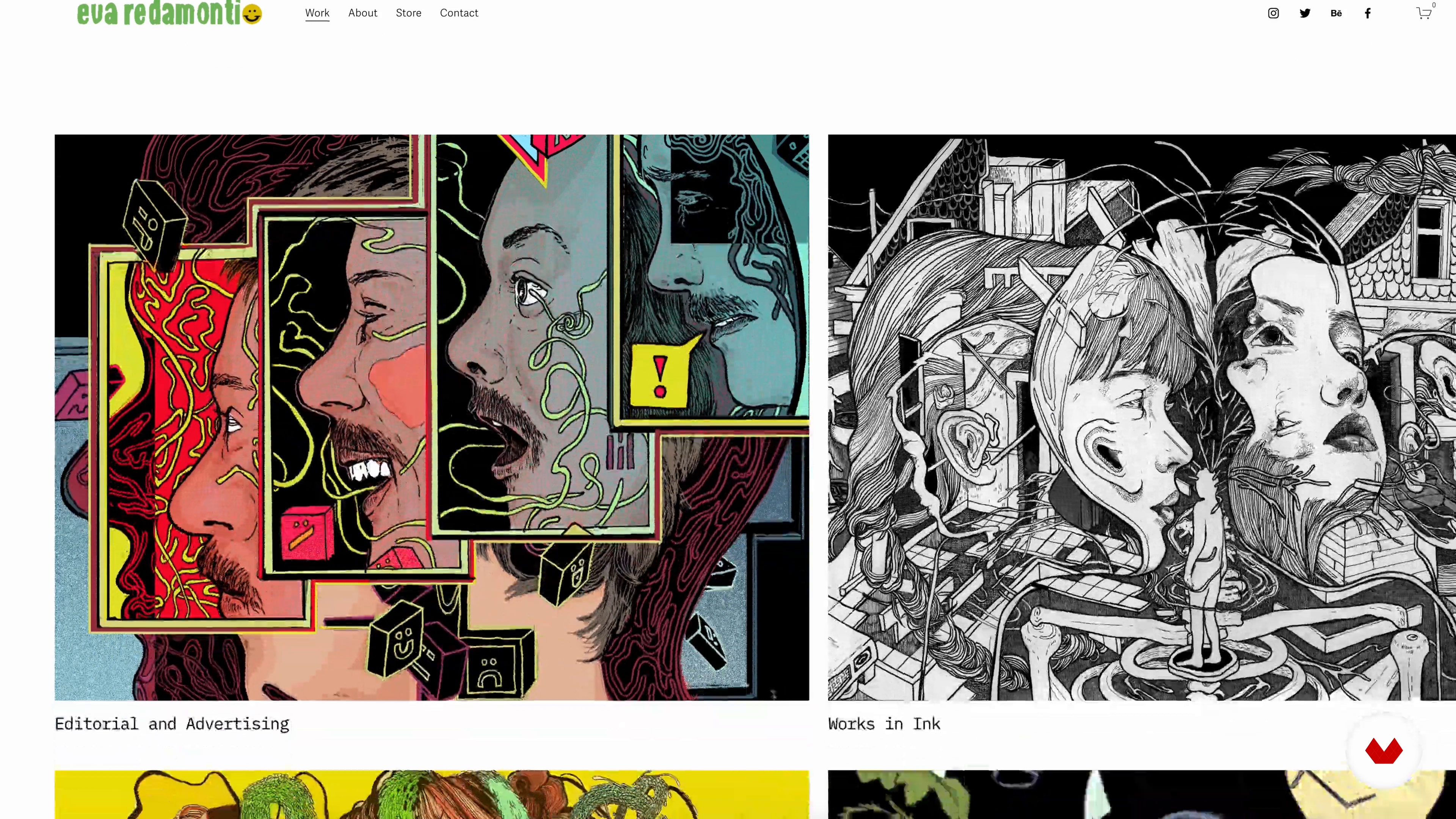


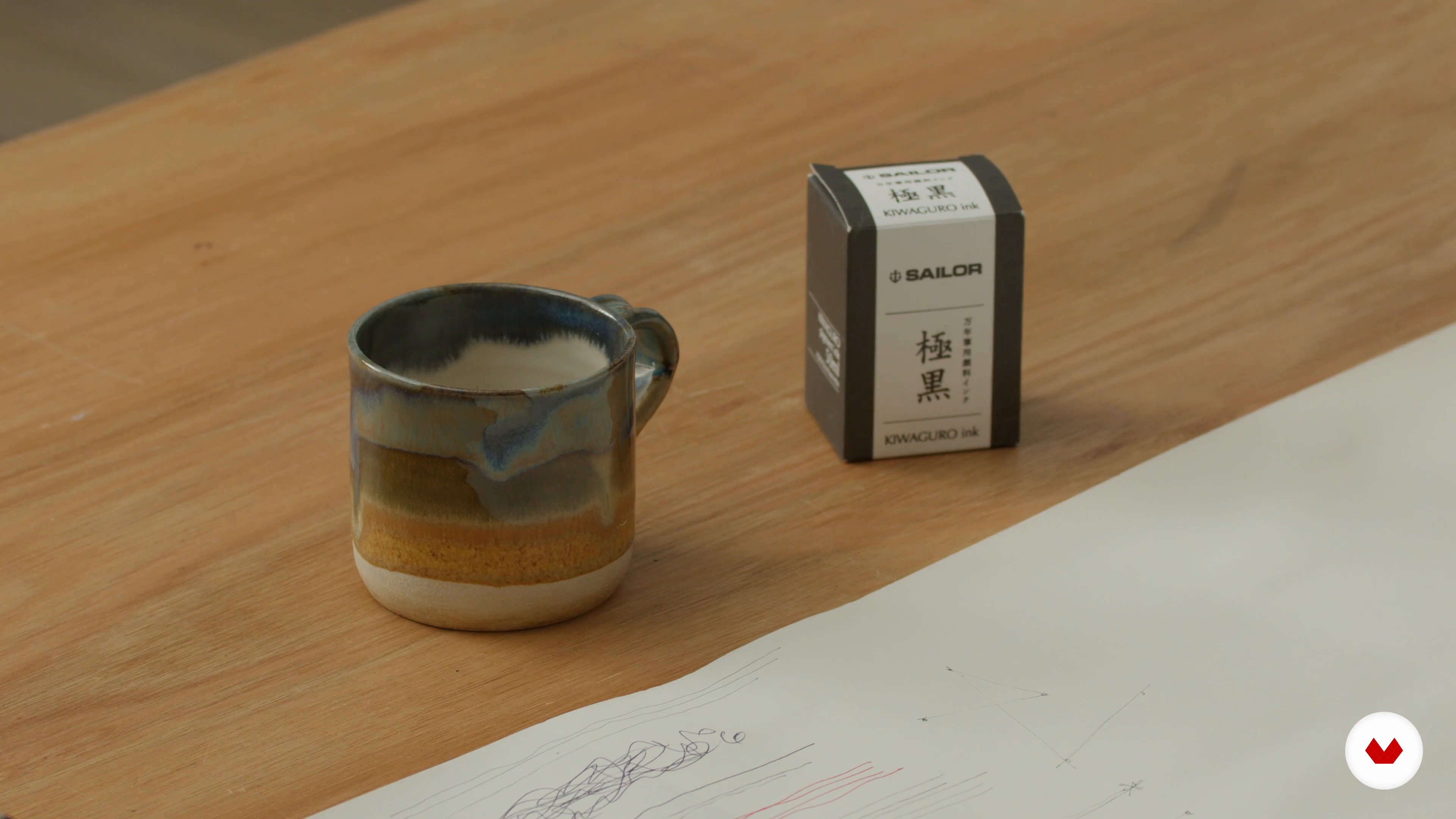
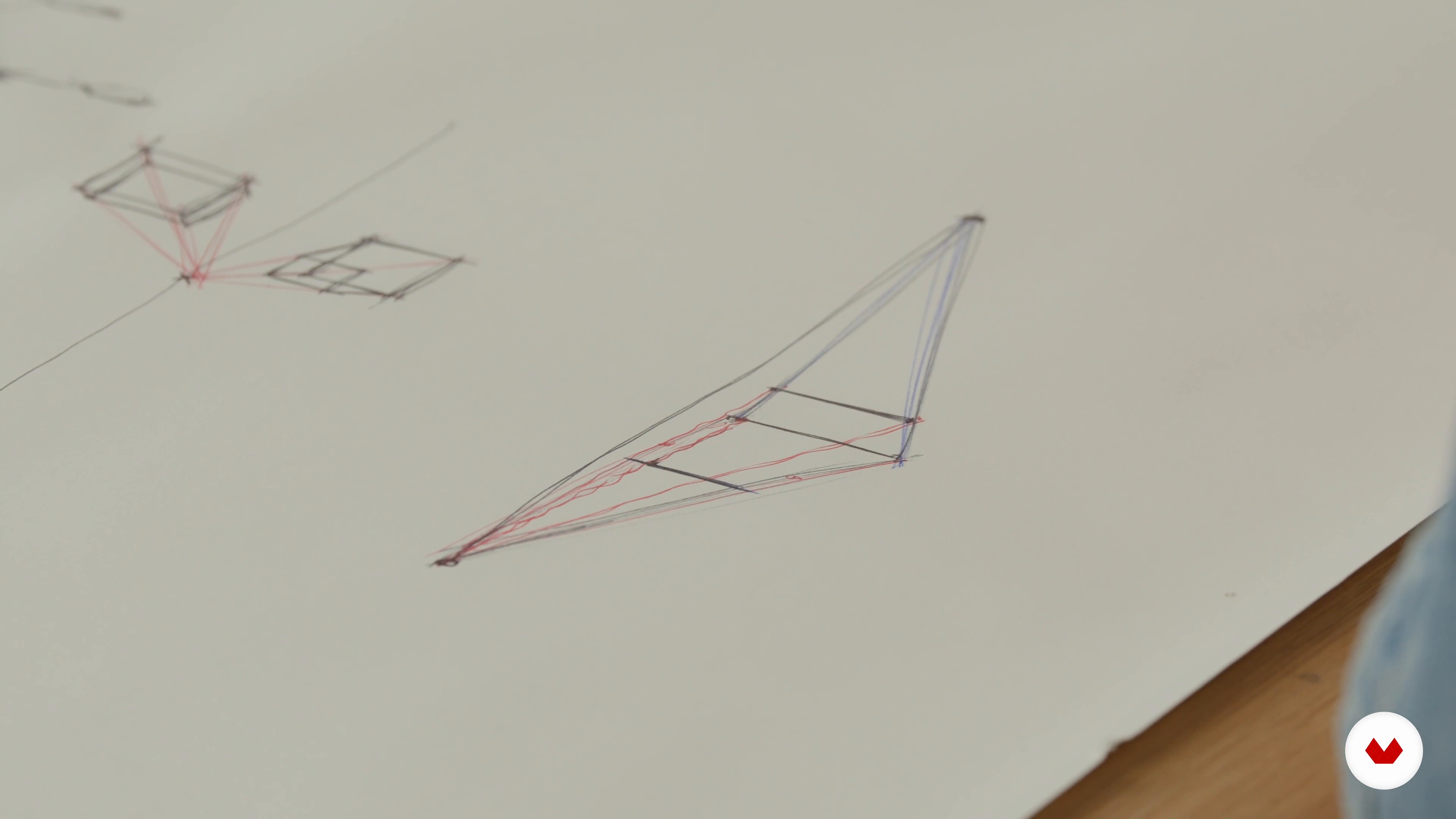
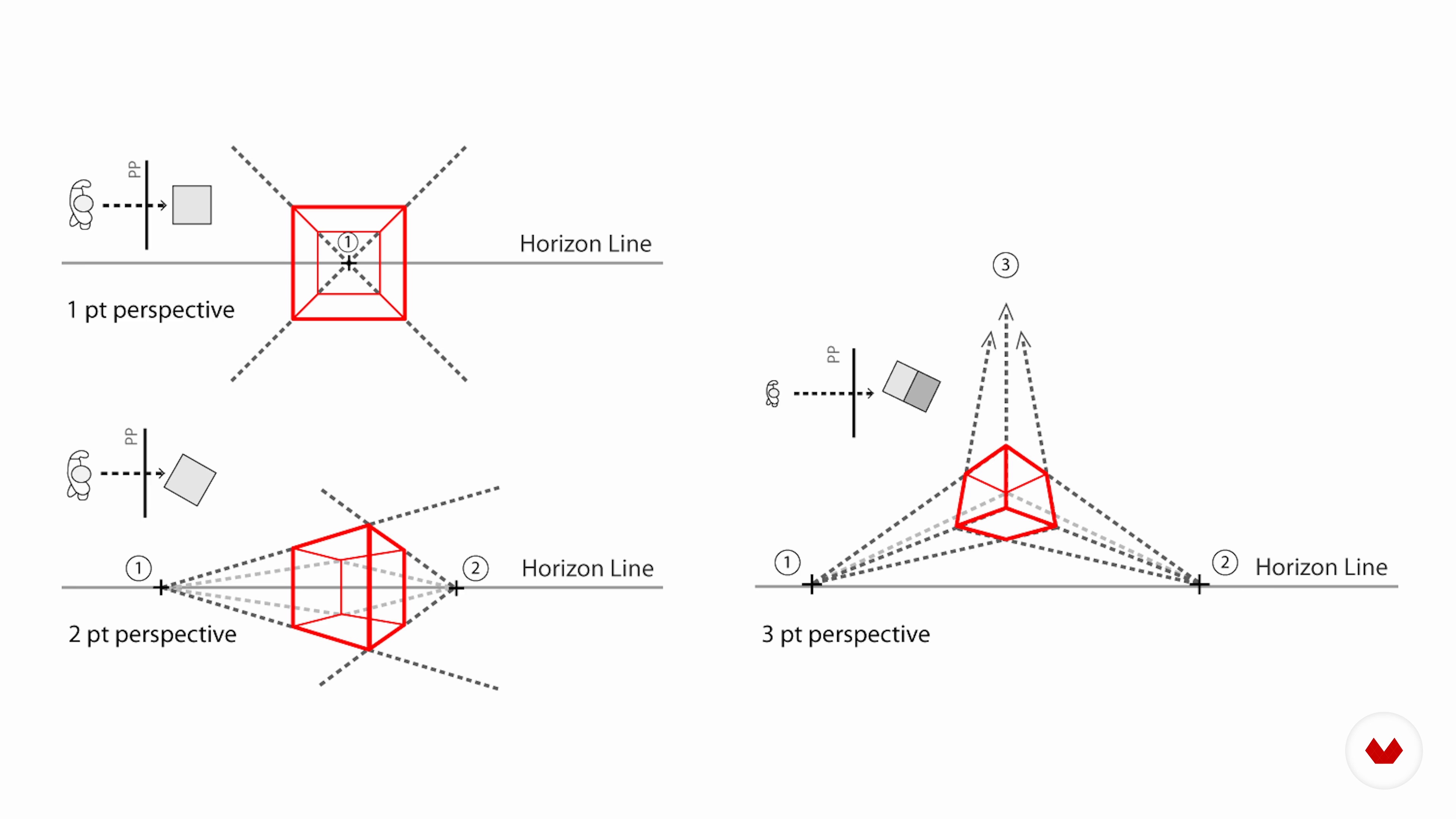
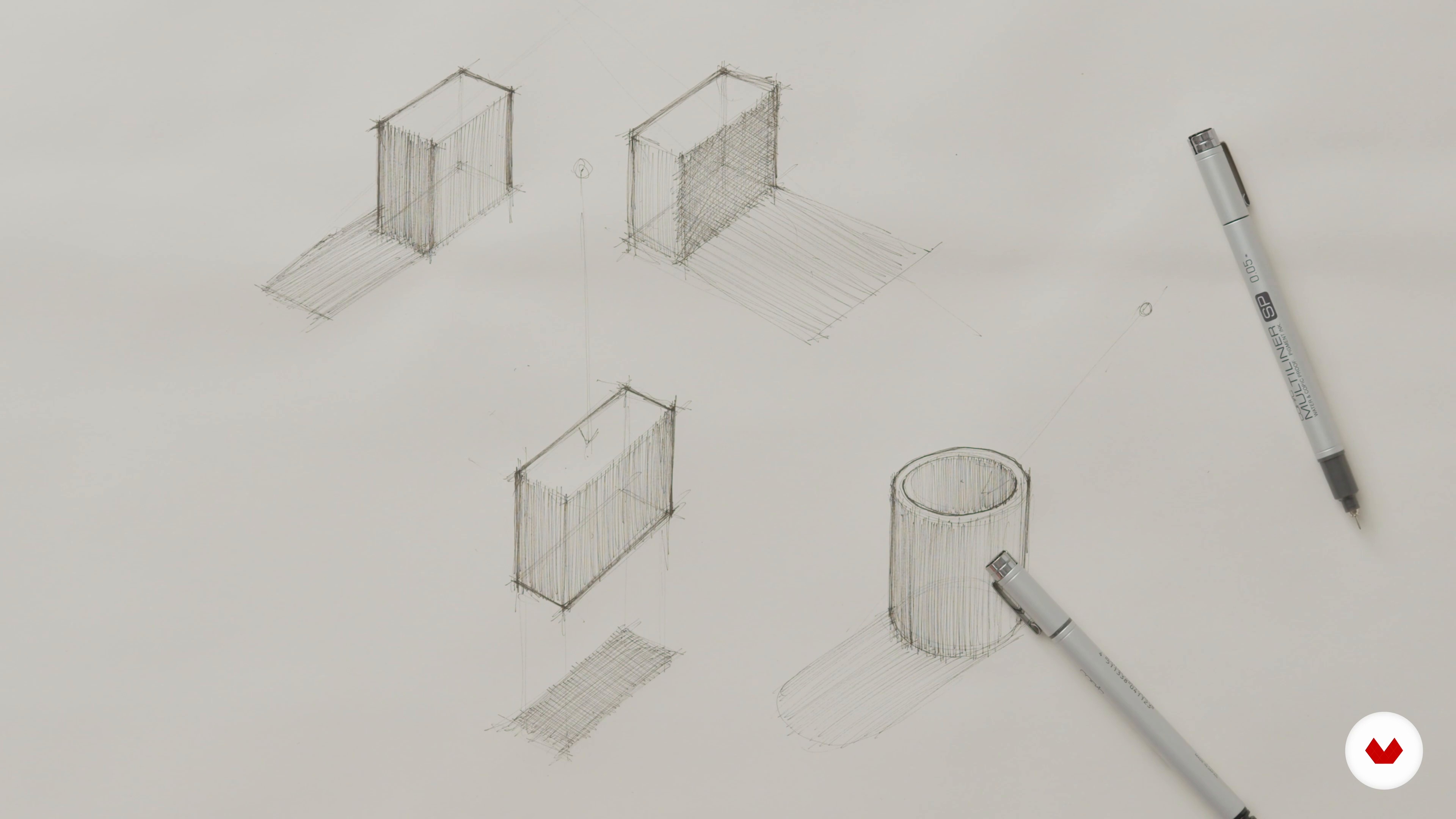
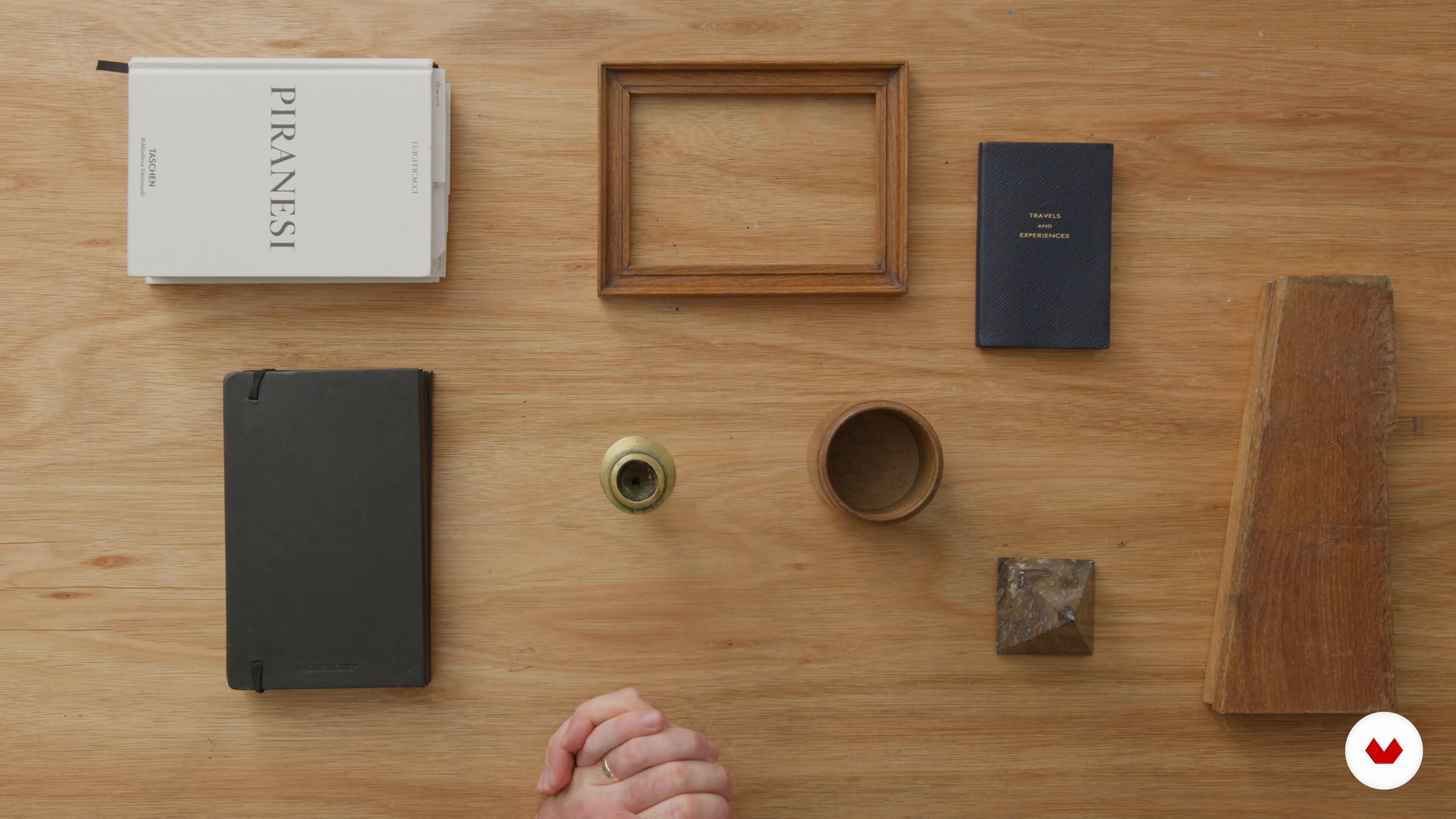
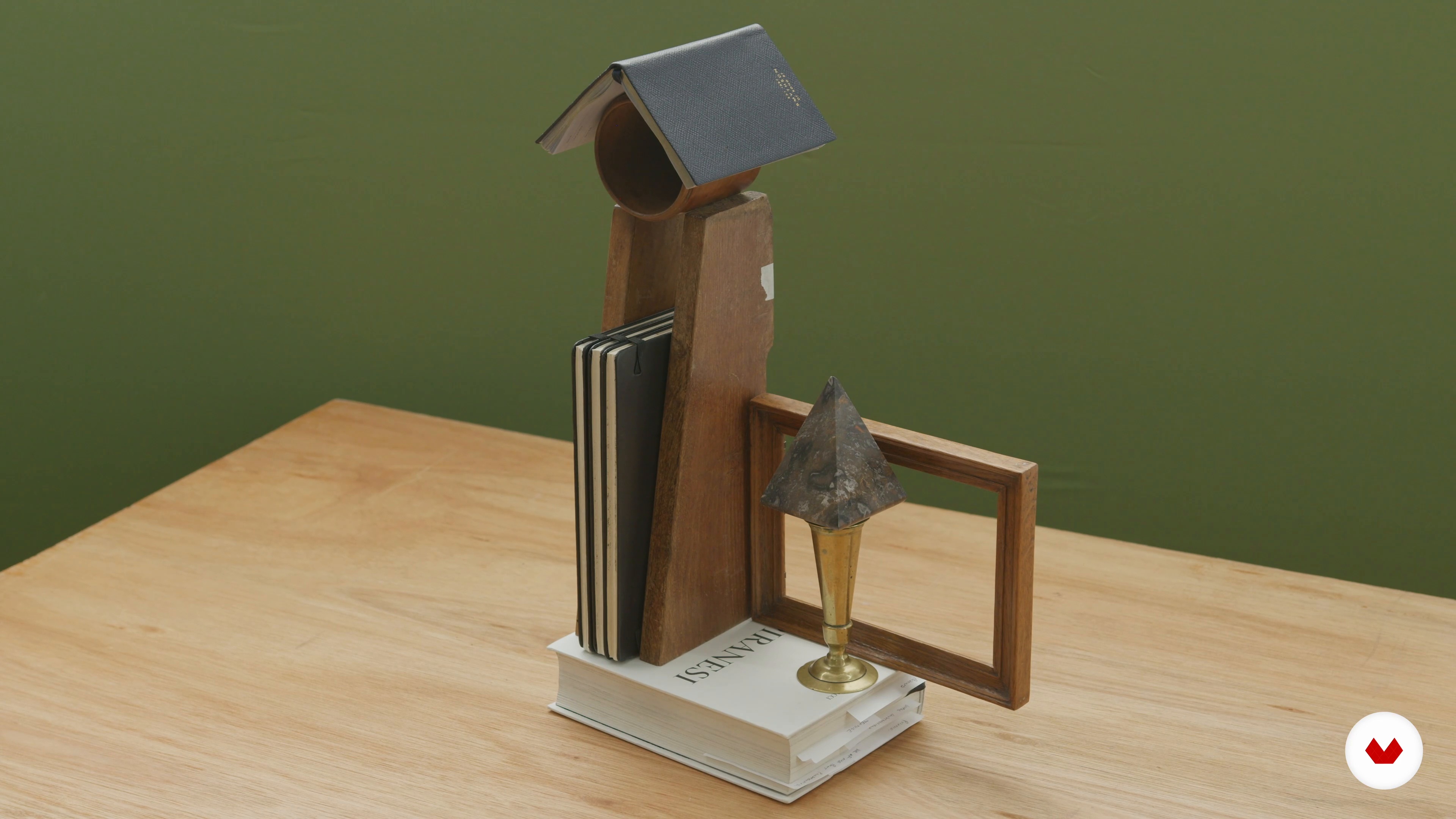
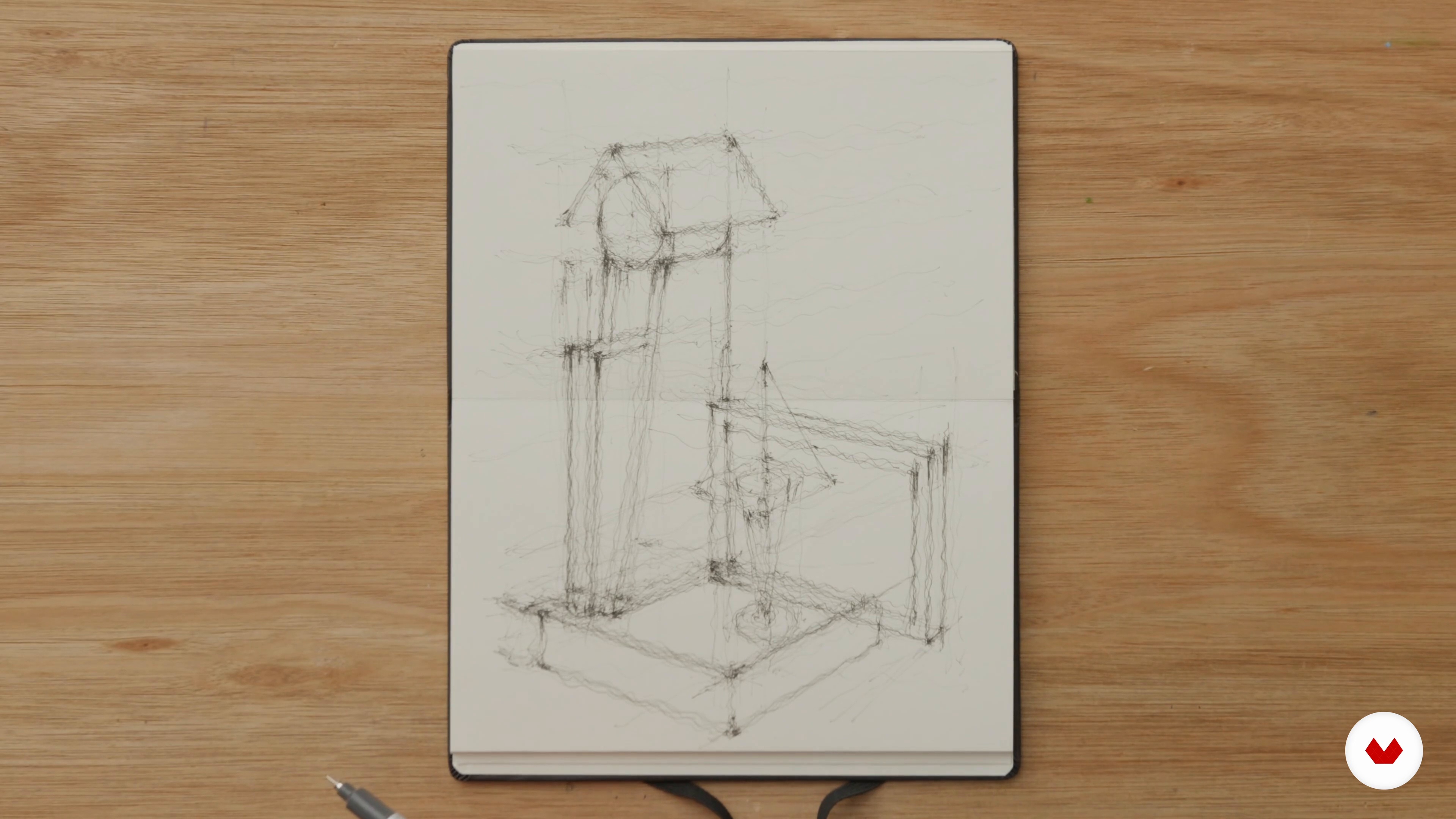
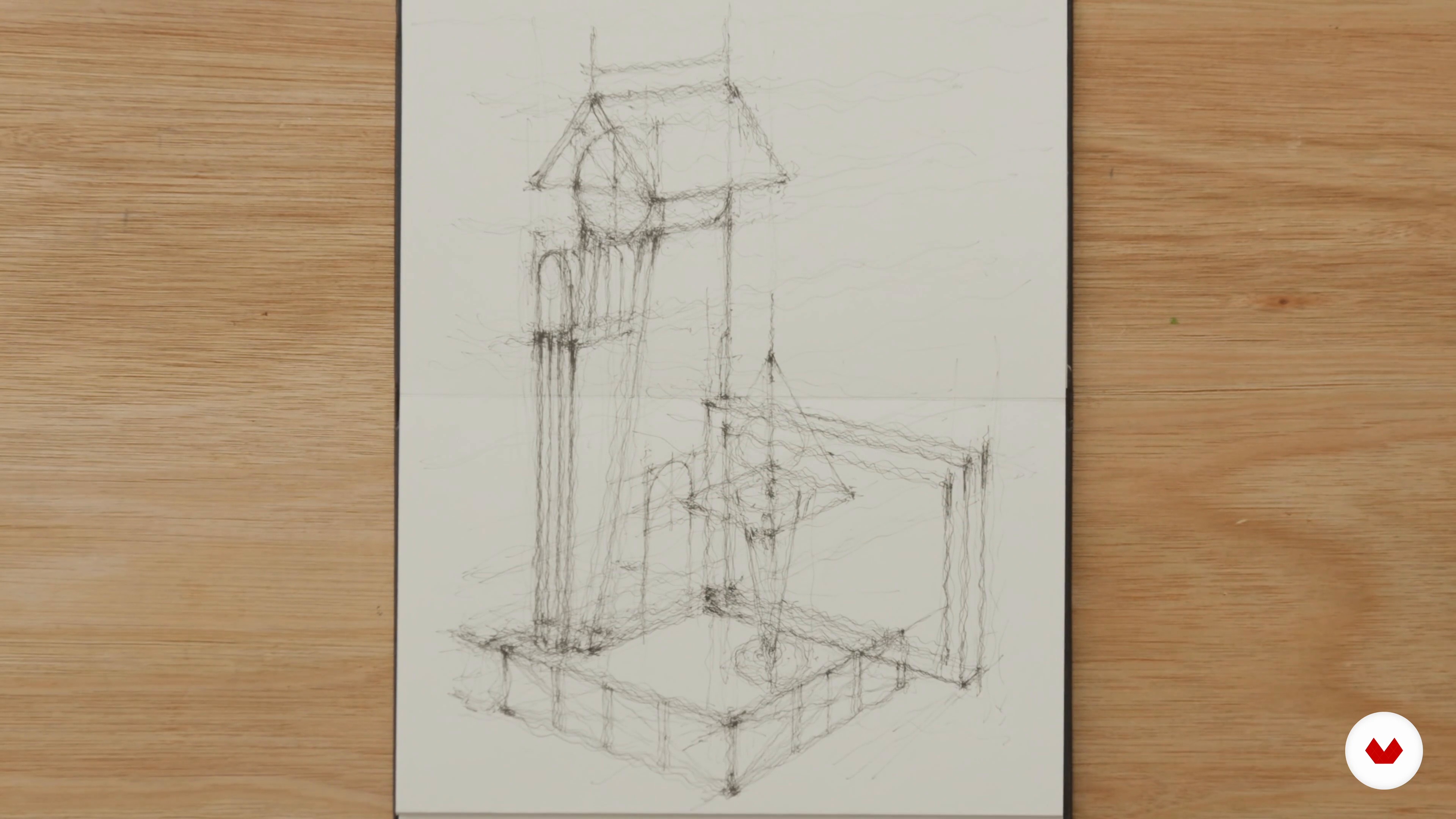
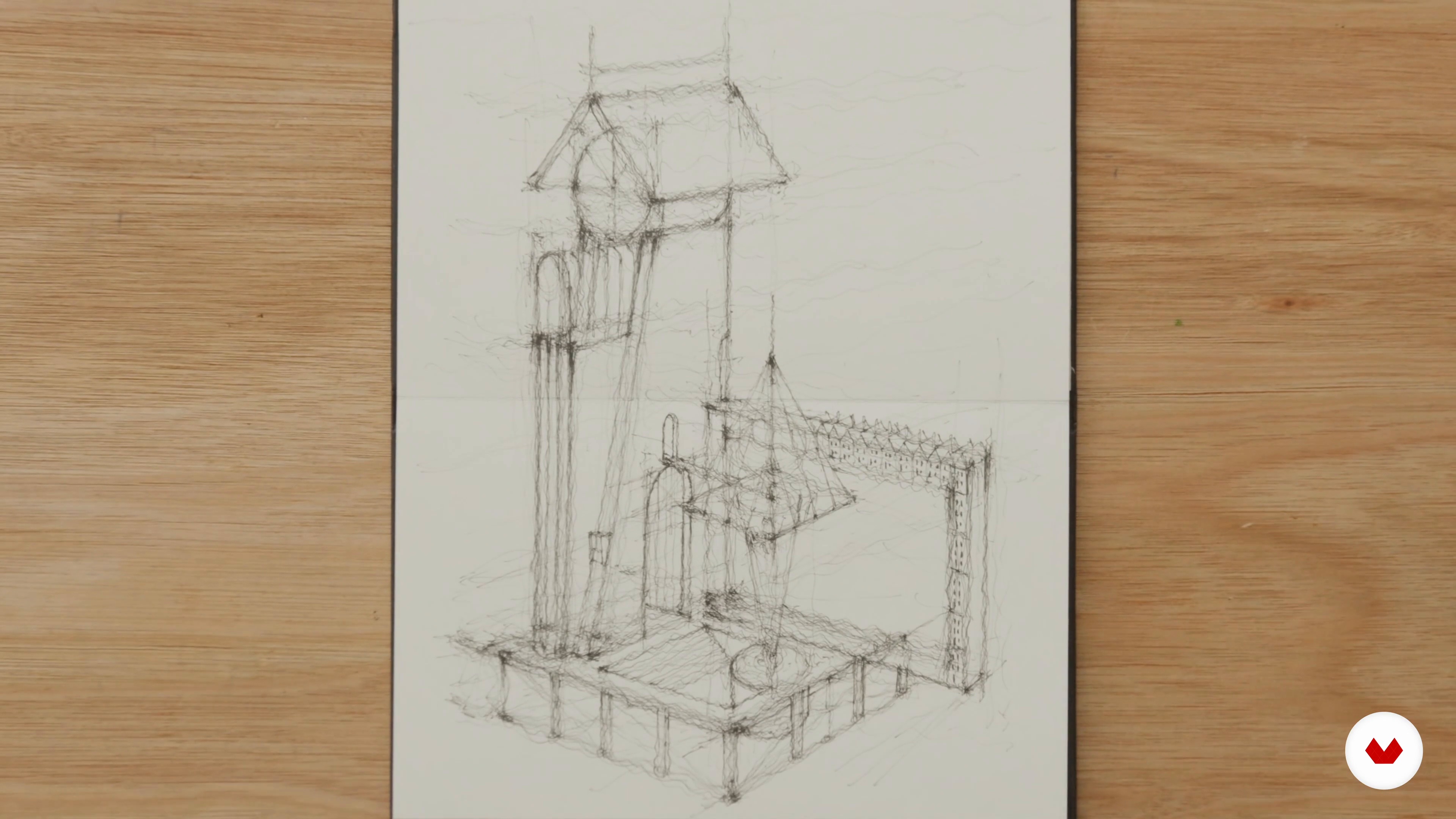
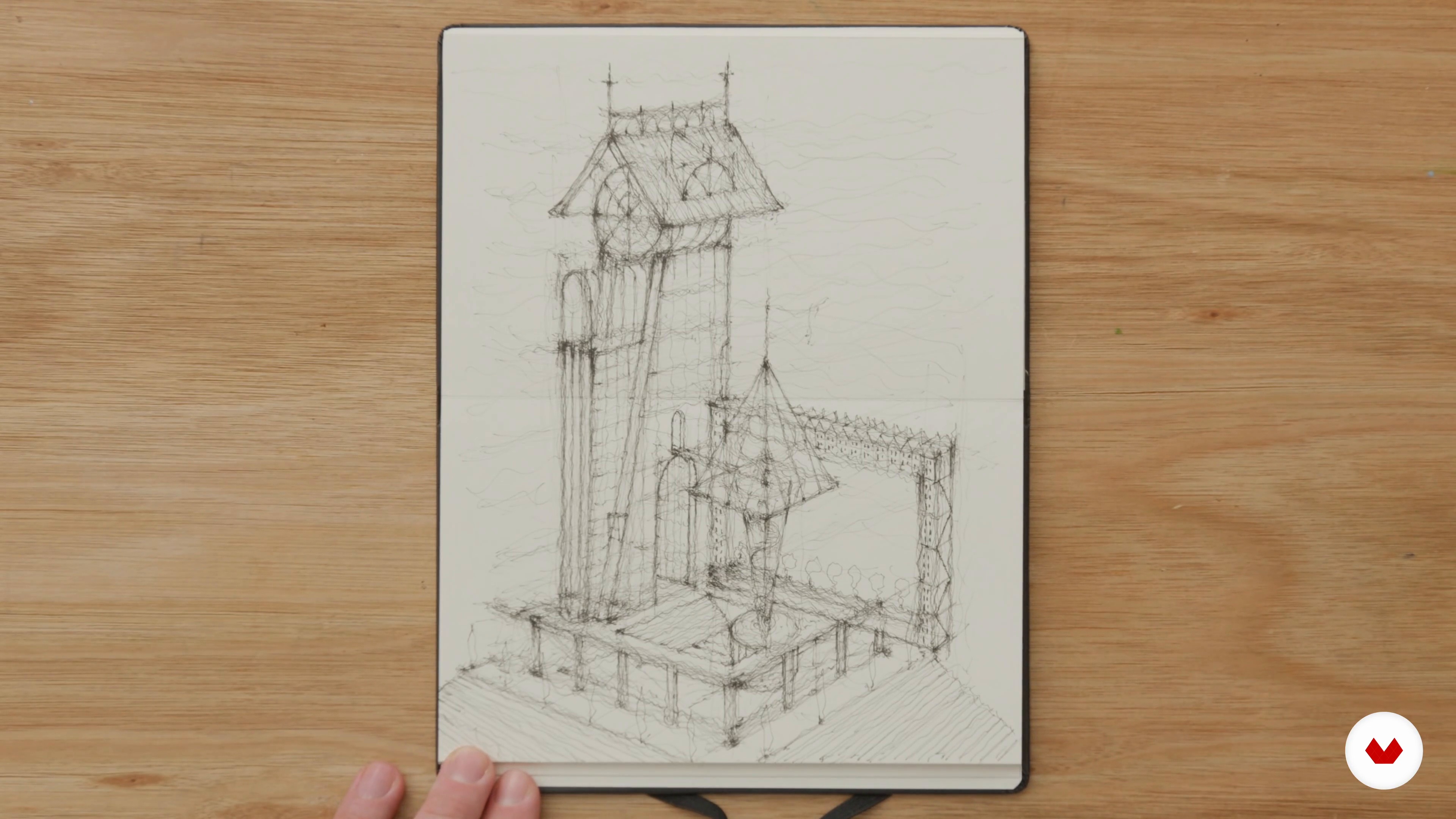
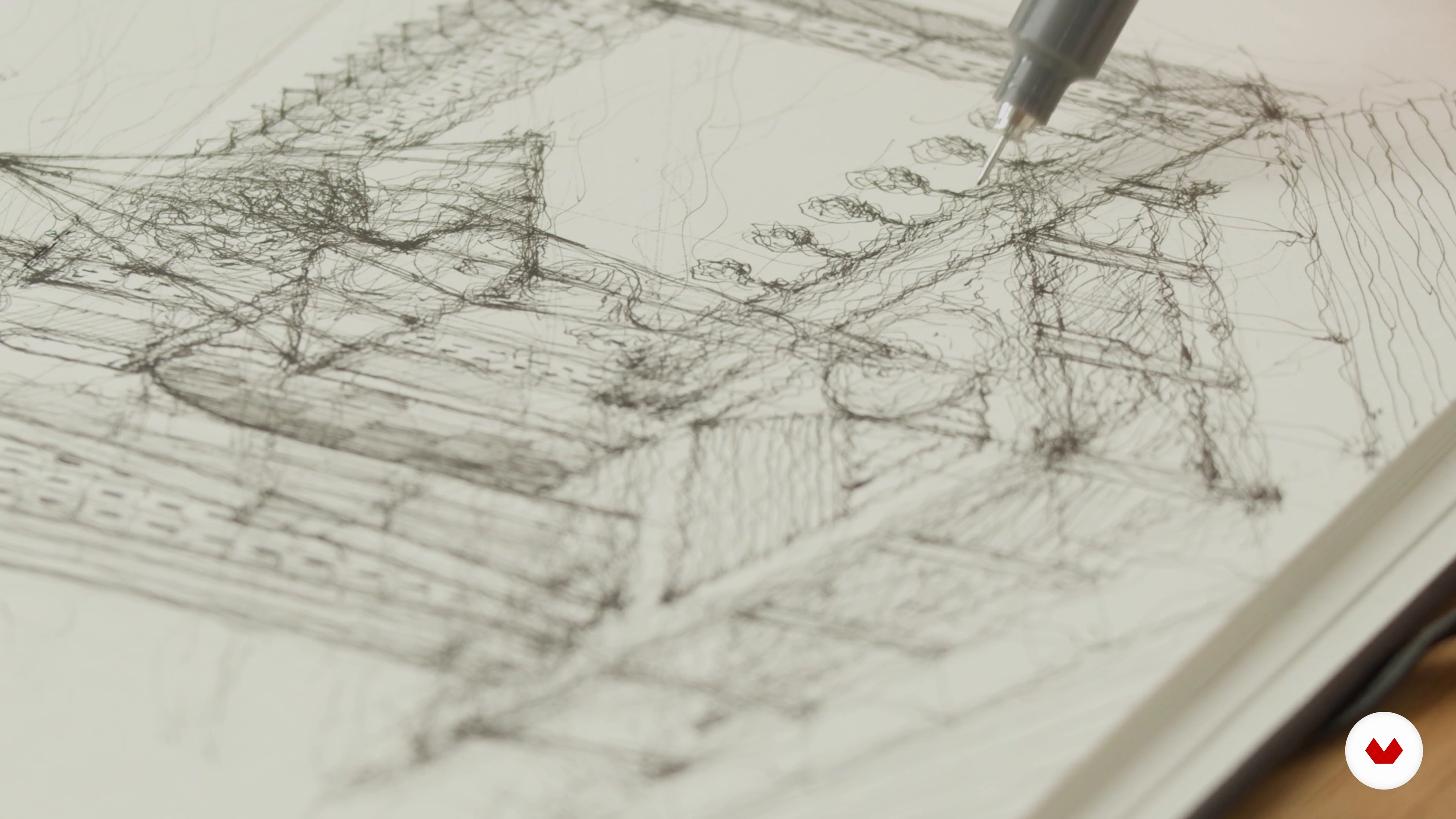
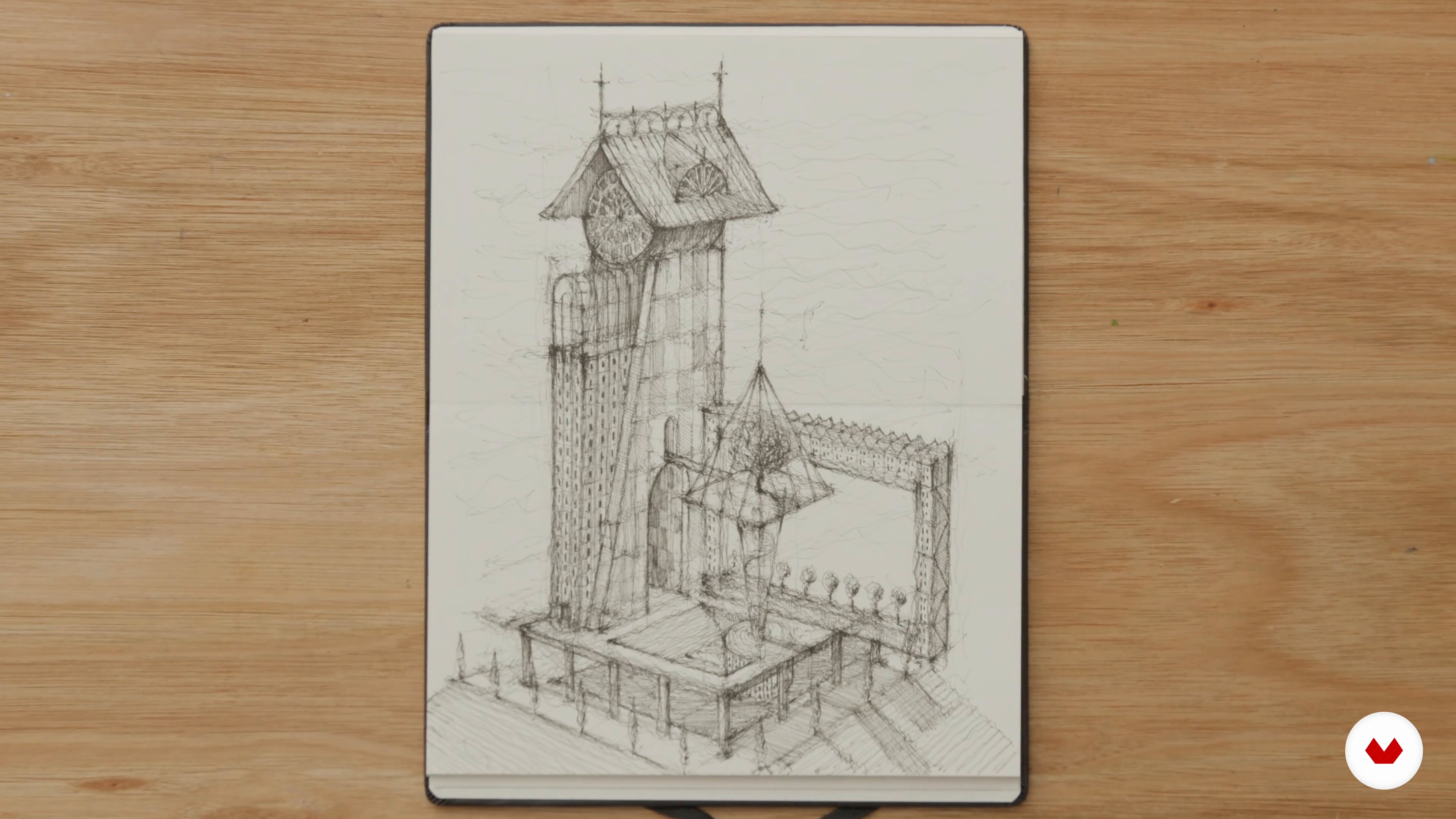
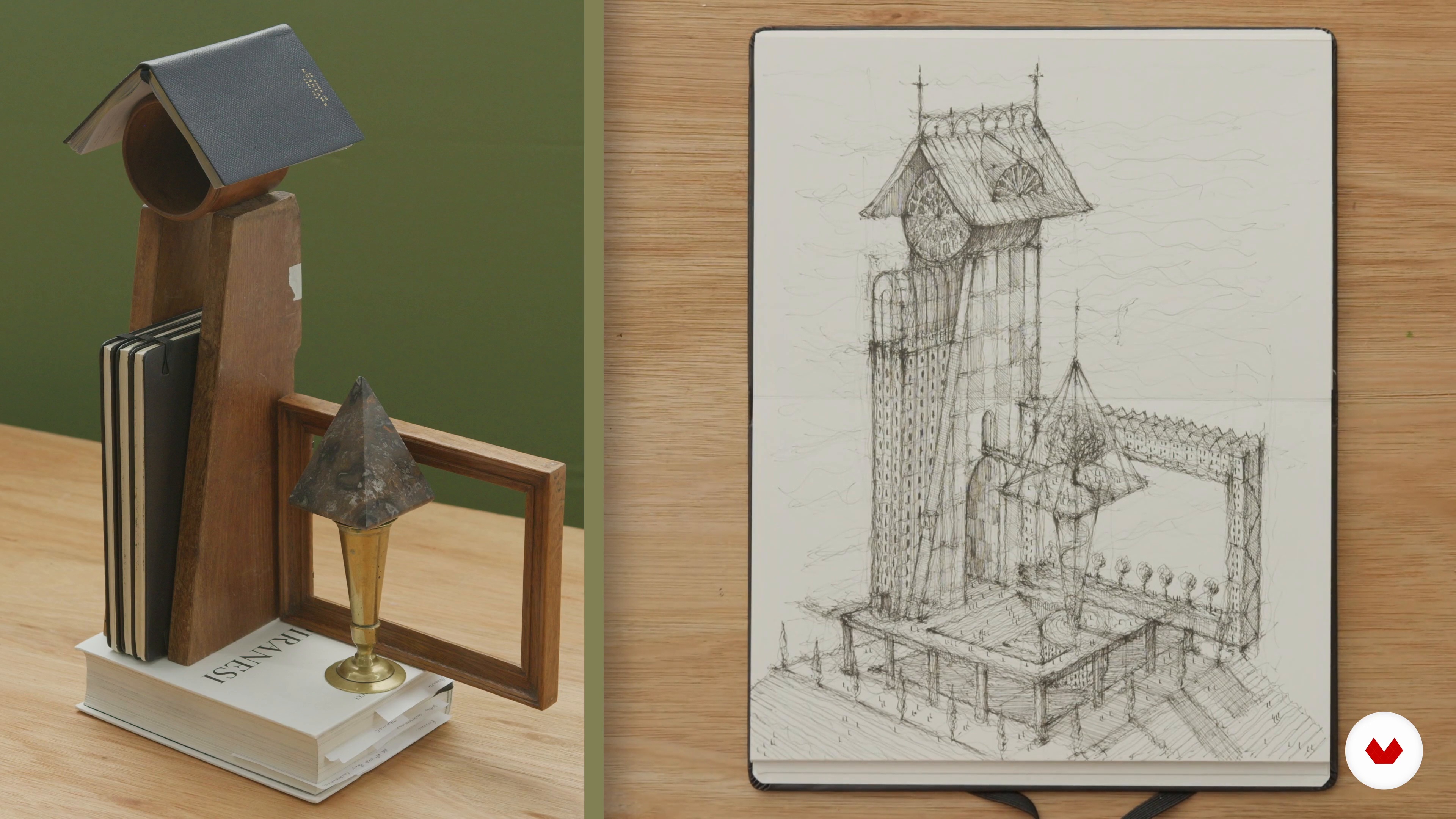





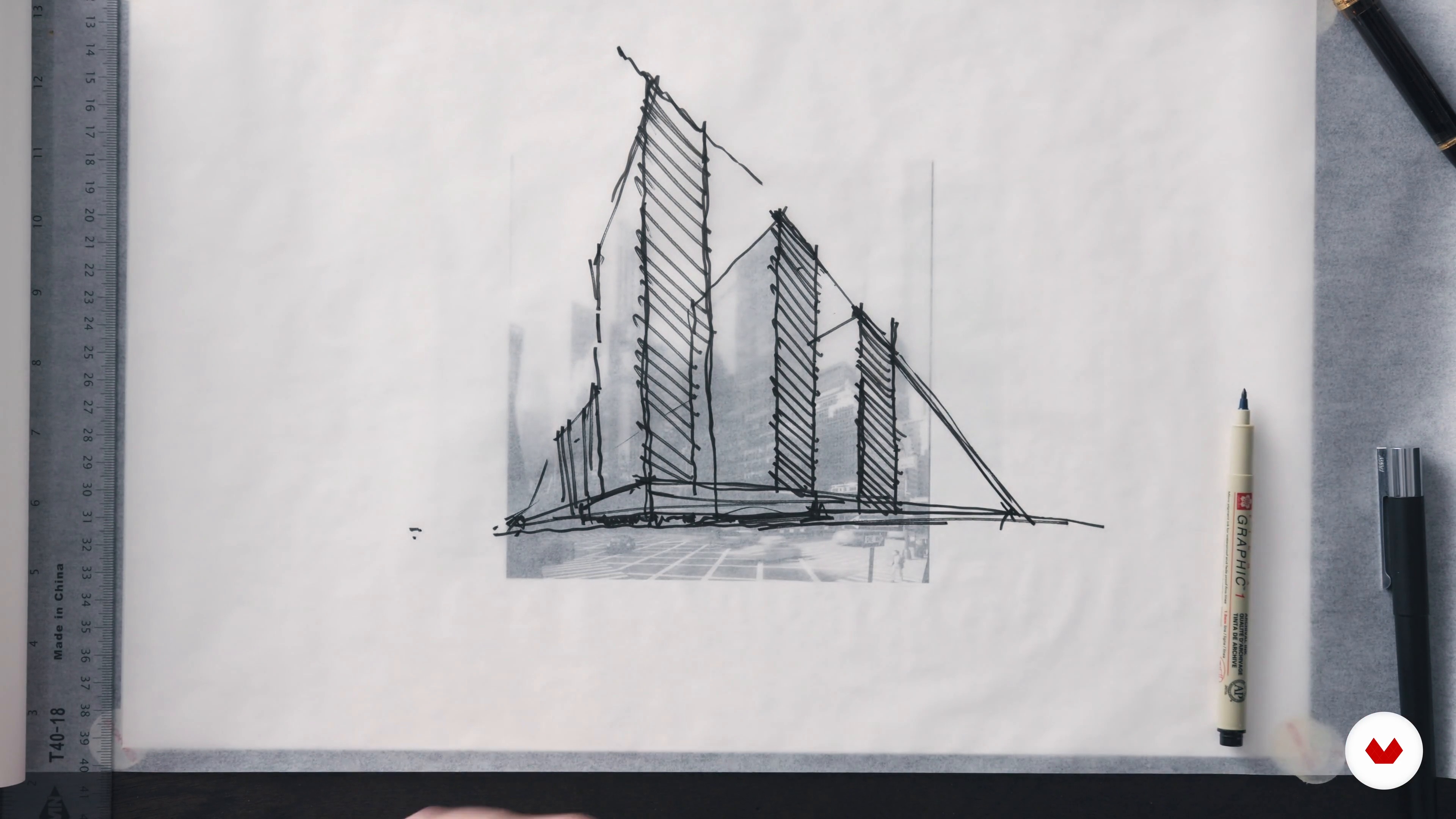
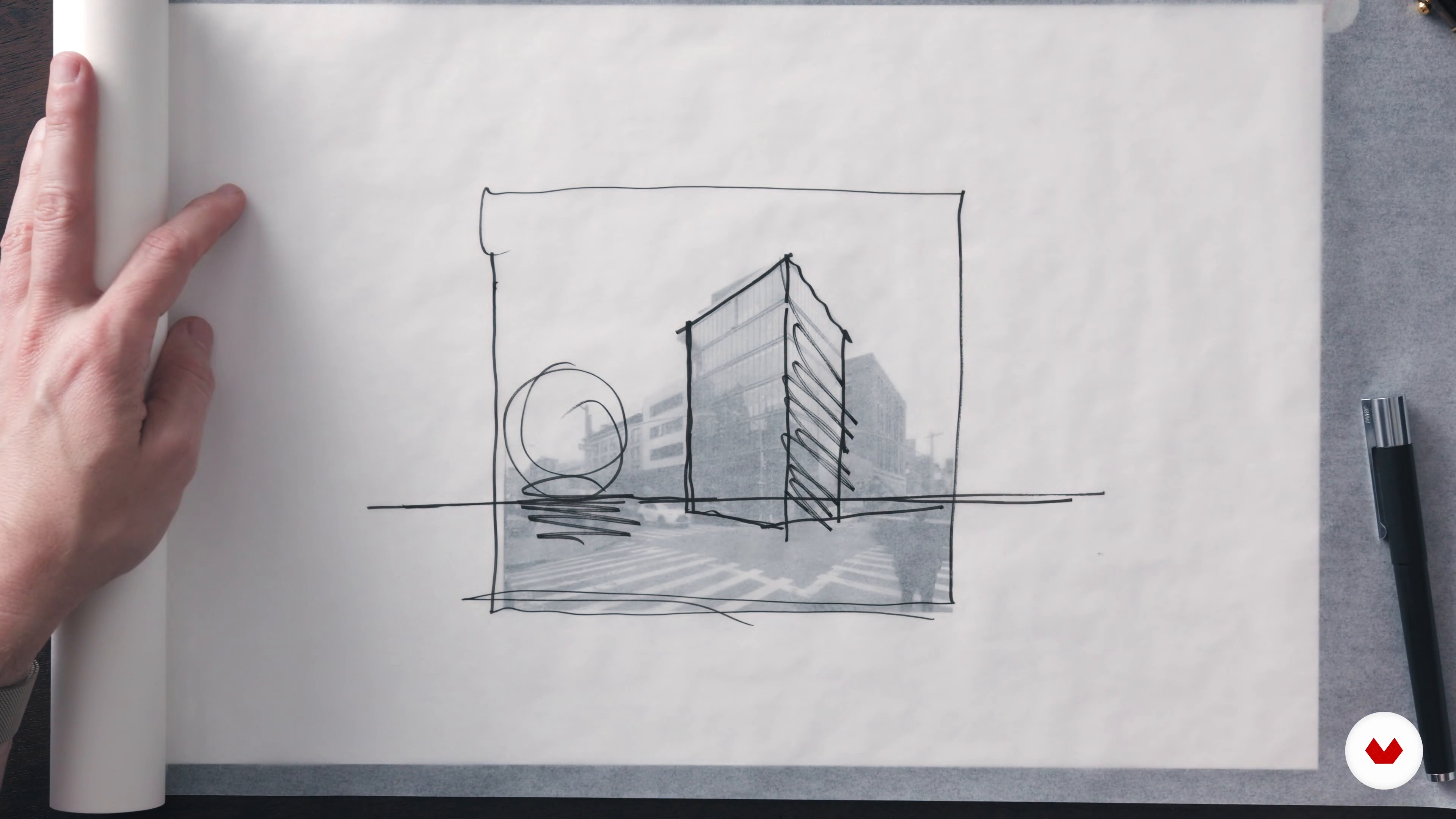


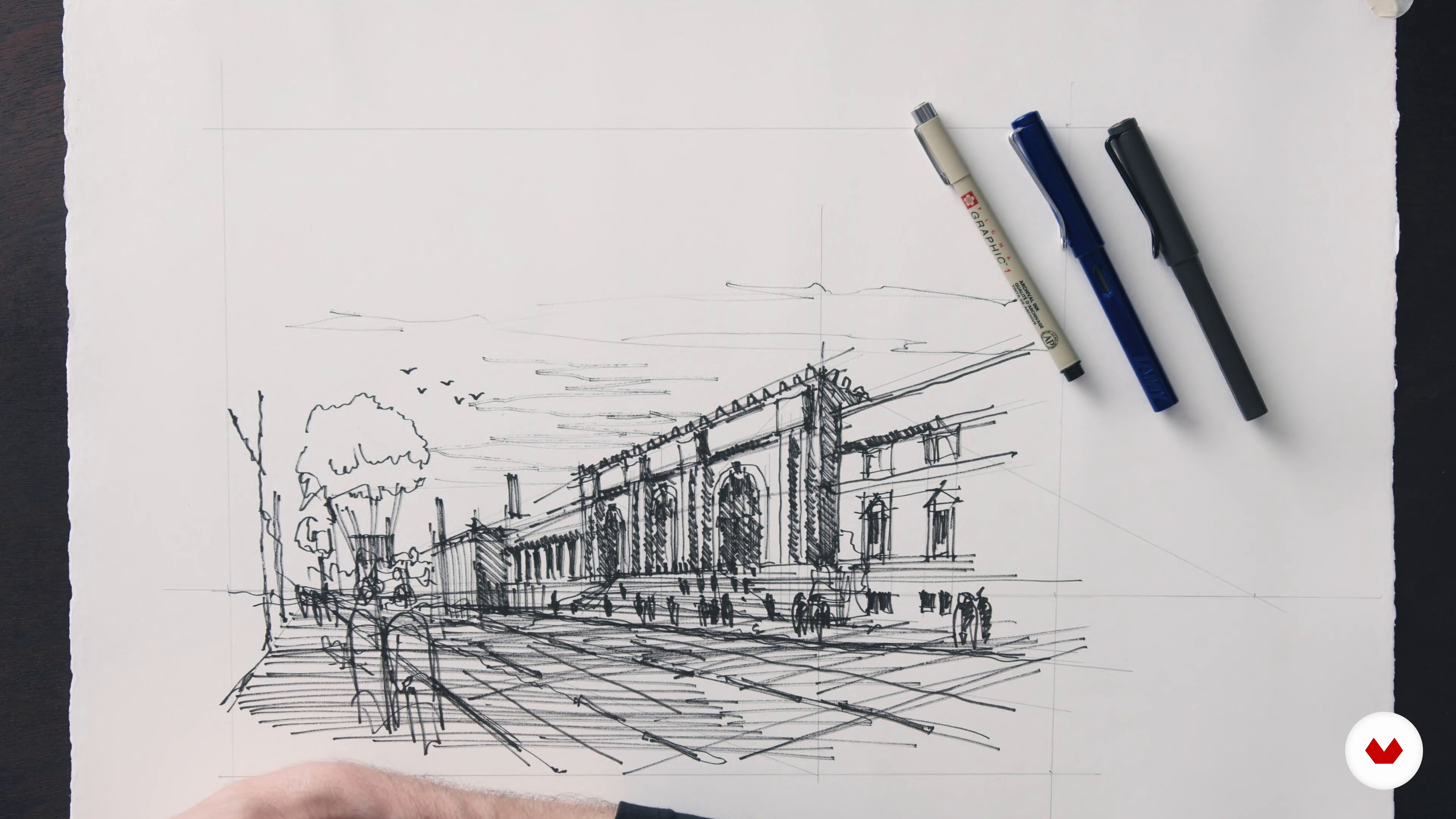
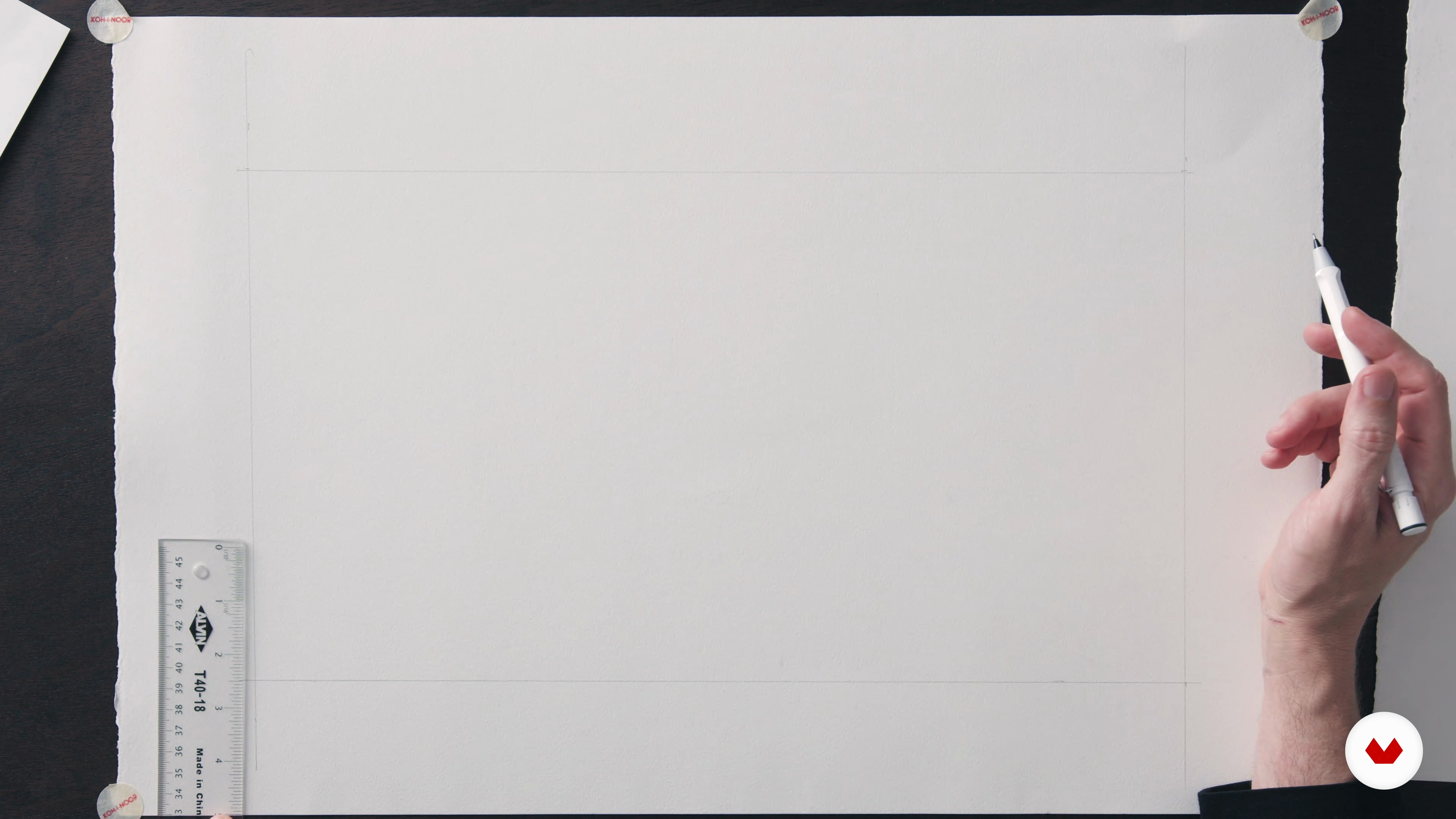
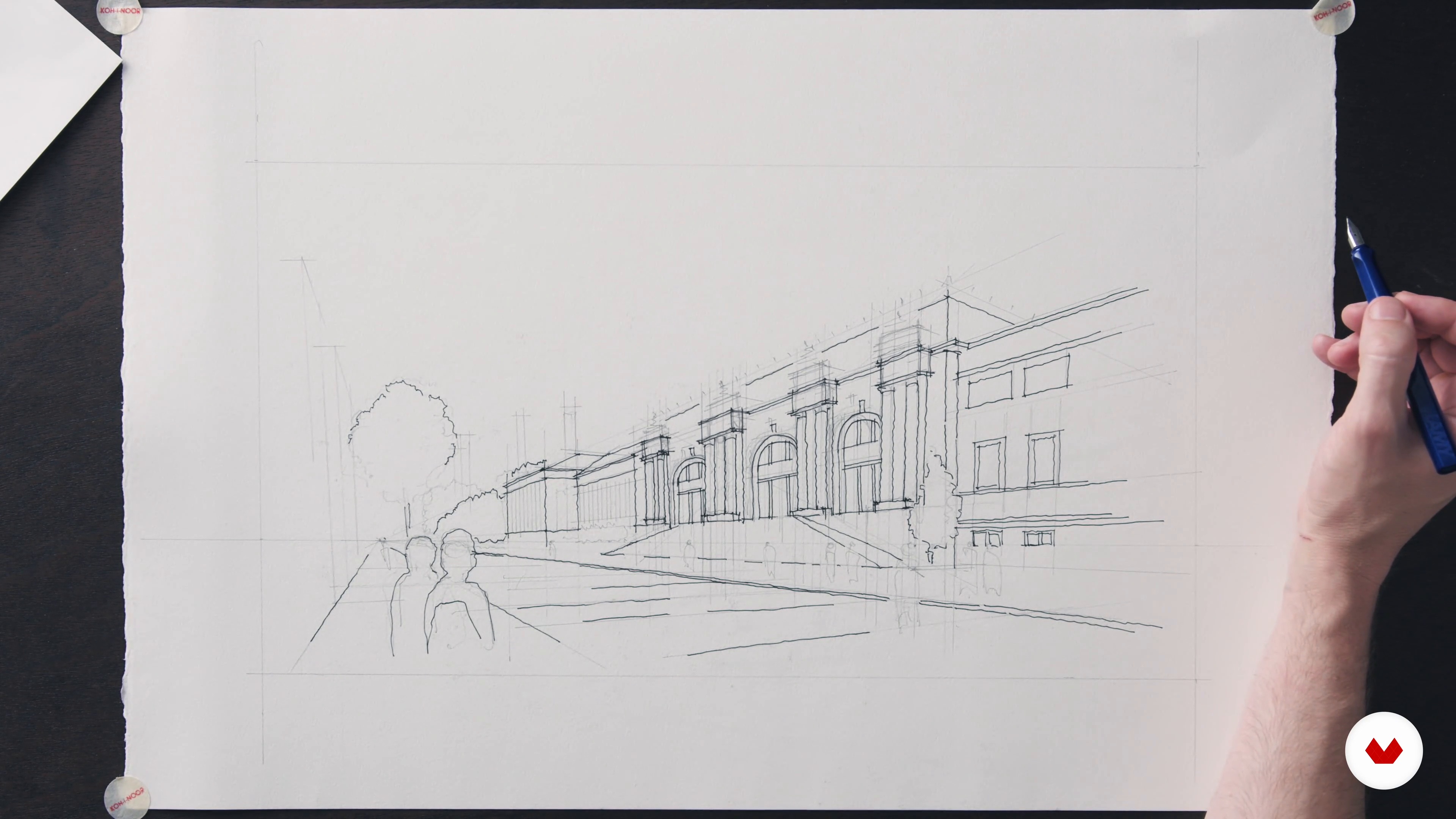
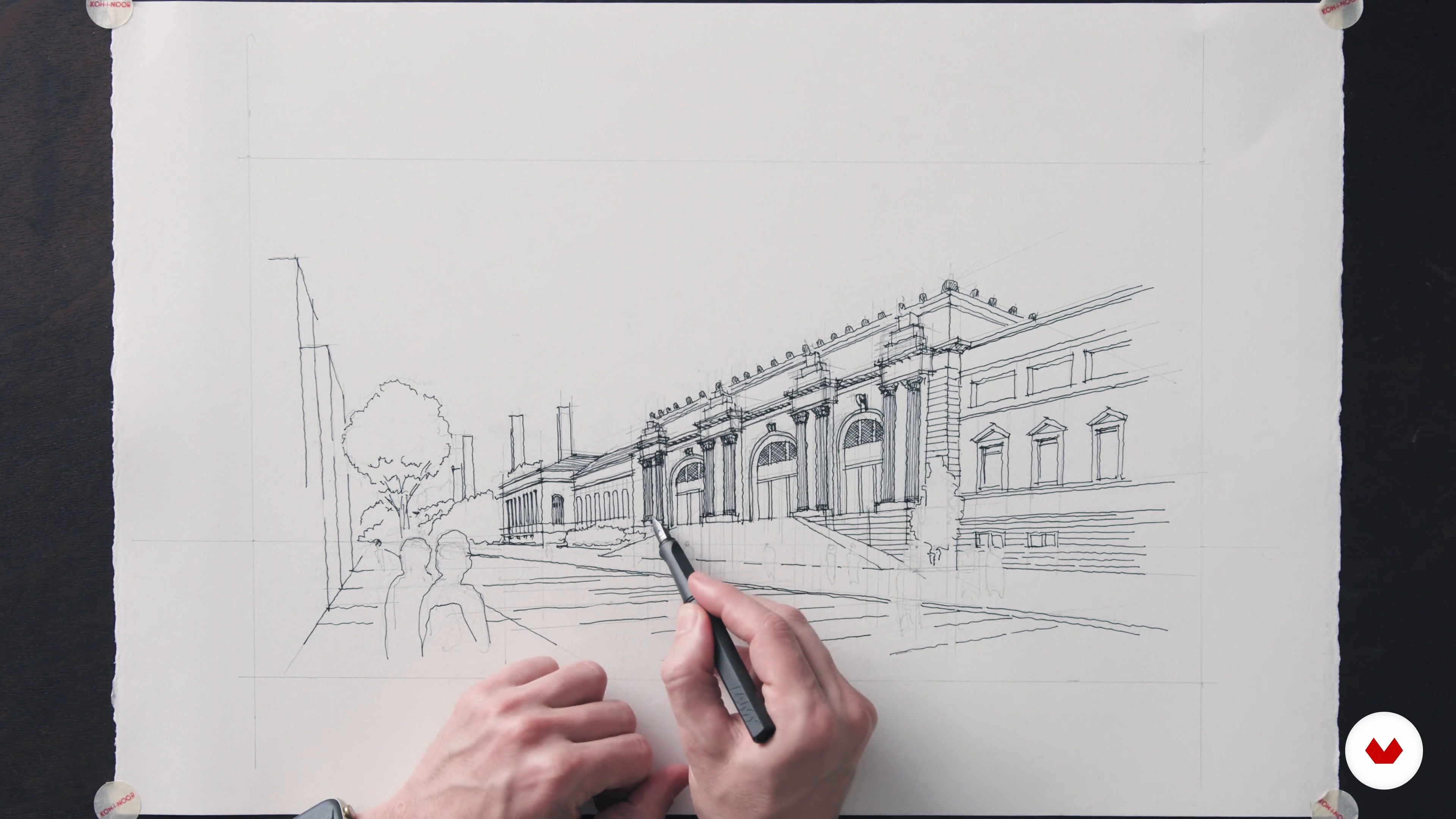
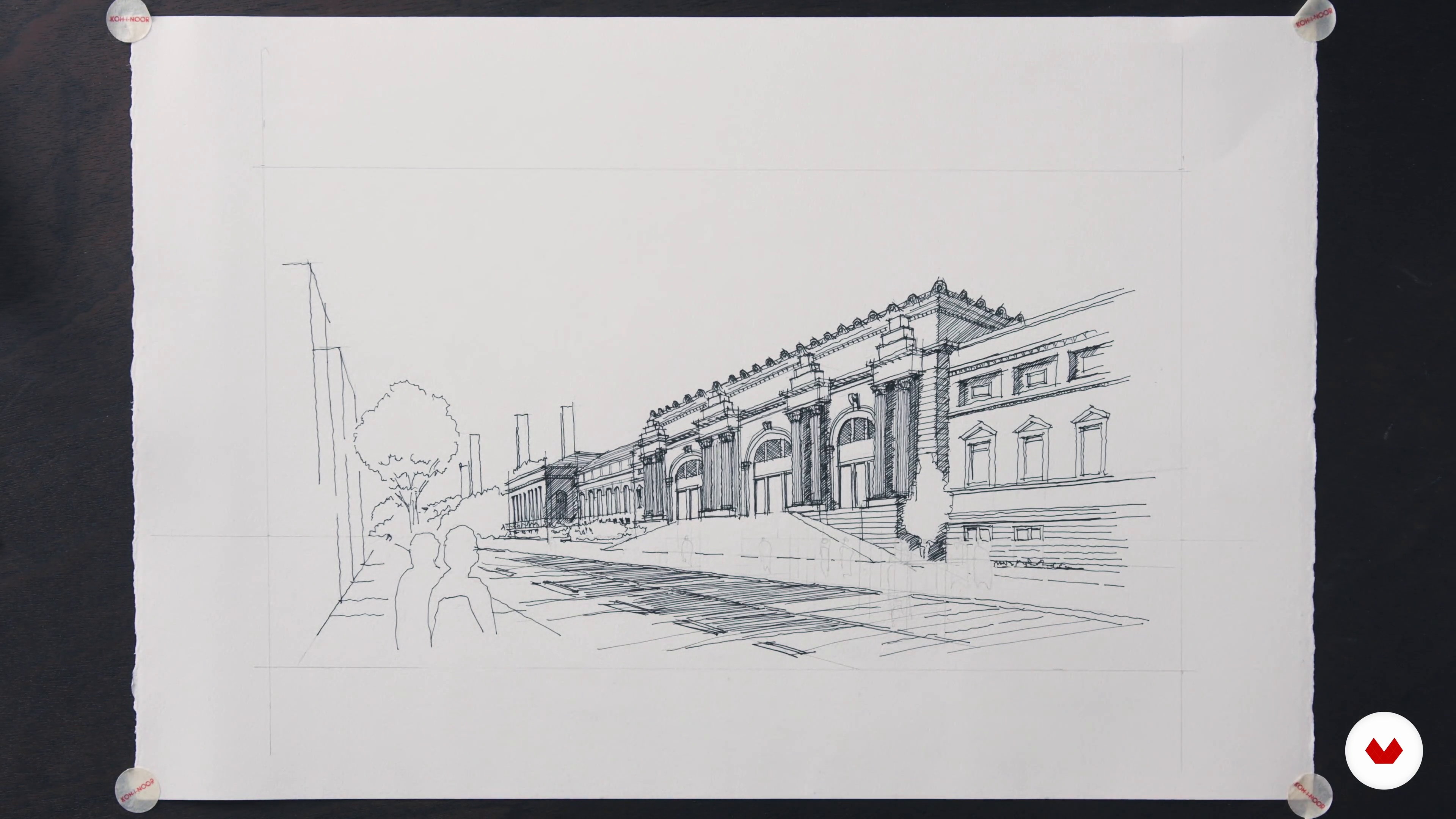
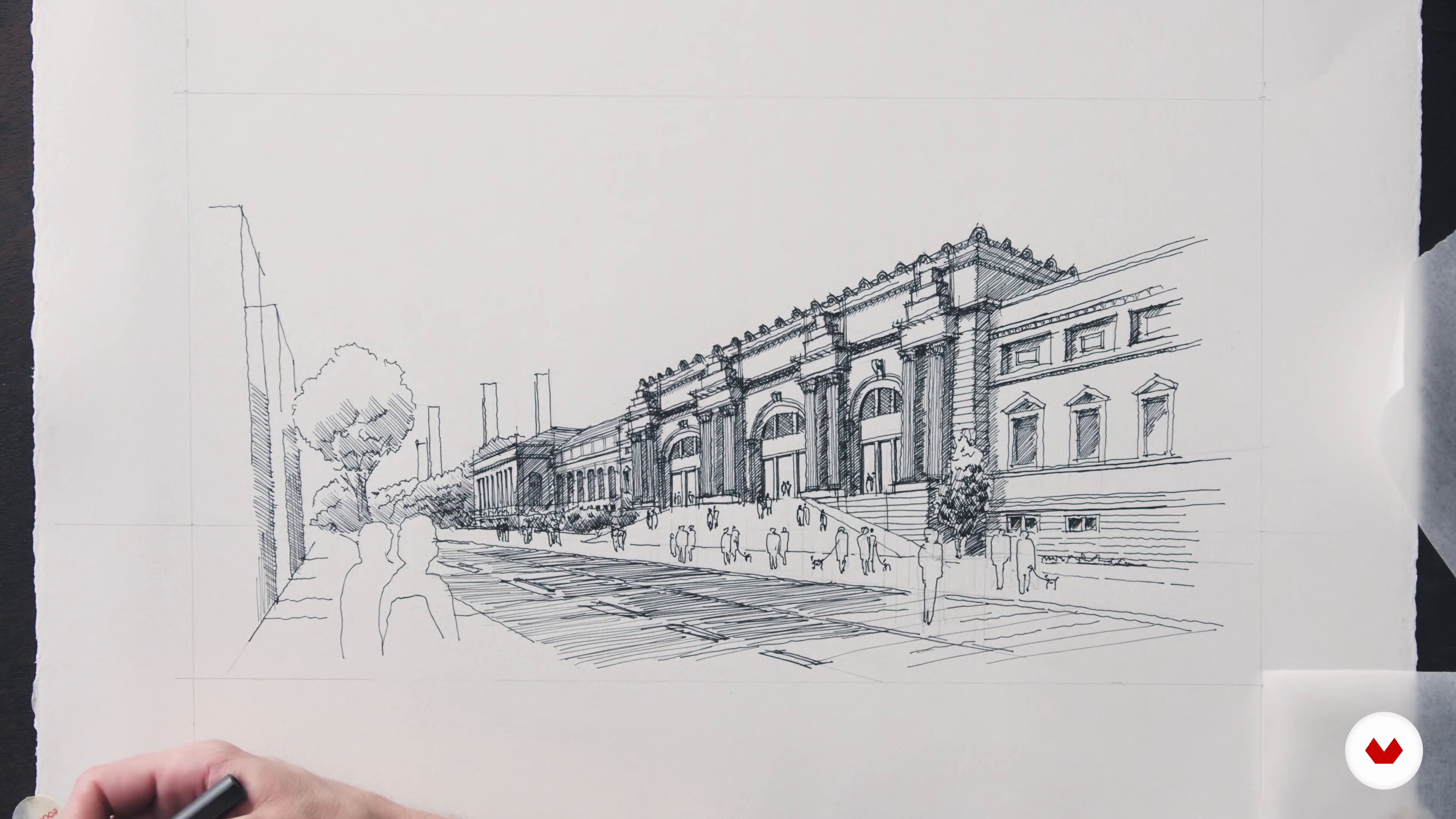
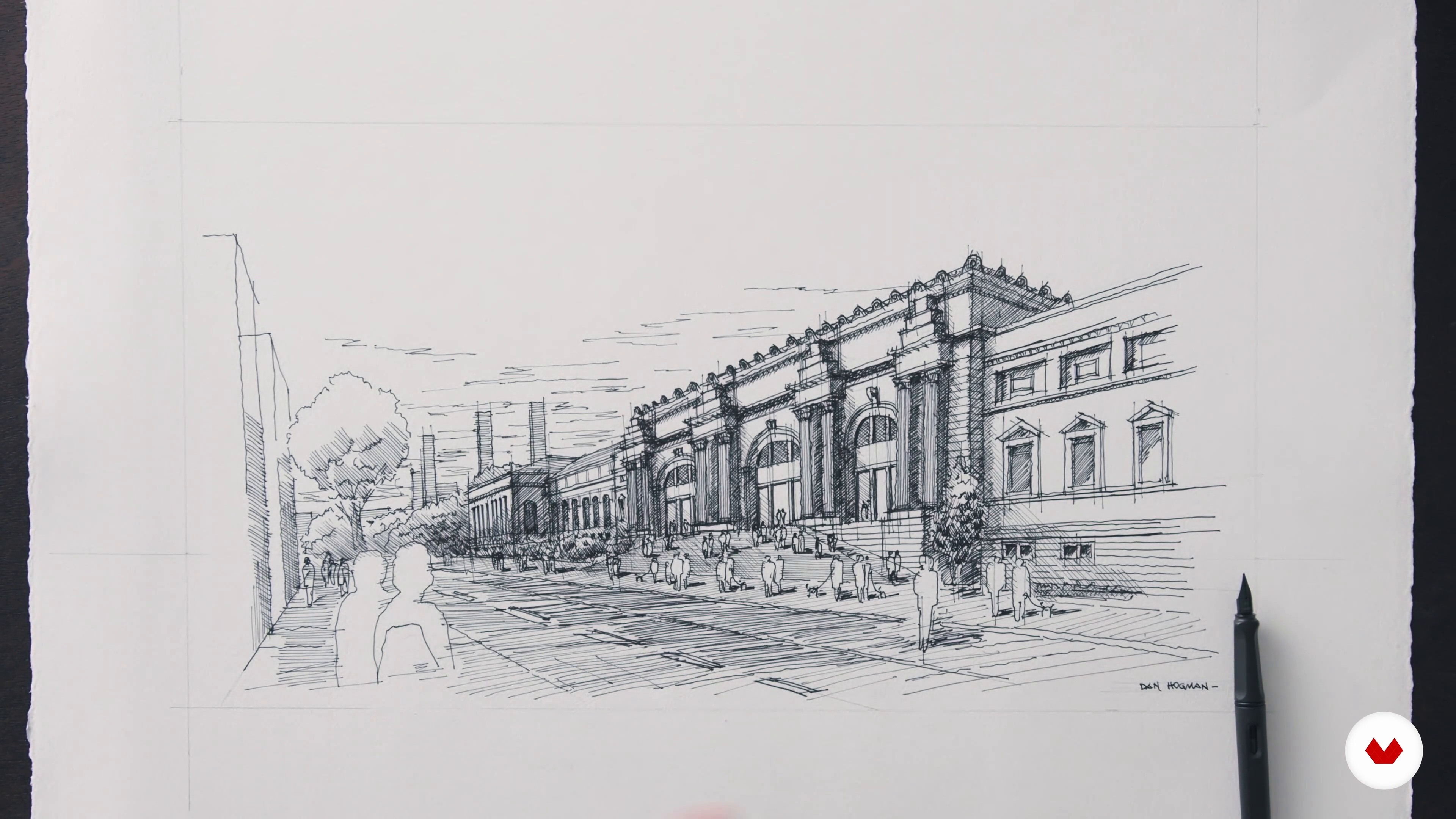
- 100% positive reviews (4)
- 602 students
- 85 lessons (16h 18m)
- 78 additional resources (32 files)
- Online and at your own pace
- Audio: English, Spanish
- English · Spanish · Portuguese · German · French · Italian · Polish · Dutch · Turkish
- Level: Beginner
- Unlimited access forever
What is this course's project?
Create a wildlife-inspired illustration using various dip pen and ink drawing techniques. Capture the essence of nature through traditional inking methods, focusing on sounds, smells, shapes, and textures to produce an evocative depiction of the natural world.
Who is this specialization for?
Artists and illustrators eager to explore diverse ink techniques will find these courses ideal. From nature enthusiasts to architecture aficionados, those passionate about capturing the world through detailed and imaginative illustrations will benefit from this creative journey.
Requirements and materials
No extensive prior knowledge needed. Basic necessities include access to a dip pen, ink, and paper. An eagerness to explore various techniques, a willingness to experiment with styles, and a passion for creativity will enrich the learning experience.

Reviews
What to expect from this specialization course
-
Learn at your own pace
Enjoy learning from home without a set schedule and with an easy-to-follow method. You set your own pace.
-
Learn from the best professionals
Learn valuable methods and techniques explained by top experts in the creative sector.
-
Meet expert teachers
Each expert teaches what they do best, with clear guidelines, true passion, and professional insight in every lesson.
-
Certificates
PlusIf you're a Plus member, get a custom certificate for every specialization course. Share it on your portfolio, social media, or wherever you like.
-
Get front-row seats
Videos of the highest quality, so you don't miss a single detail. With unlimited access, you can watch them as many times as you need to perfect your technique.
-
Share knowledge and ideas
Ask questions, request feedback, or offer solutions. Share your learning experience with other students in the community who are as passionate about creativity as you are.
-
Connect with a global creative community
The community is home to millions of people from around the world who are curious and passionate about exploring and expressing their creativity.
-
Watch professionally produced courses
Domestika curates its teacher roster and produces every course in-house to ensure a high-quality online learning experience.
FAQs
What are Domestika's online courses?
Domestika courses are online classes that allow you to learn new skills and create incredible projects. All our courses include the opportunity to share your work with other students and/or teachers, creating an active learning community. We offer different formats:
Original Courses: Complete classes that combine videos, texts, and educational materials to complete a specific project from start to finish.
Basics Courses: Specialized training where you master specific software tools step by step.
Specialization Courses: Learning paths with various expert teachers on the same topic, perfect for becoming a specialist by learning from different approaches.
Guided Courses: Practical experiences ideal for directly acquiring specific skills.
Intensive Courses (Deep Dives): New creative processes based on artificial intelligence tools in an accessible format for in-depth and dynamic understanding.
When do the specialization courses start and when do they finish?
All specialization courses are 100% online, so once they're published, specialization courses start and finish whenever you want. You set the pace of the class. You can go back to review what interests you most and skip what you already know, ask questions, answer questions, share your projects, and more.
What do Domestika's specialization courses include?
The specialization courses are divided into different modules. Each one includes lessons, informational text, tasks, and practice exercises to help you carry out your project step by step, with additional complementary resources and downloads. You'll also have access to an exclusive forum where you can interact with other students, as well as share your work and your final project, creating a community around the specialization courses.
Have you been given a specialization courses?
You can redeem the specialization courses you received by accessing the redeeming page and entering your gift code.








J'apprécie énormément toutes les techniques que j'apprends ici. Super cours!
Just started but it looks interesting and varied
This is a great bundle. Learnt so many different styles and technics with ink. Would recommend to anyone at anytime.
Bonjour je suis très satisfaite de ce cours car la progression en petites vidéo d'une dizaine de minutes permet d'avoir le temps d'enregistrer les informations et de travailler quotidiennement, cela semble léger. C'est très pédagogique; Le fait d'avoir plusieurs professeurs est très bien aussi car ils ont des univers différents et des approches différentes même si on est dans un univers différents cela permet de s'ouvrir à une autre vision de la technique.